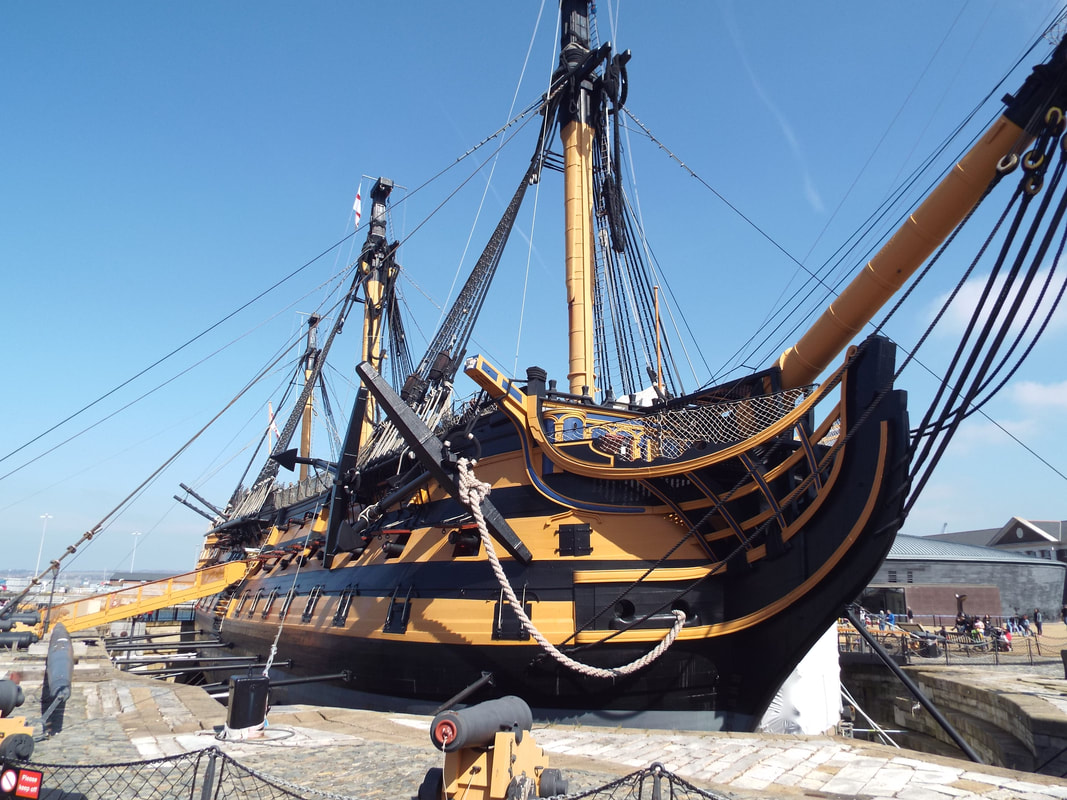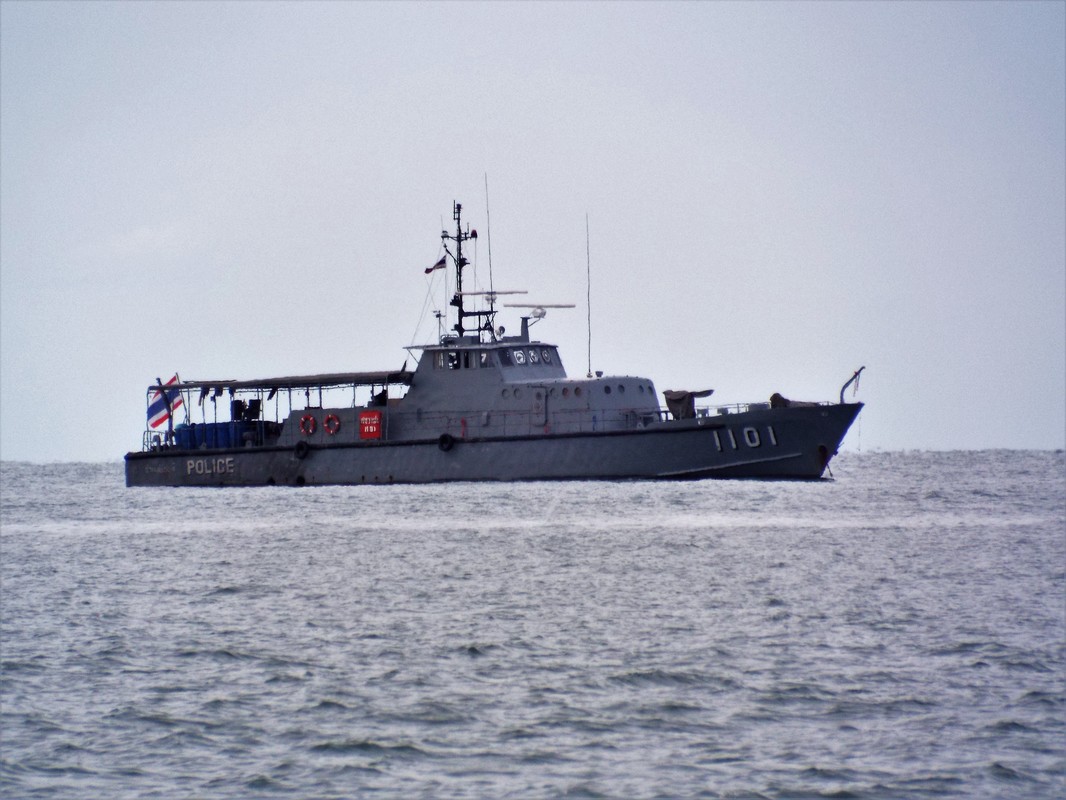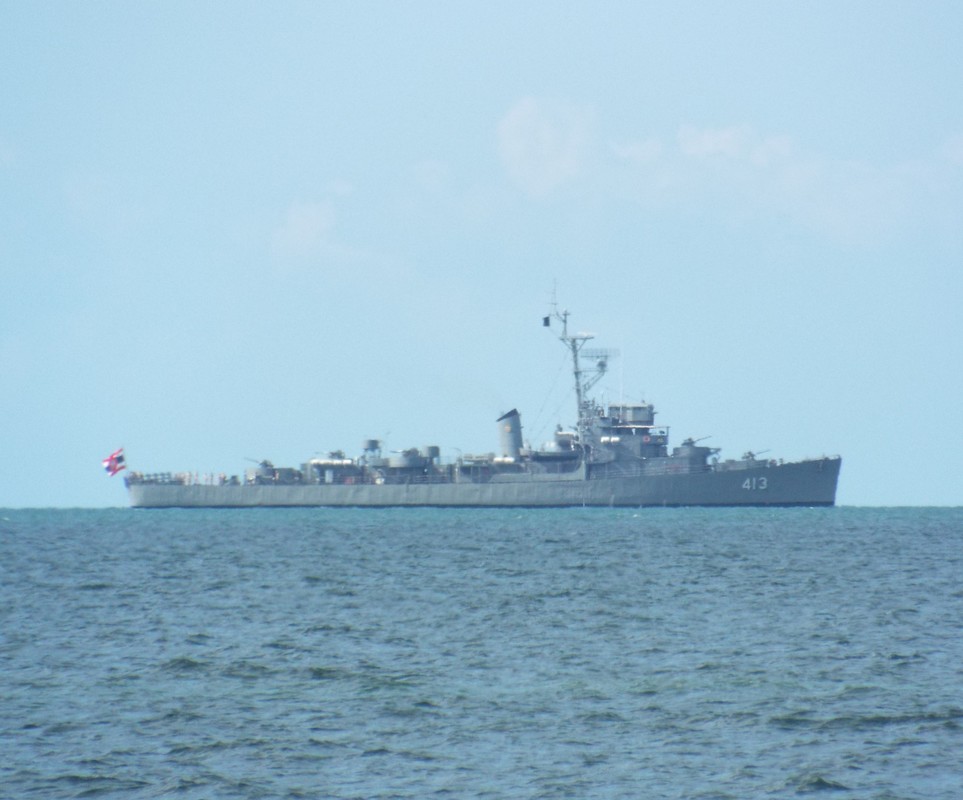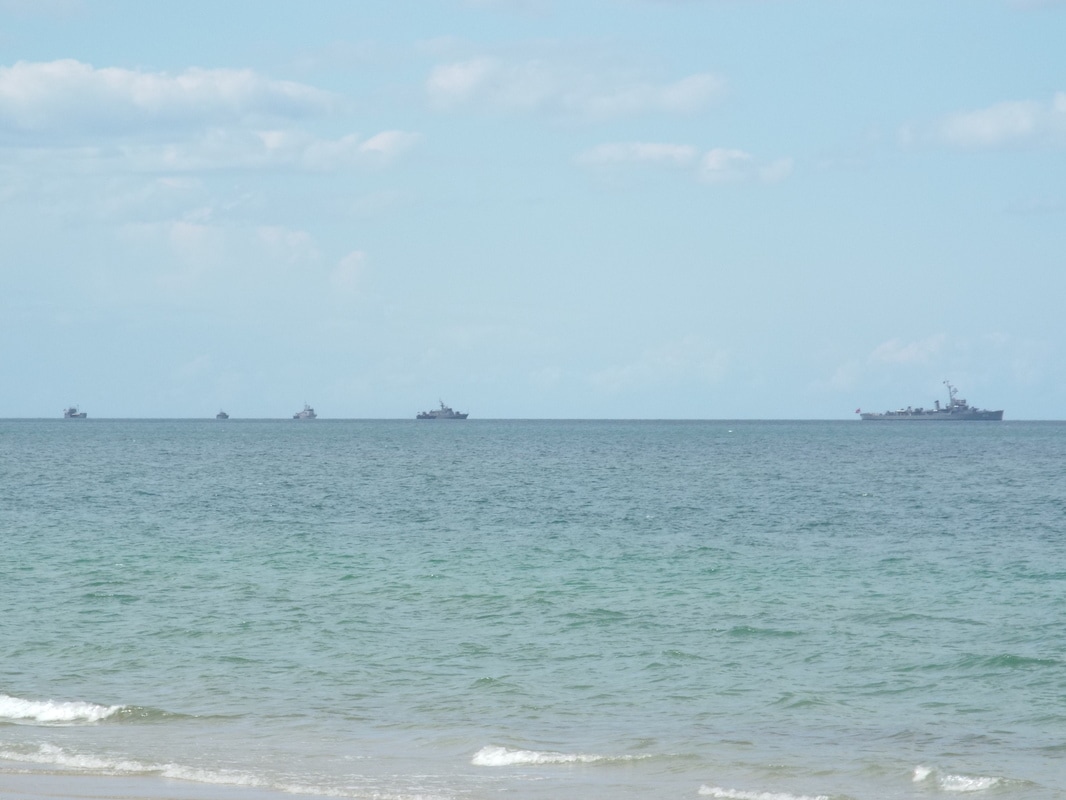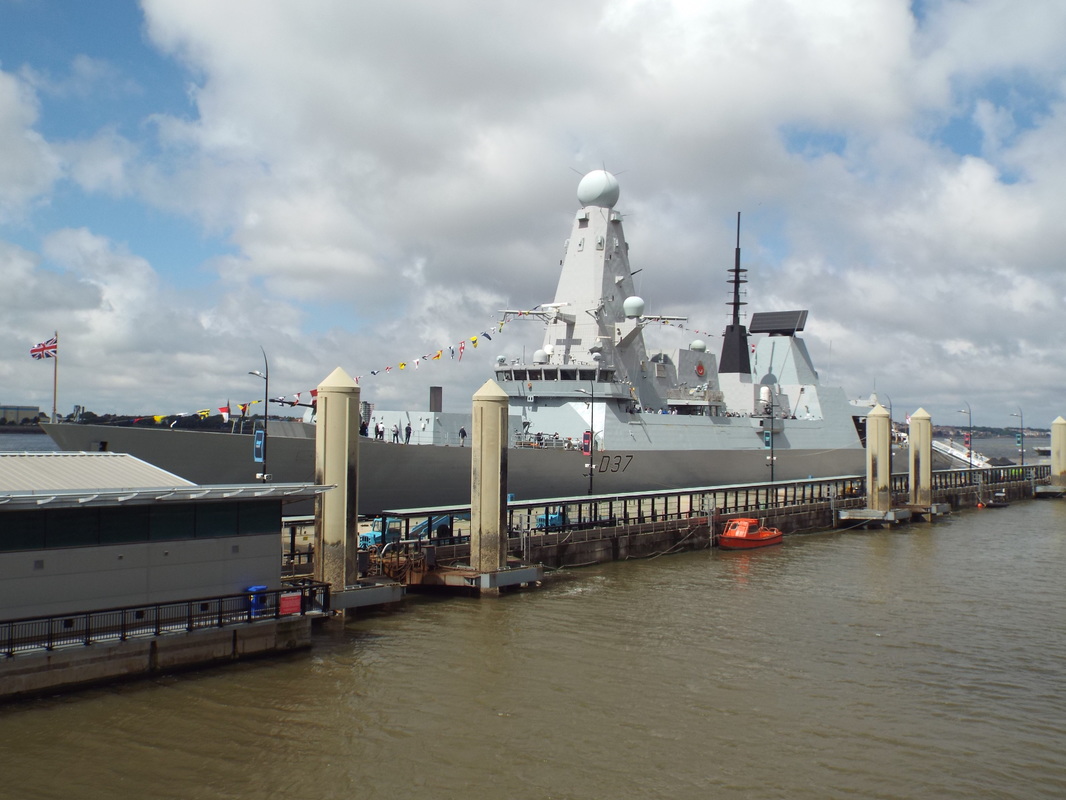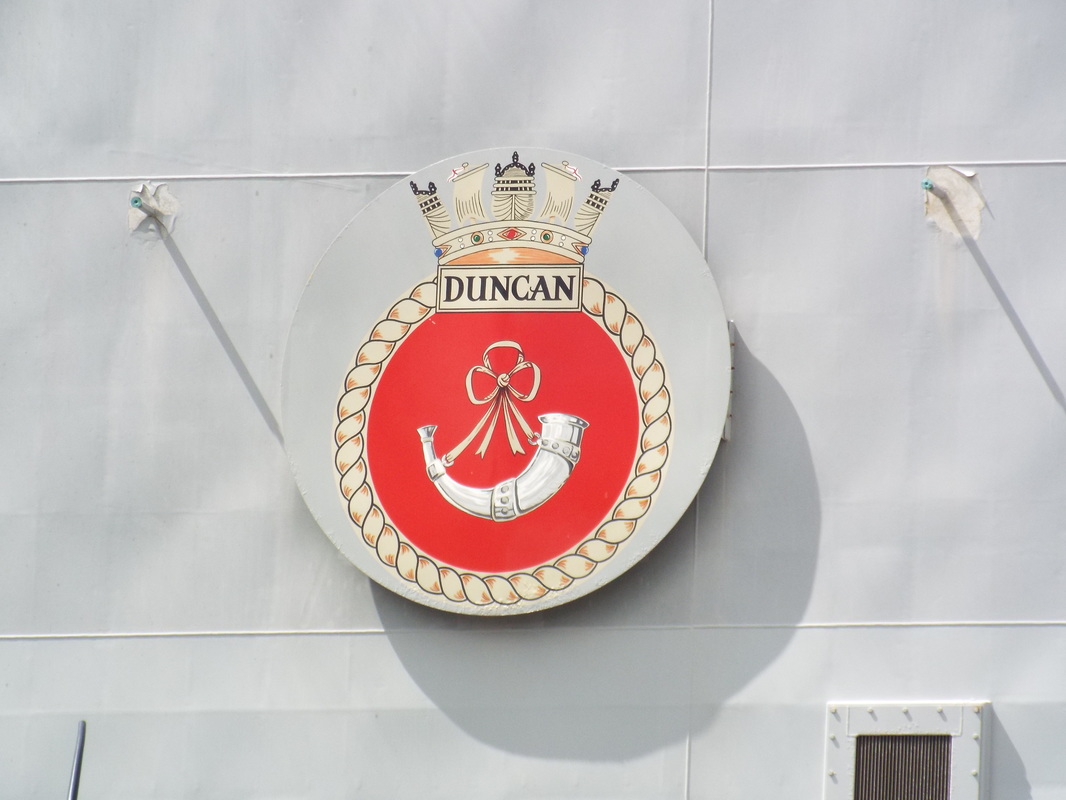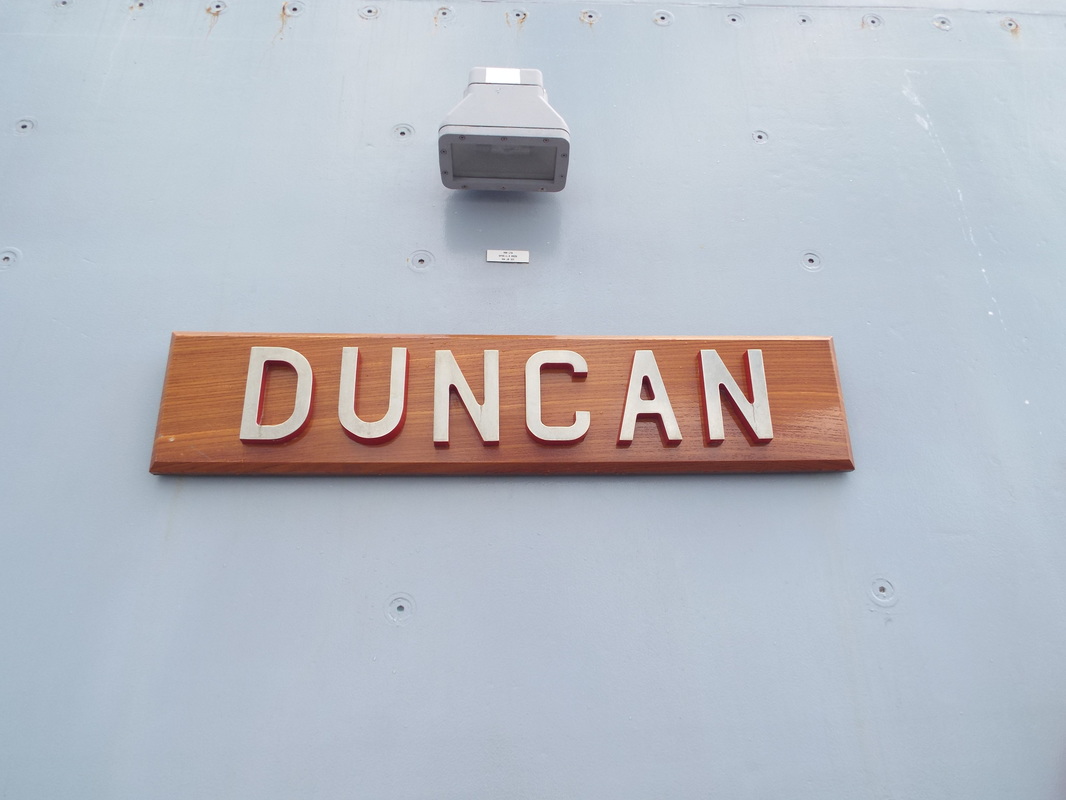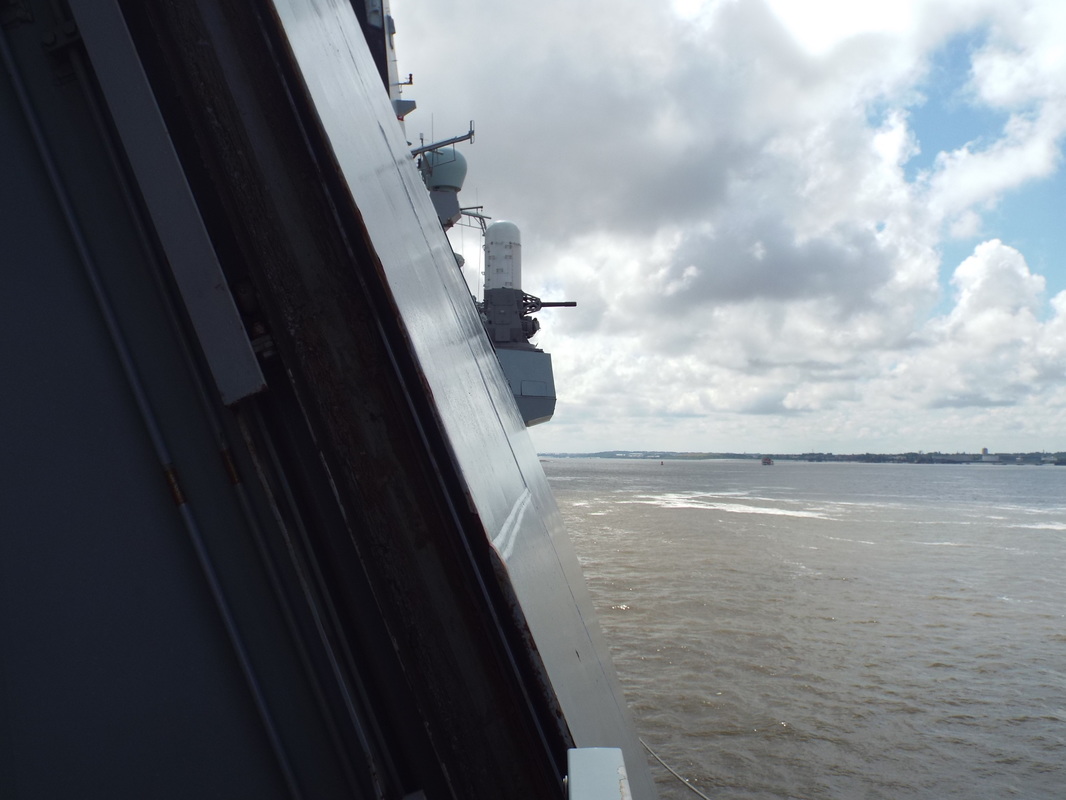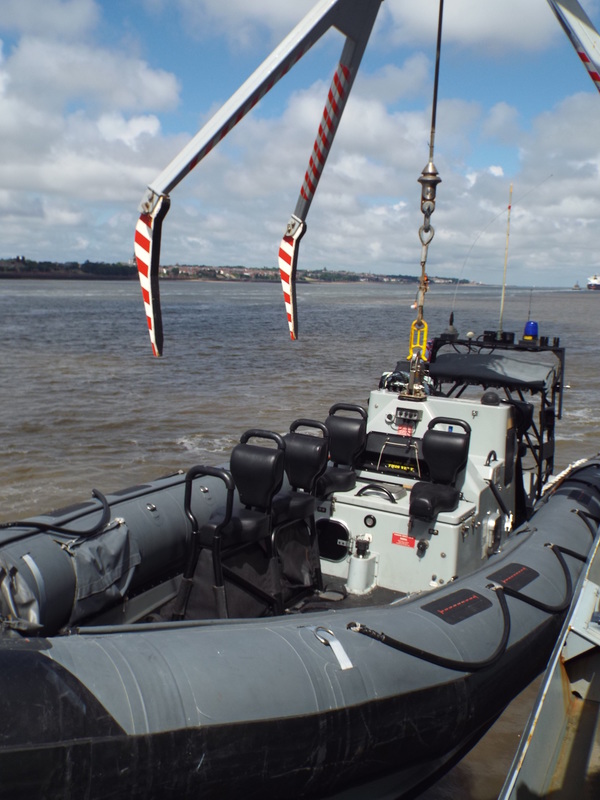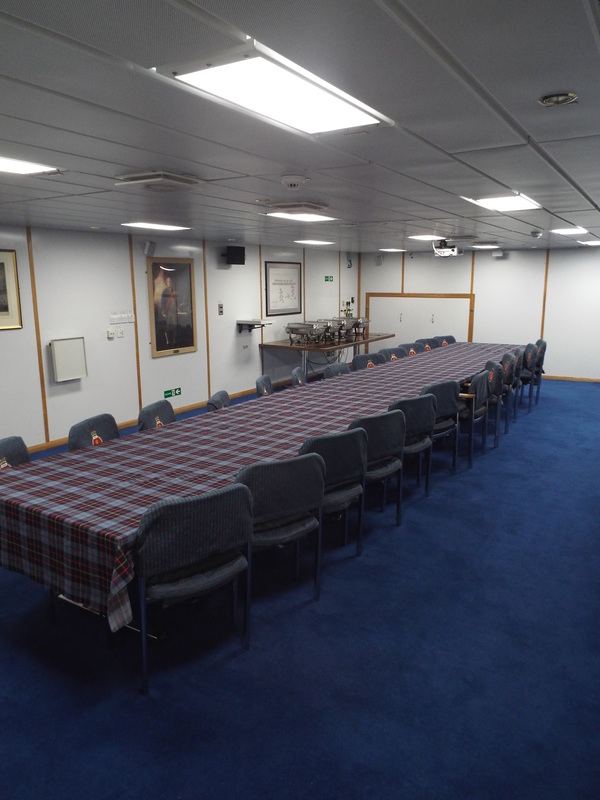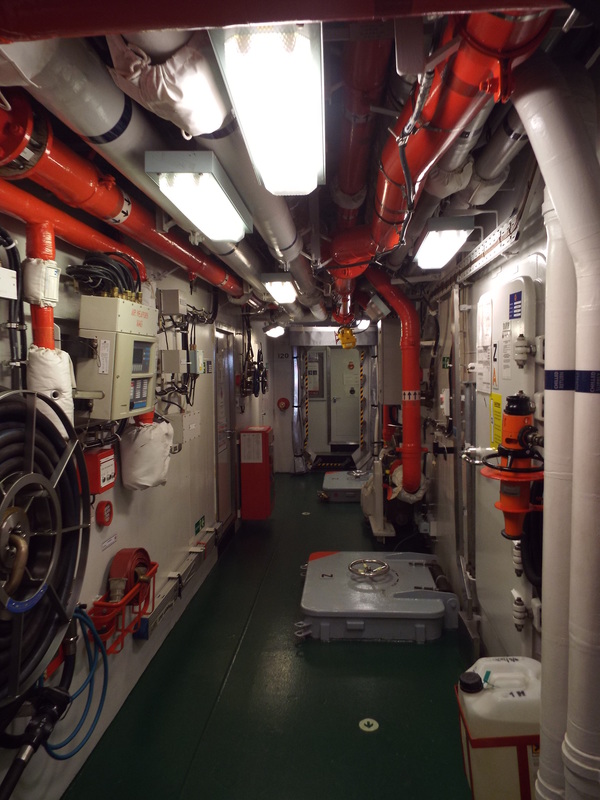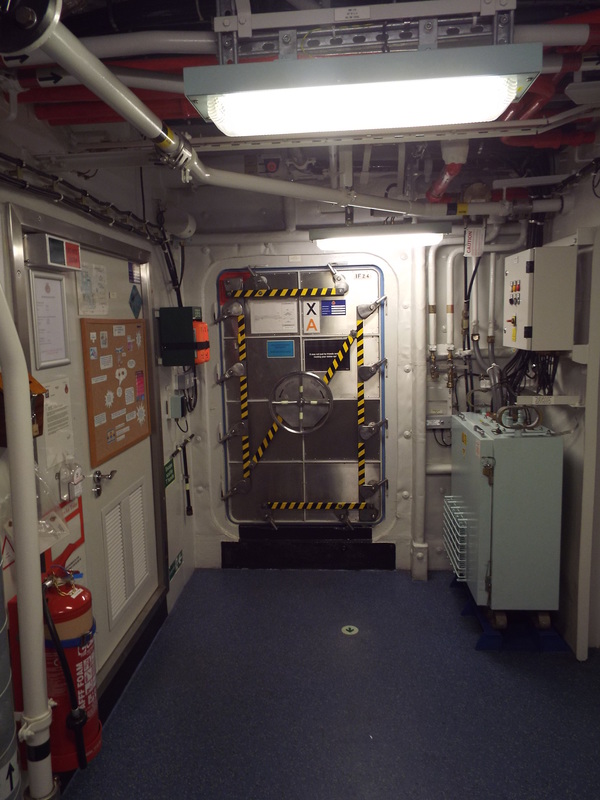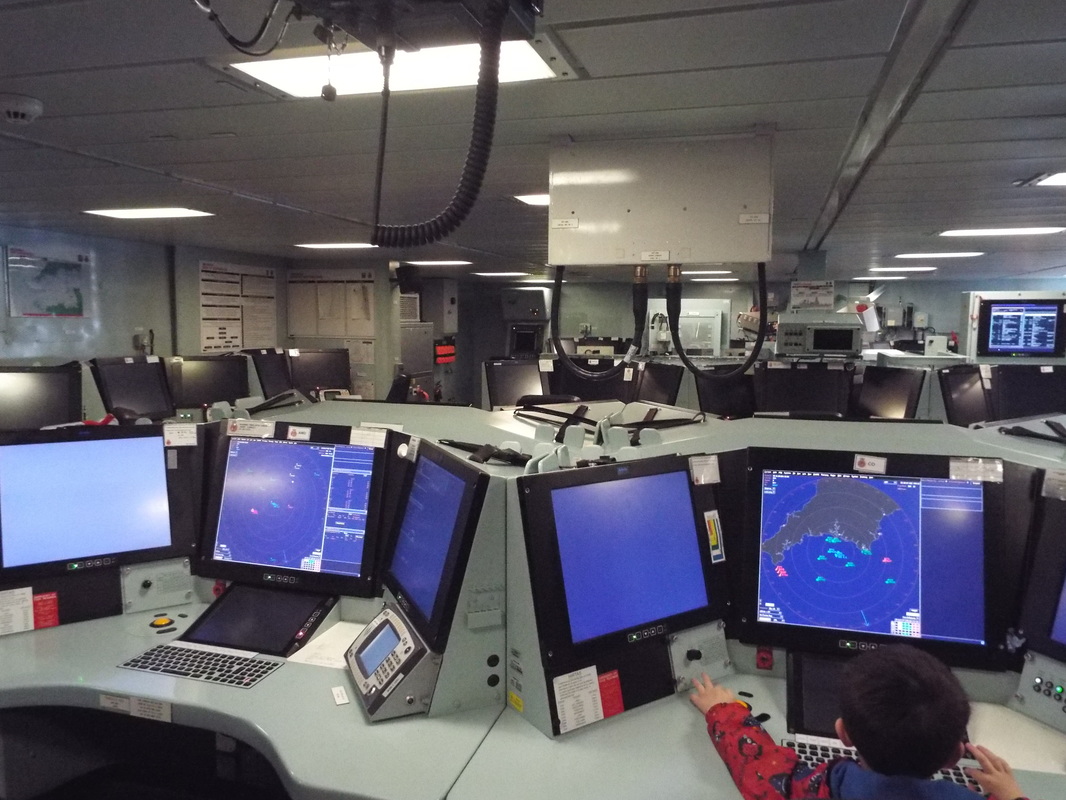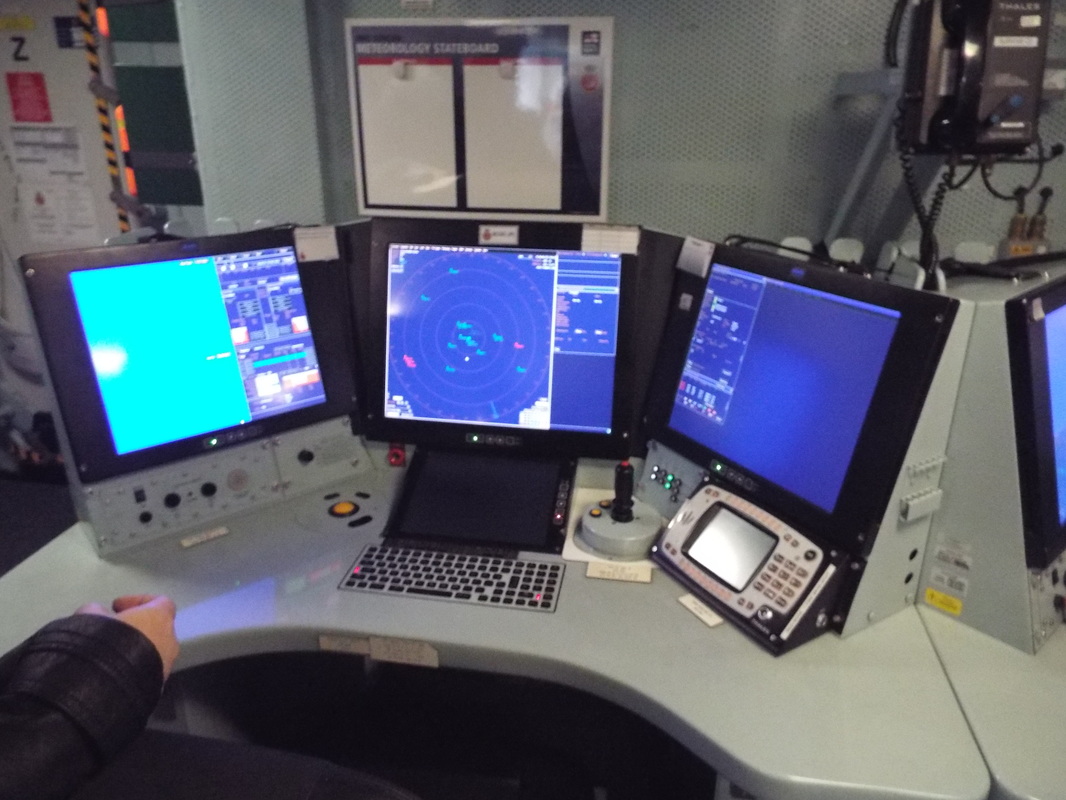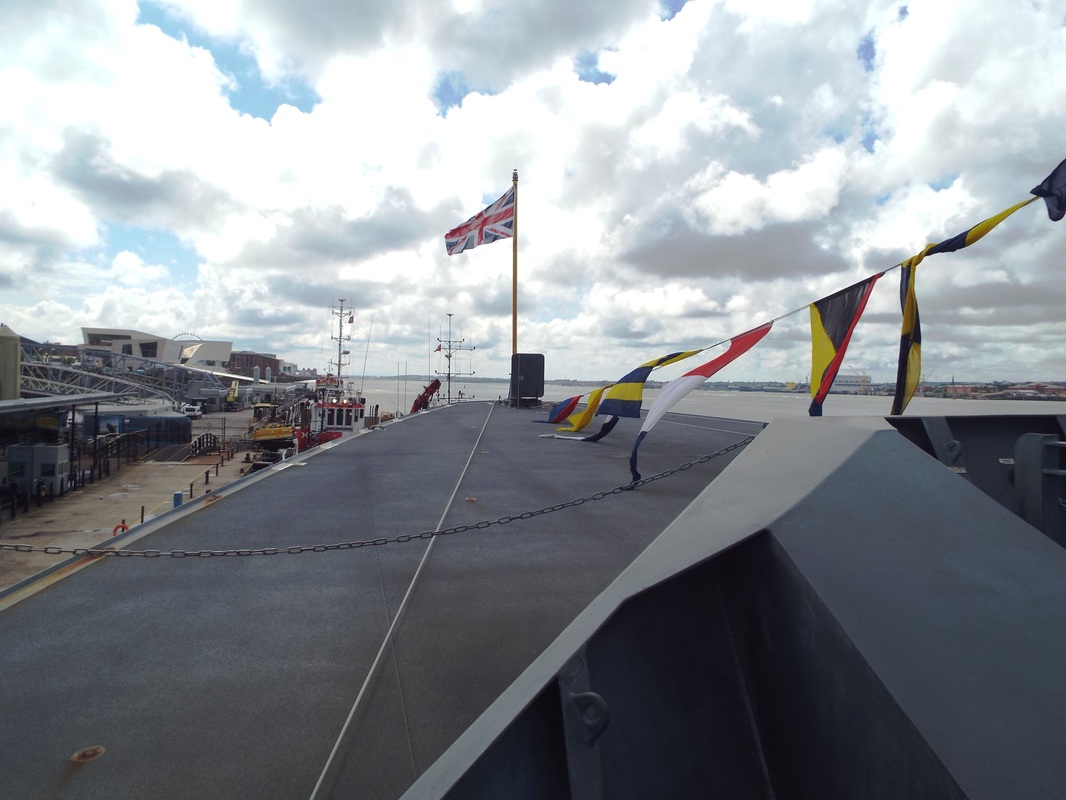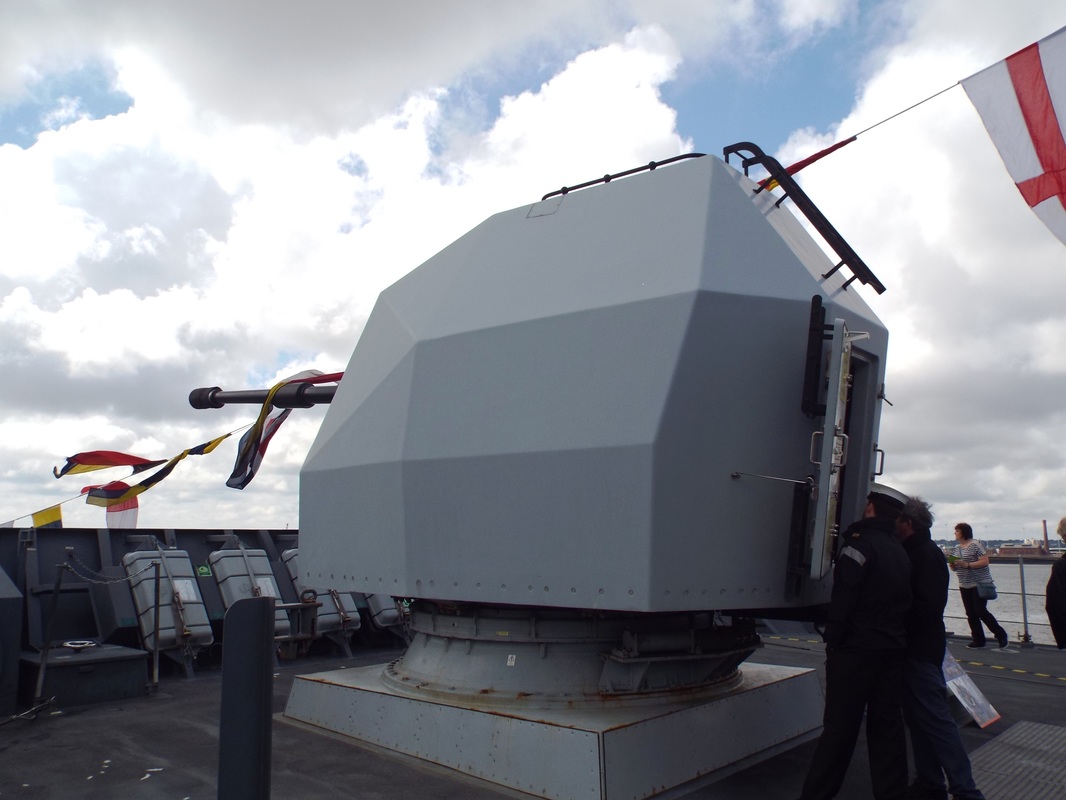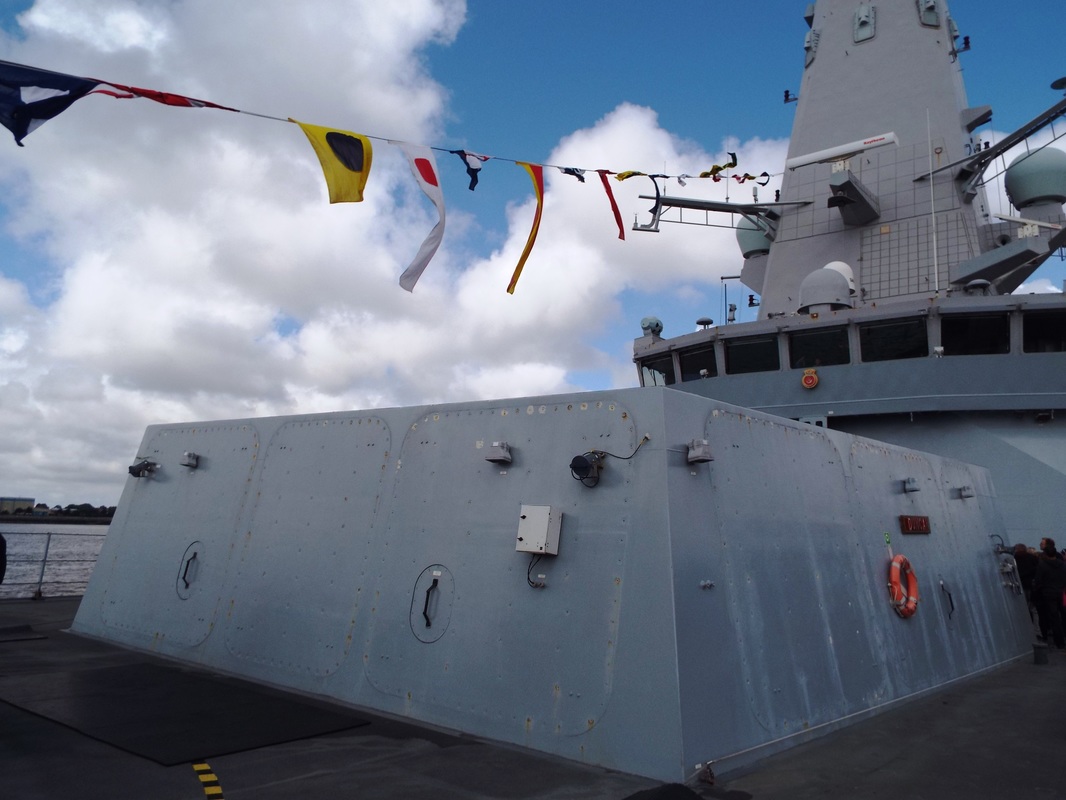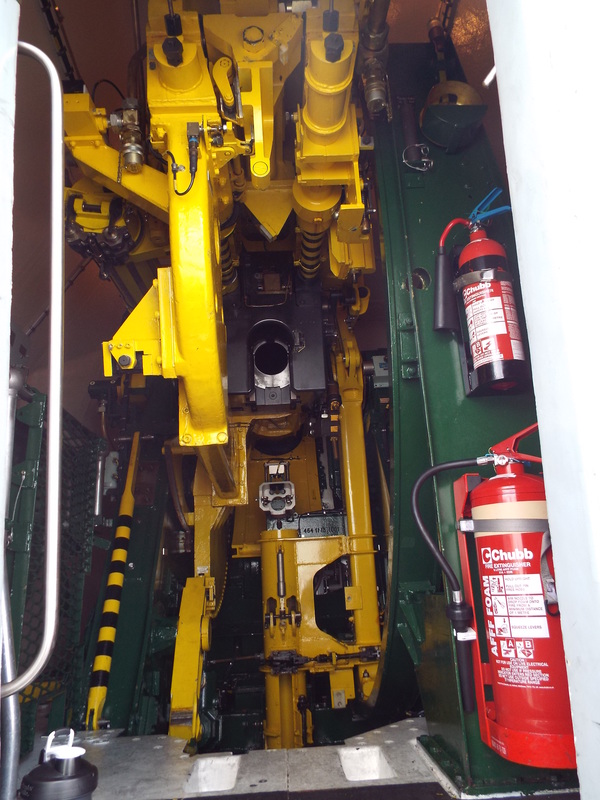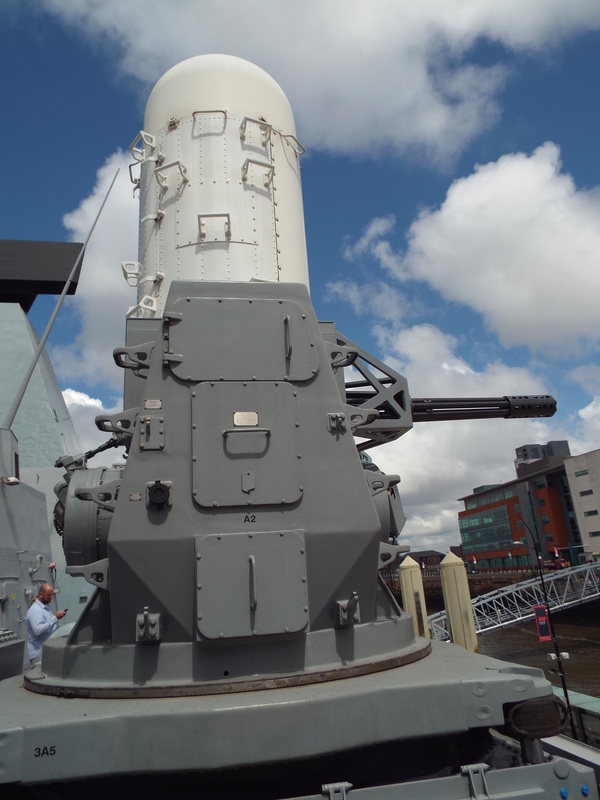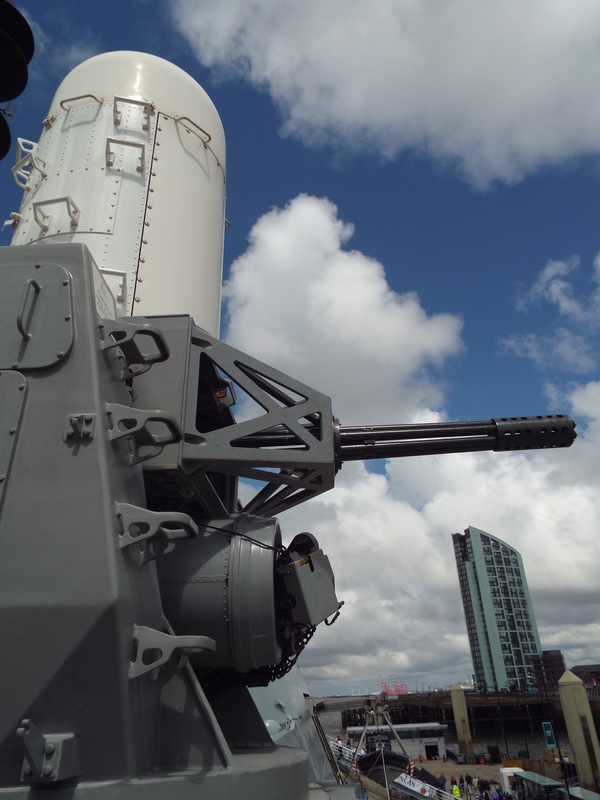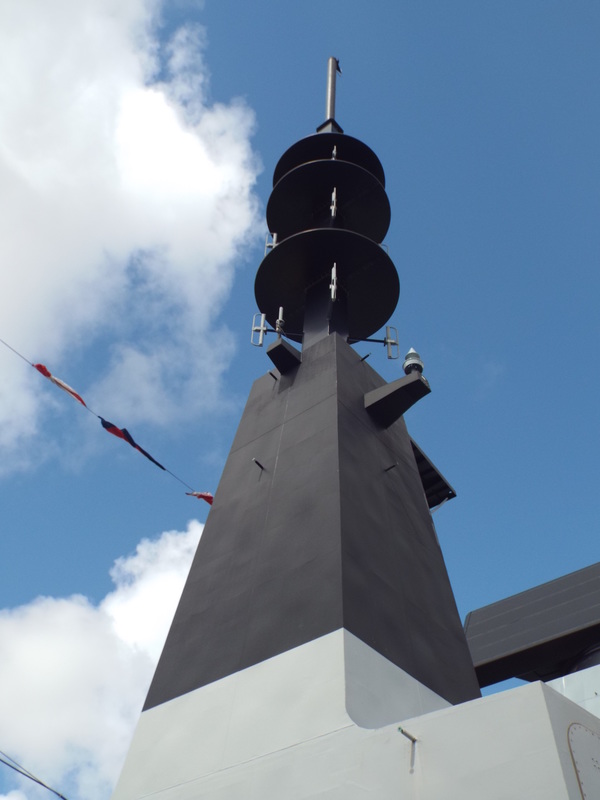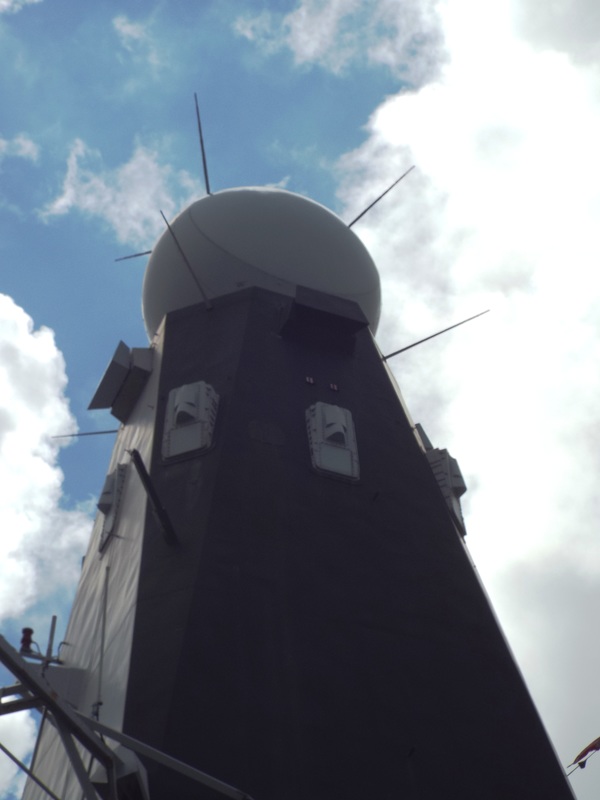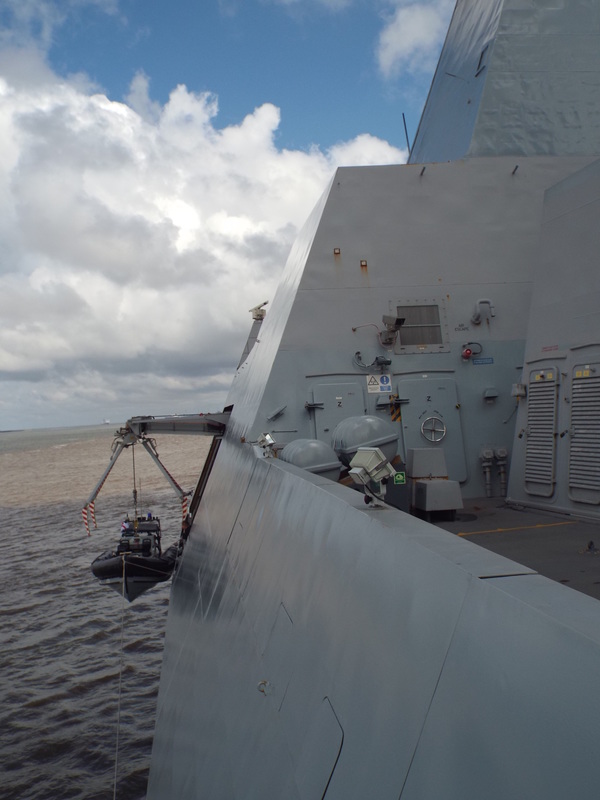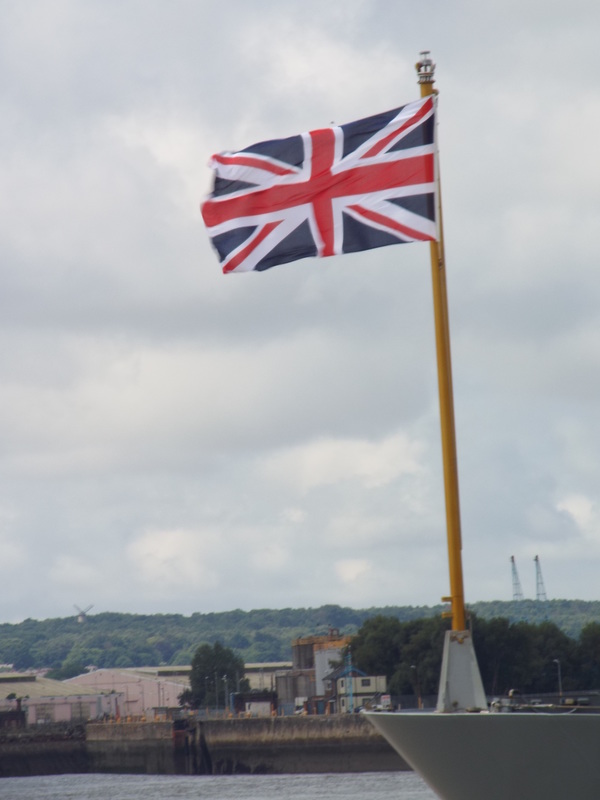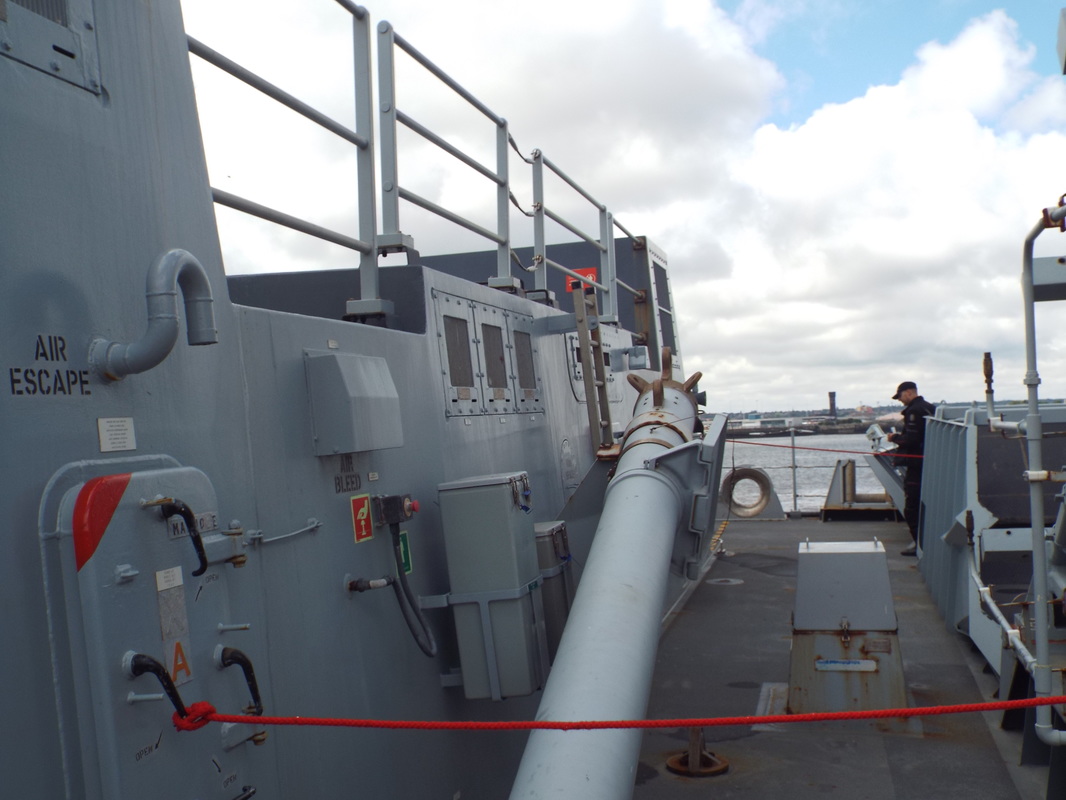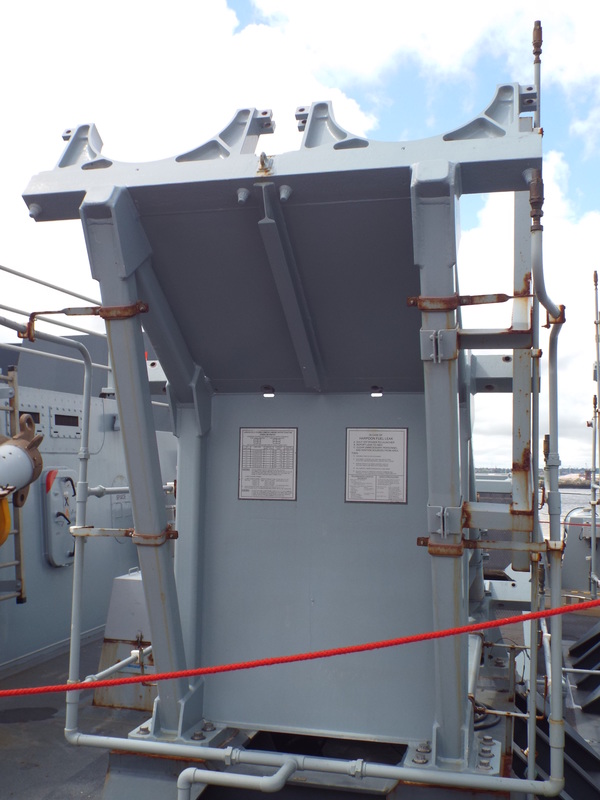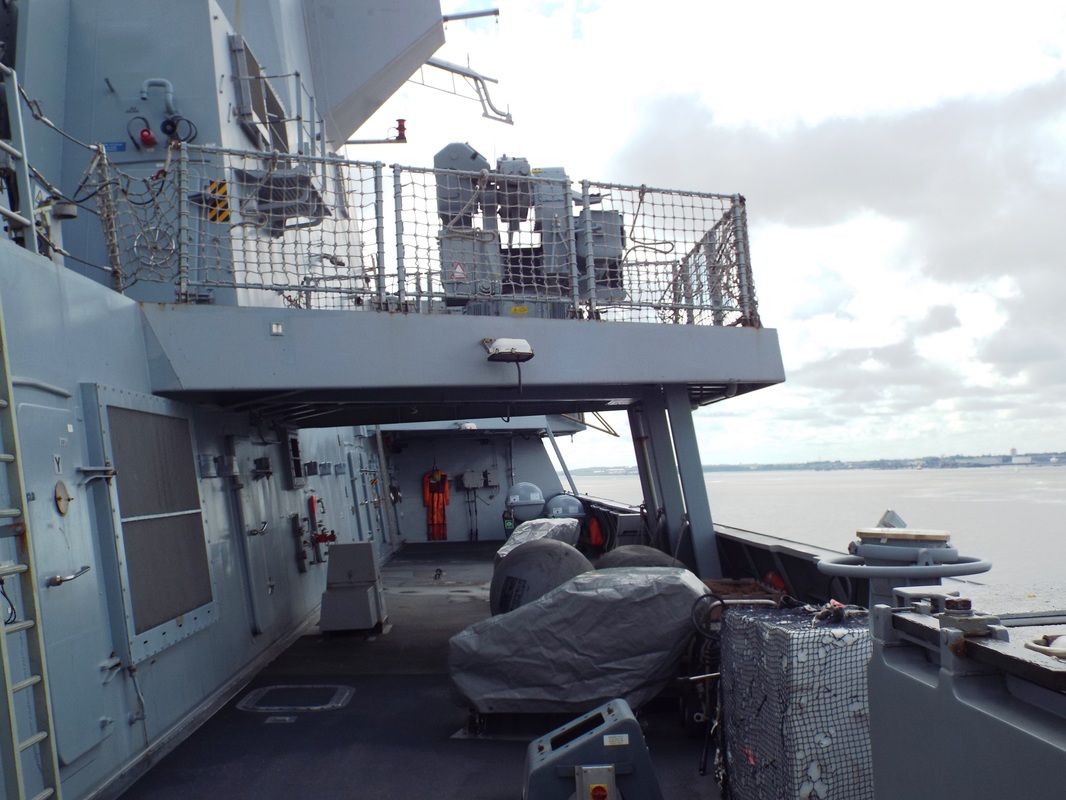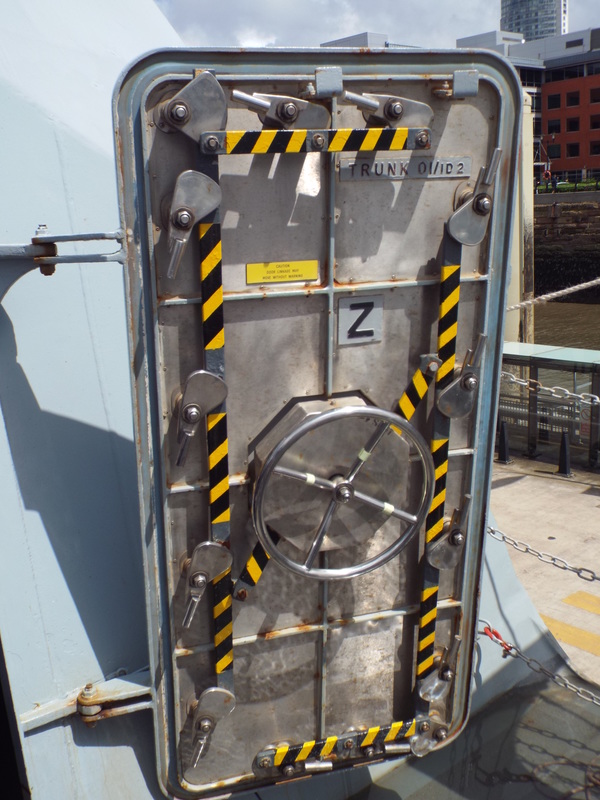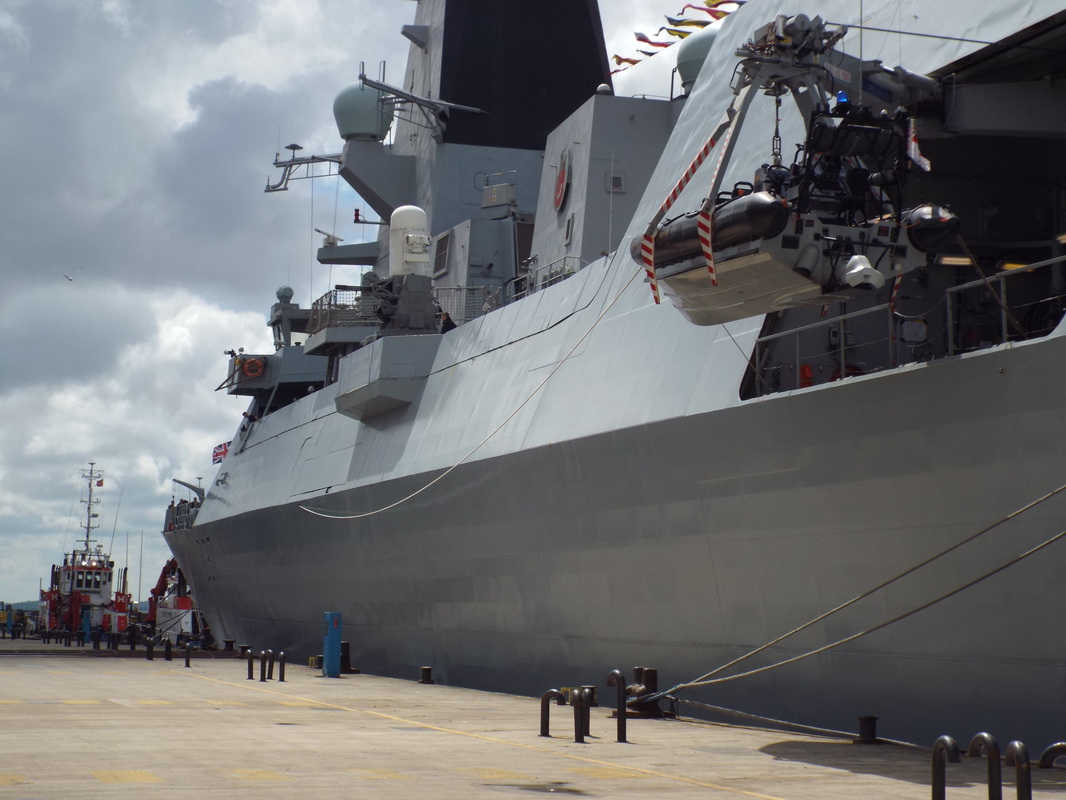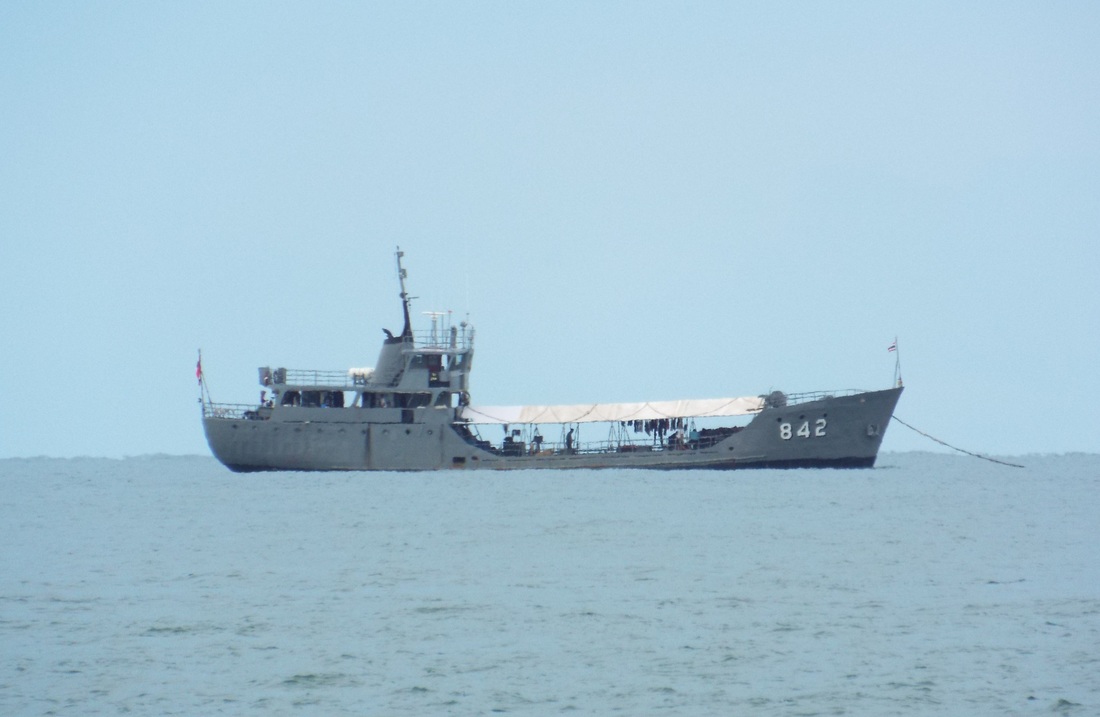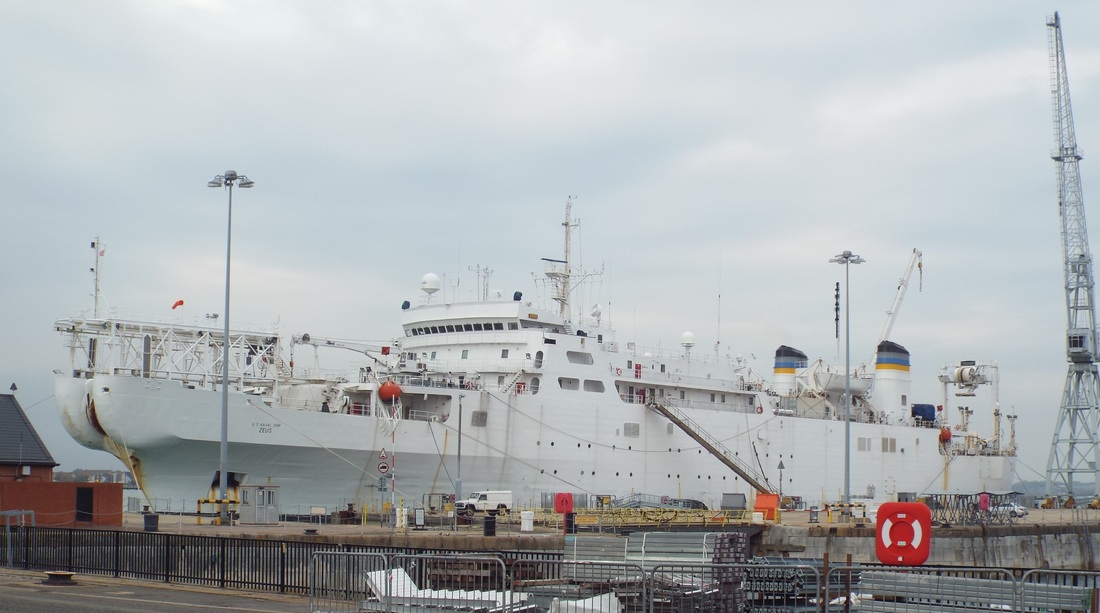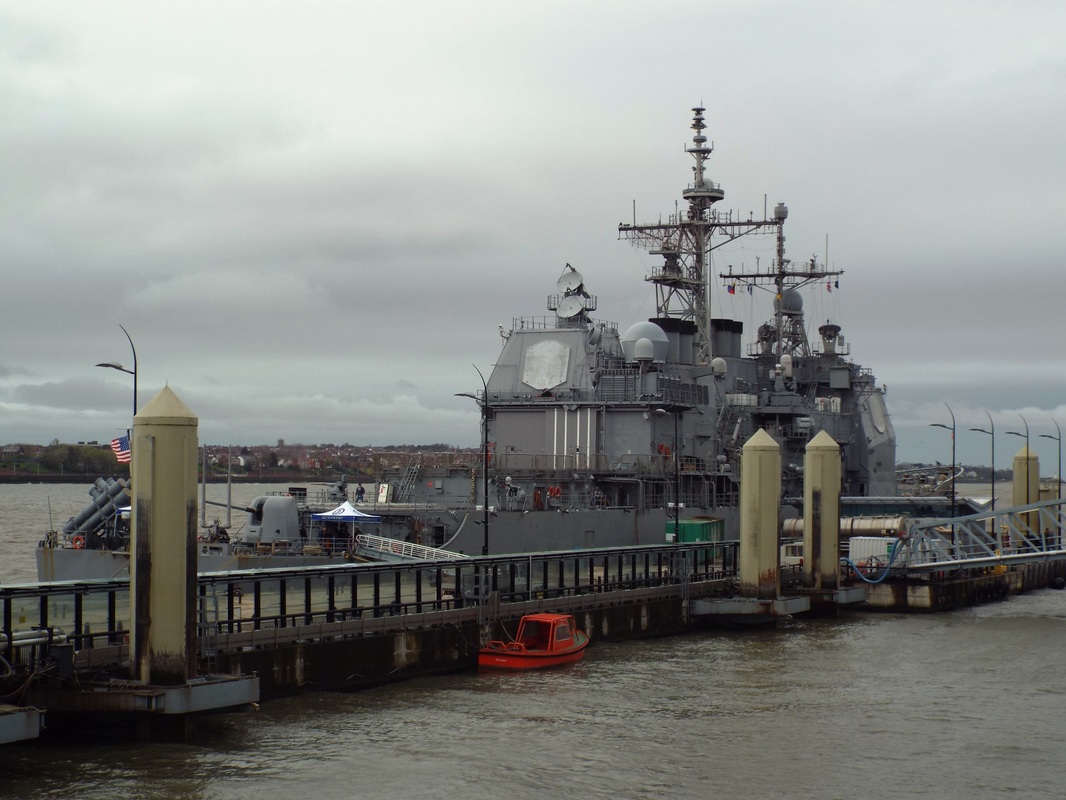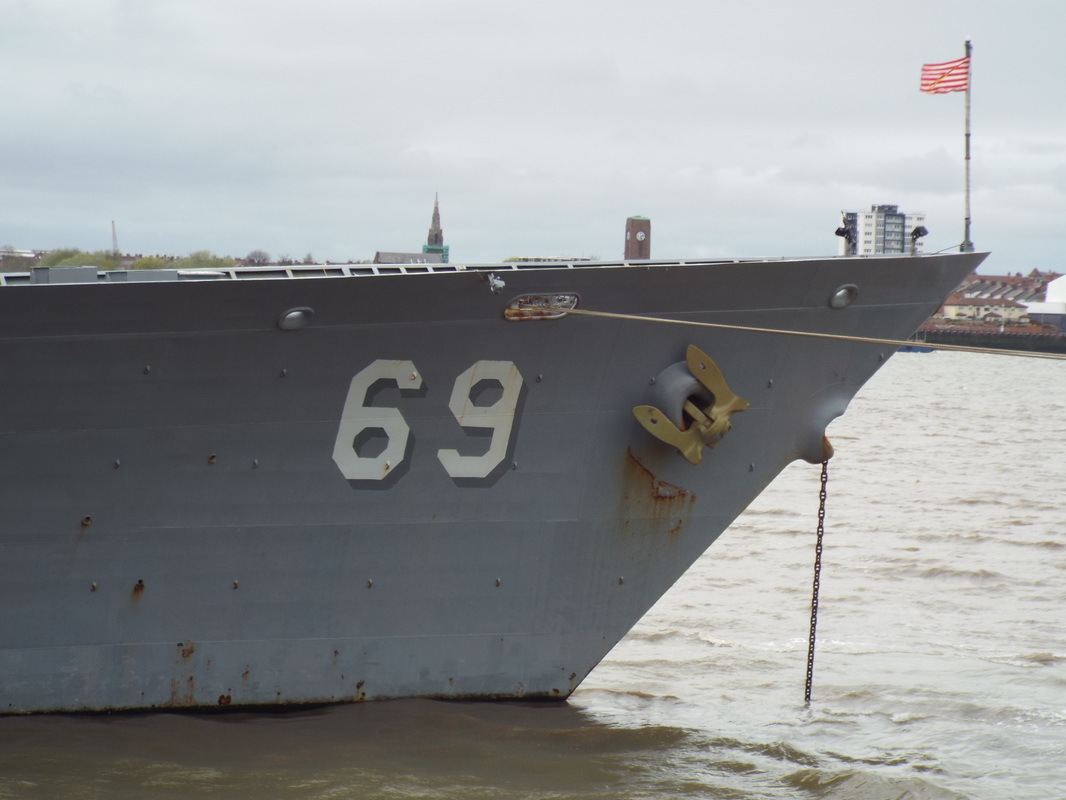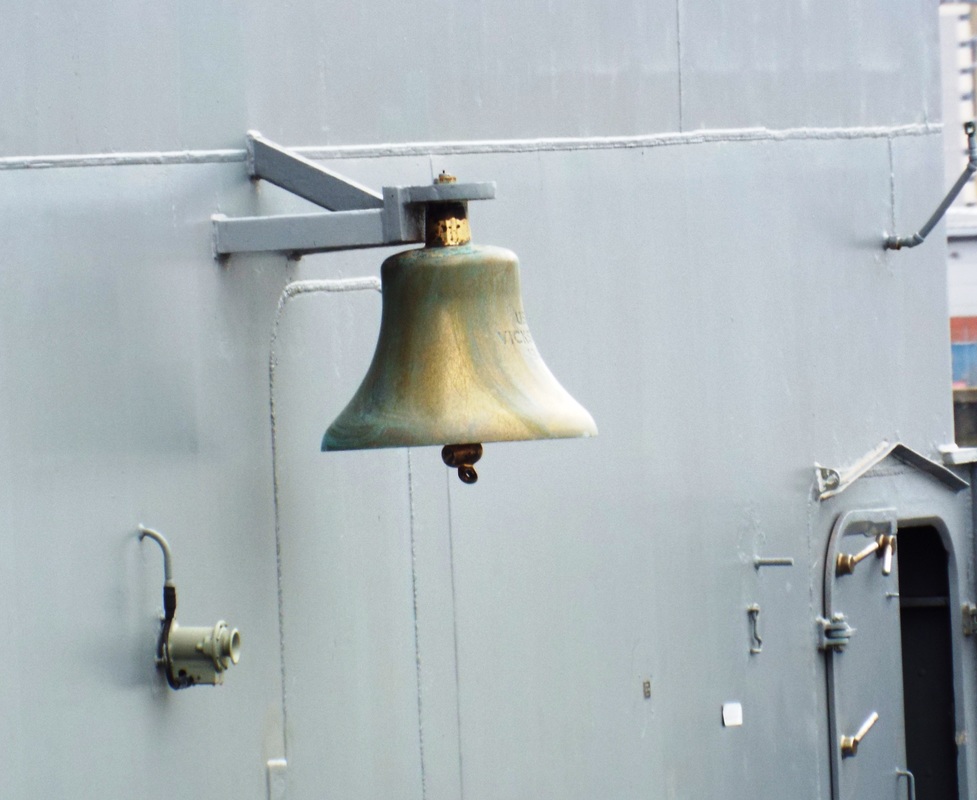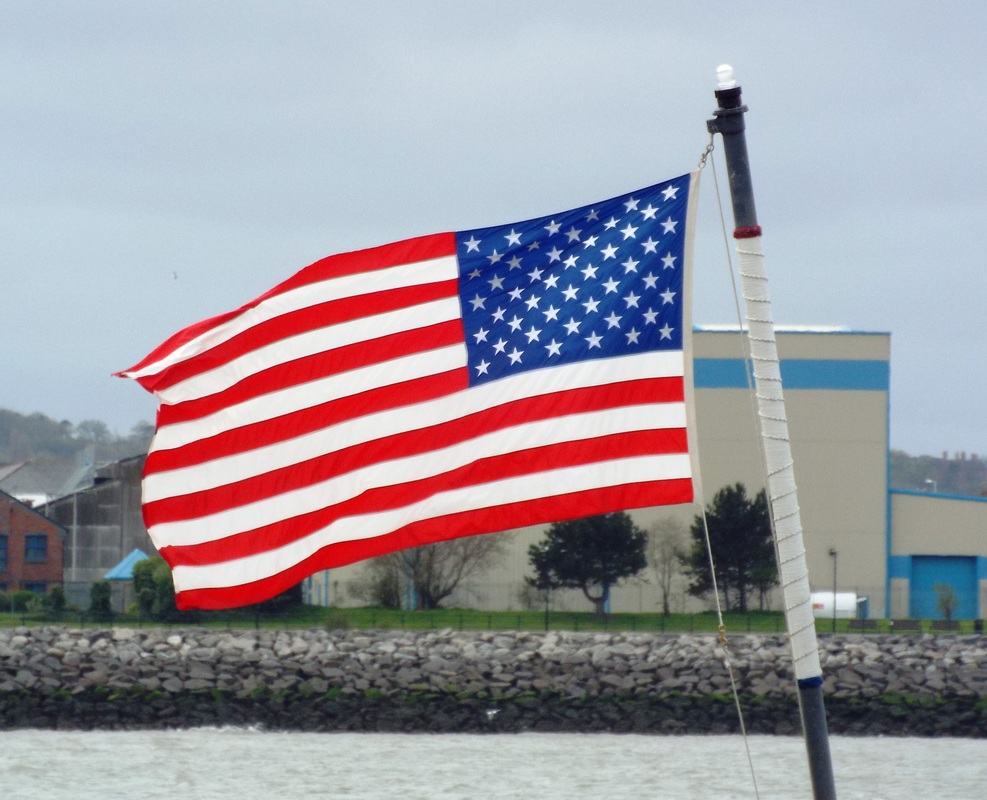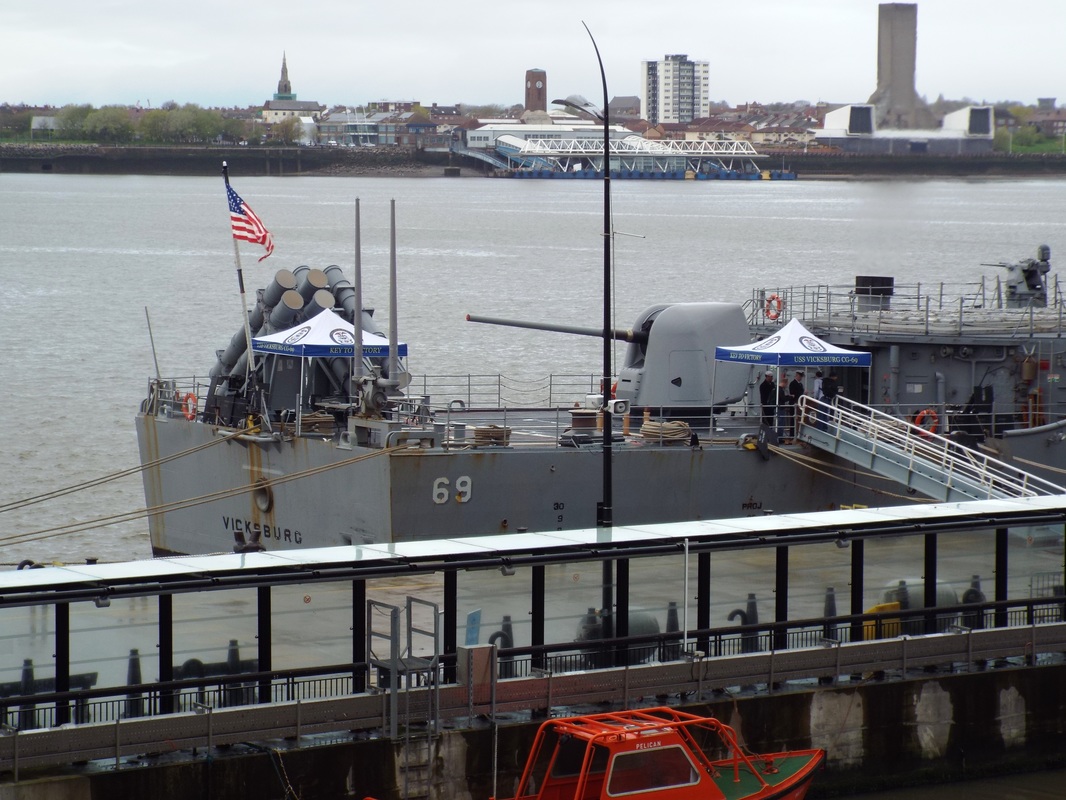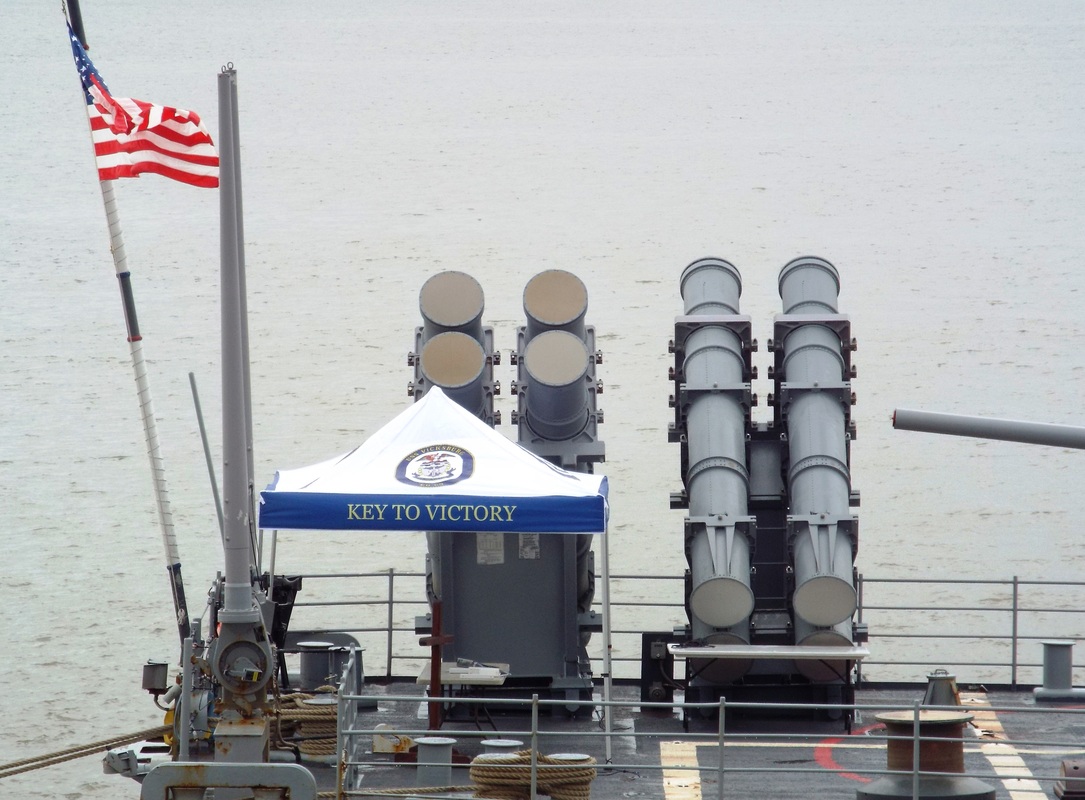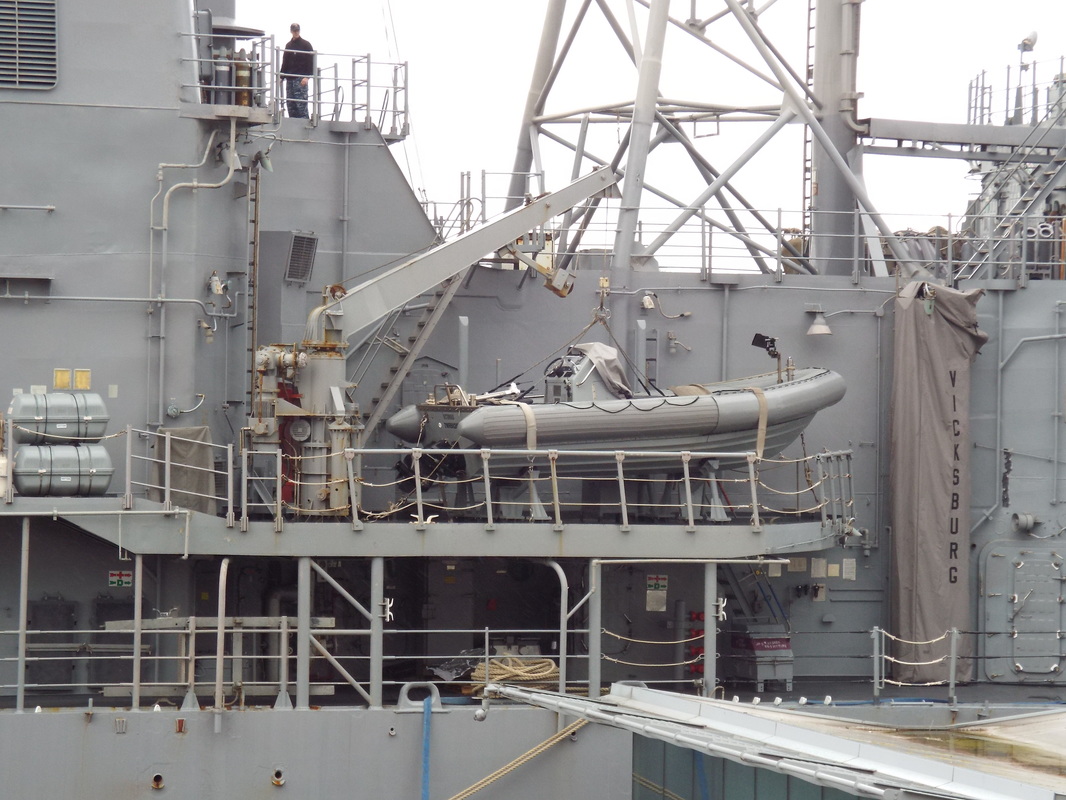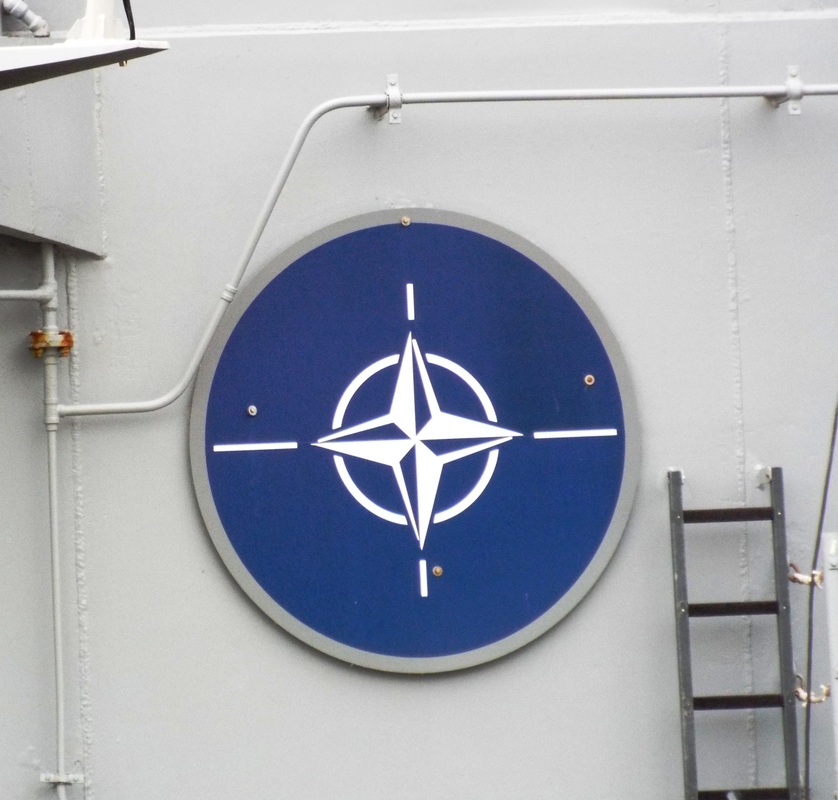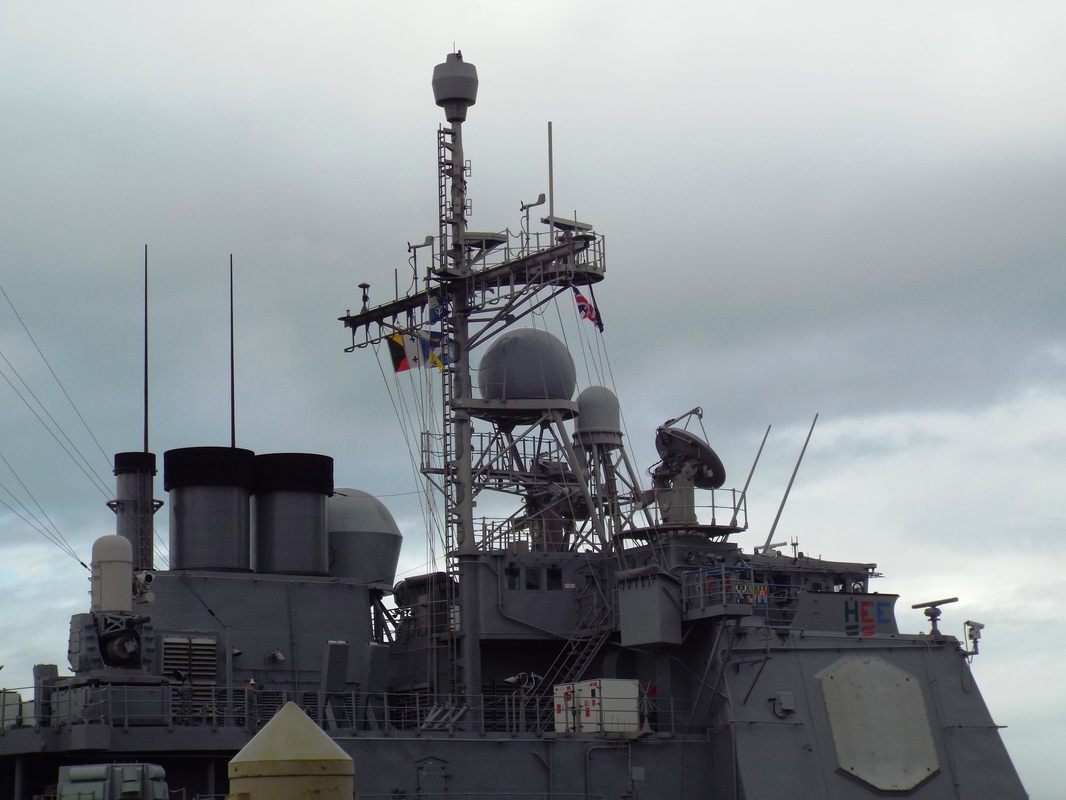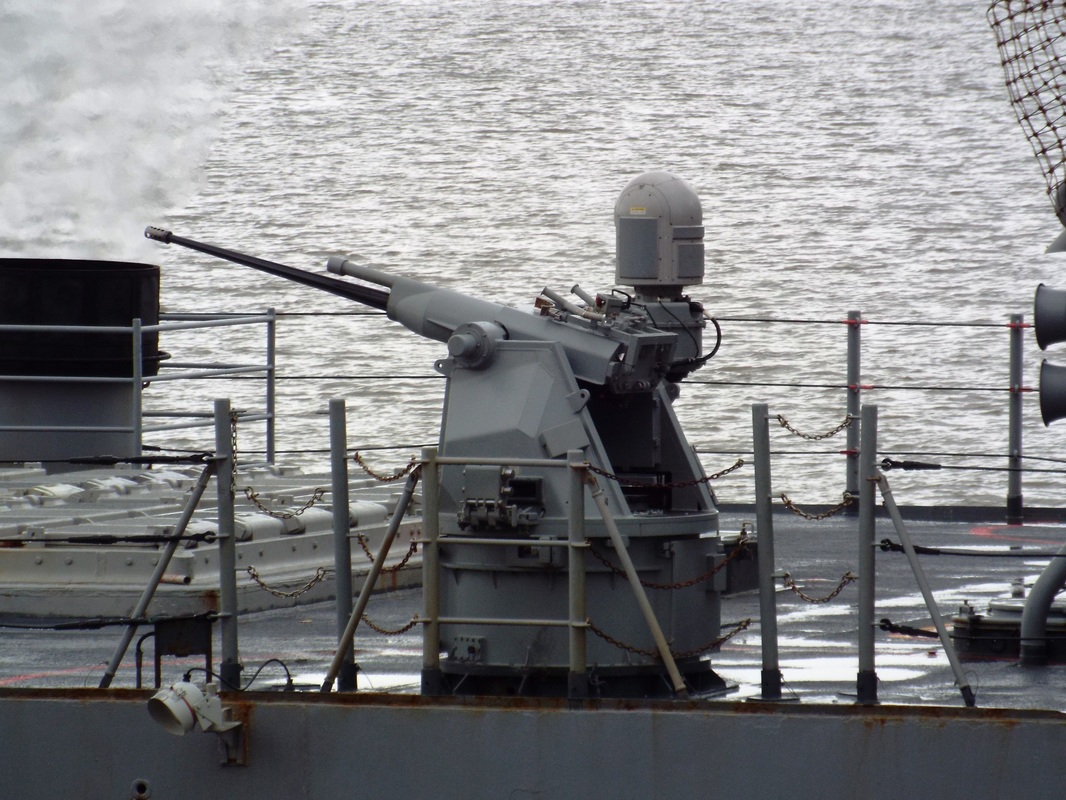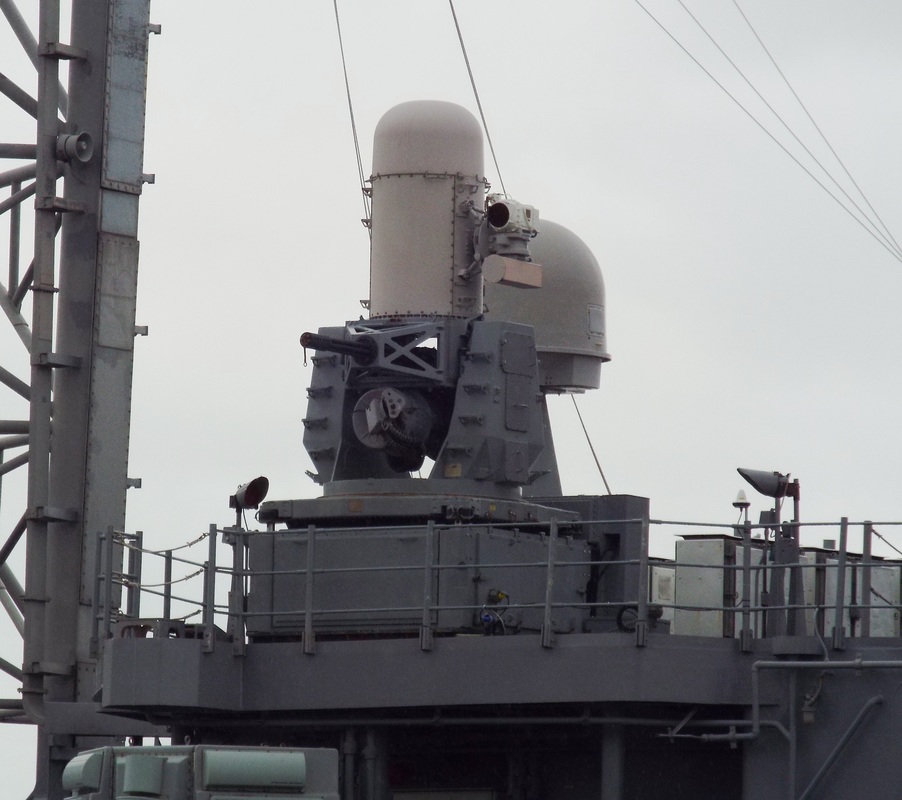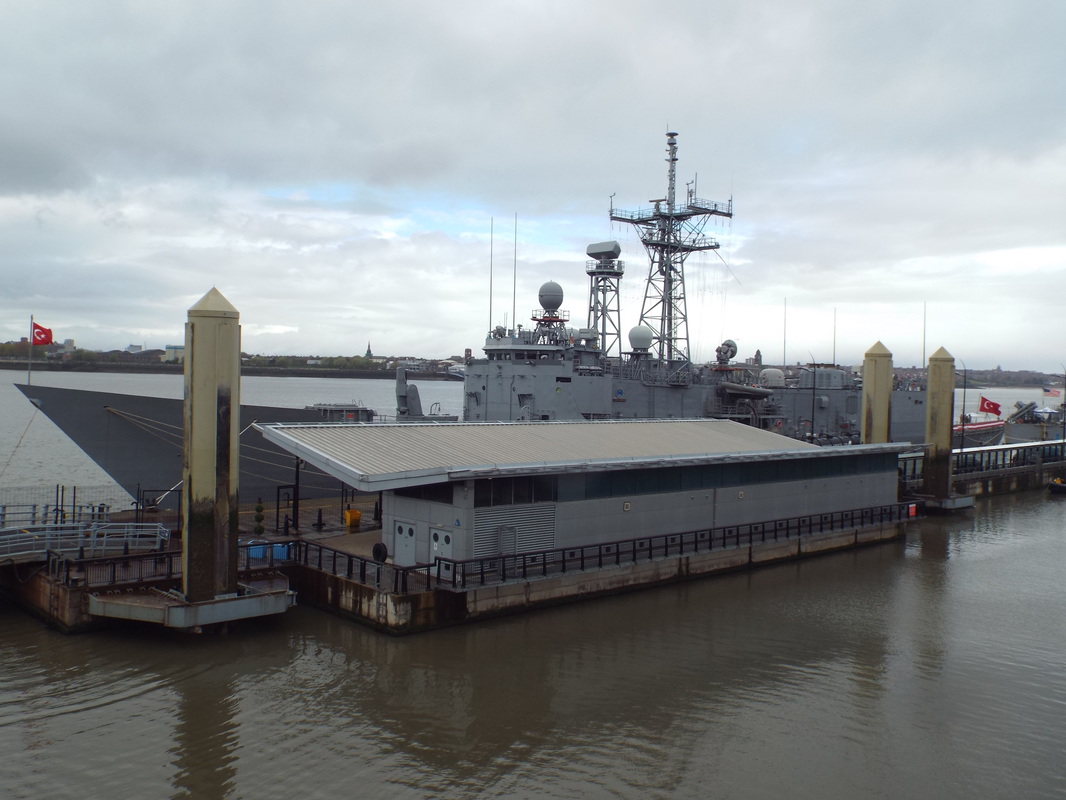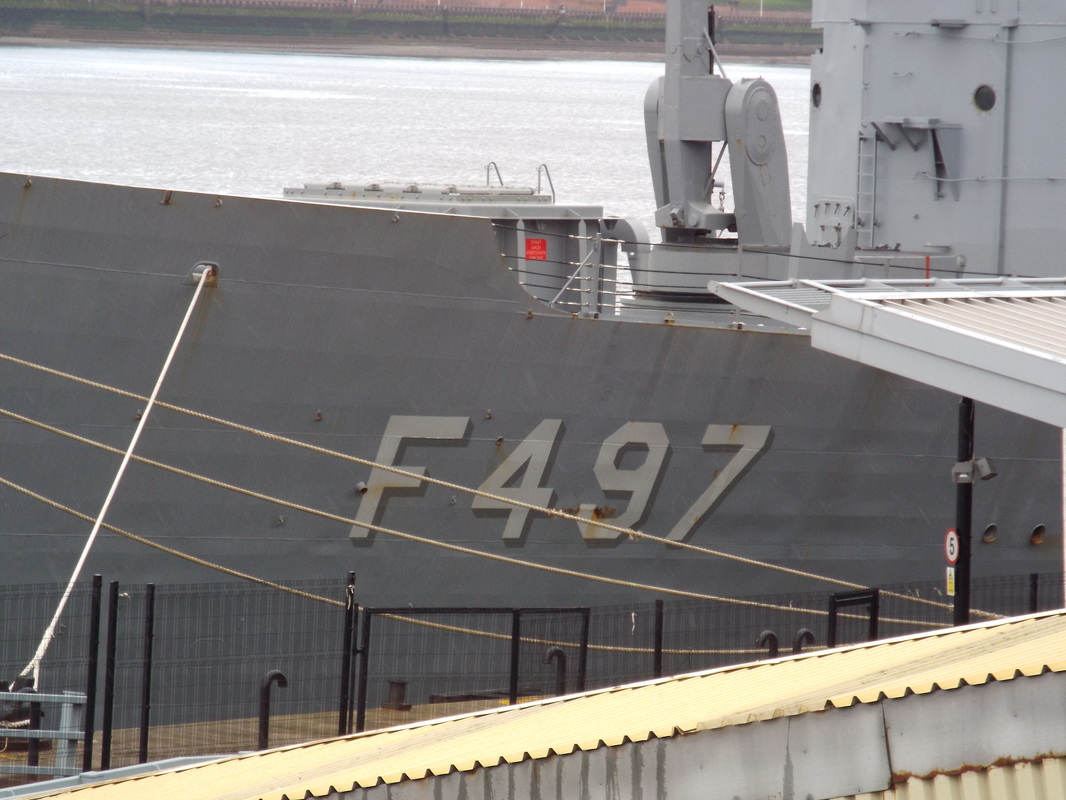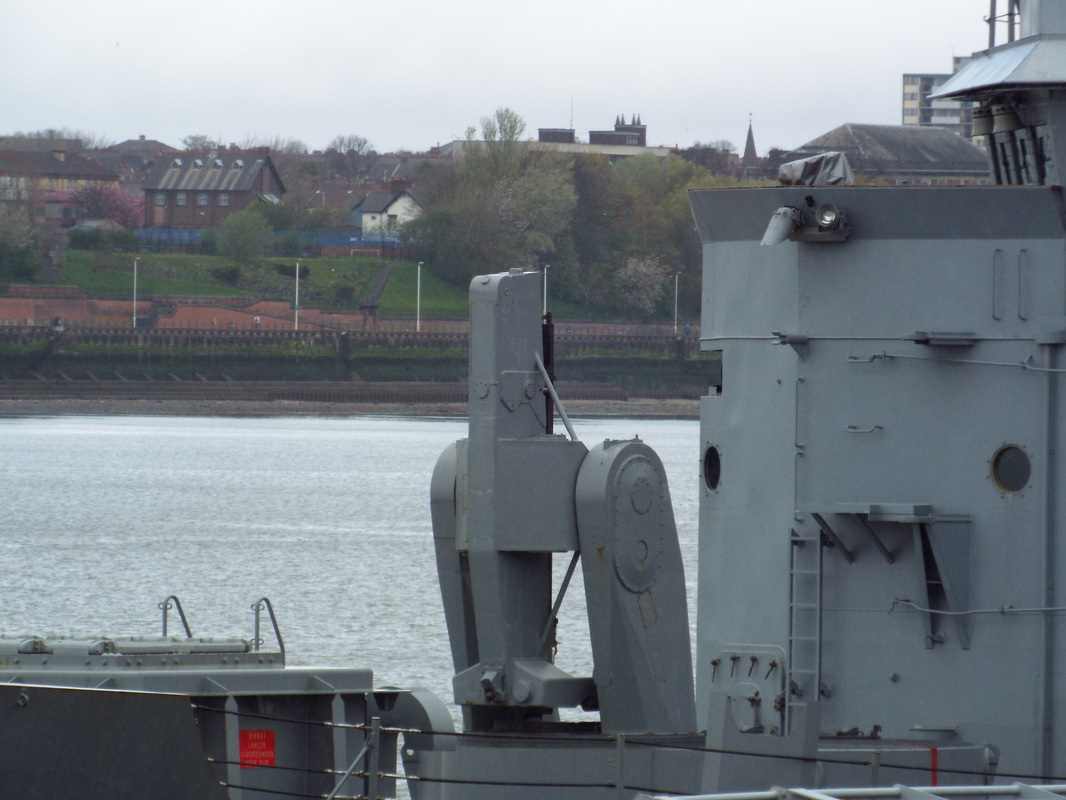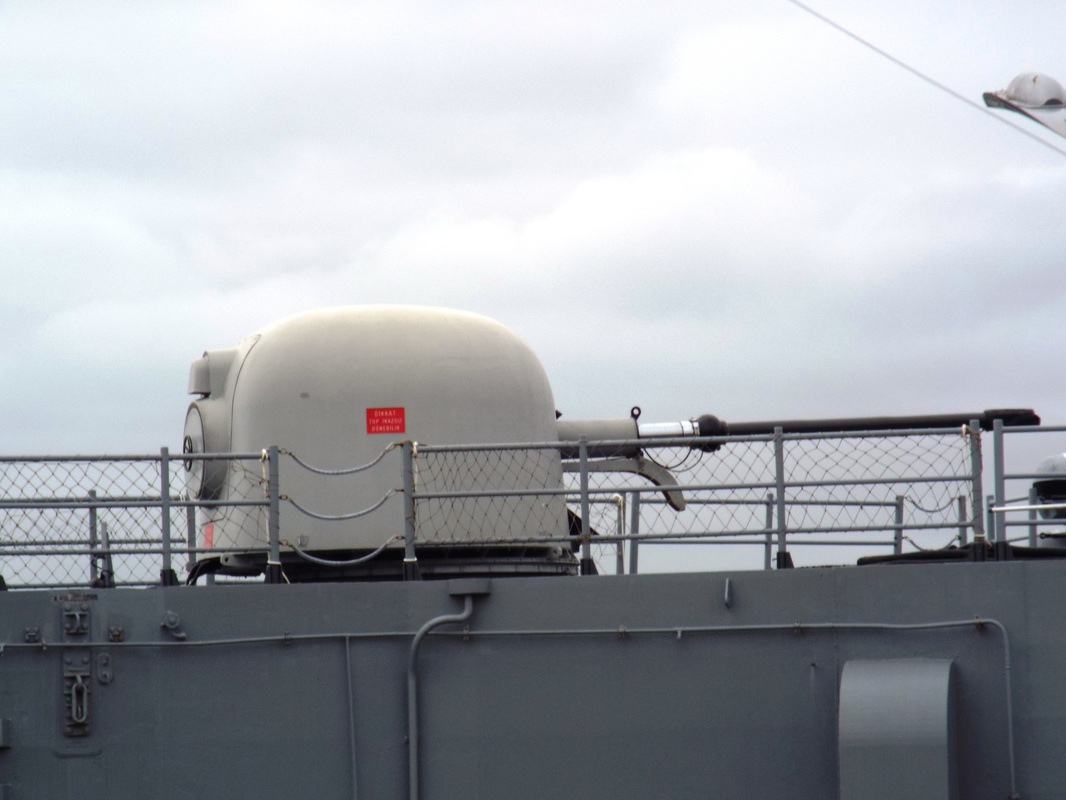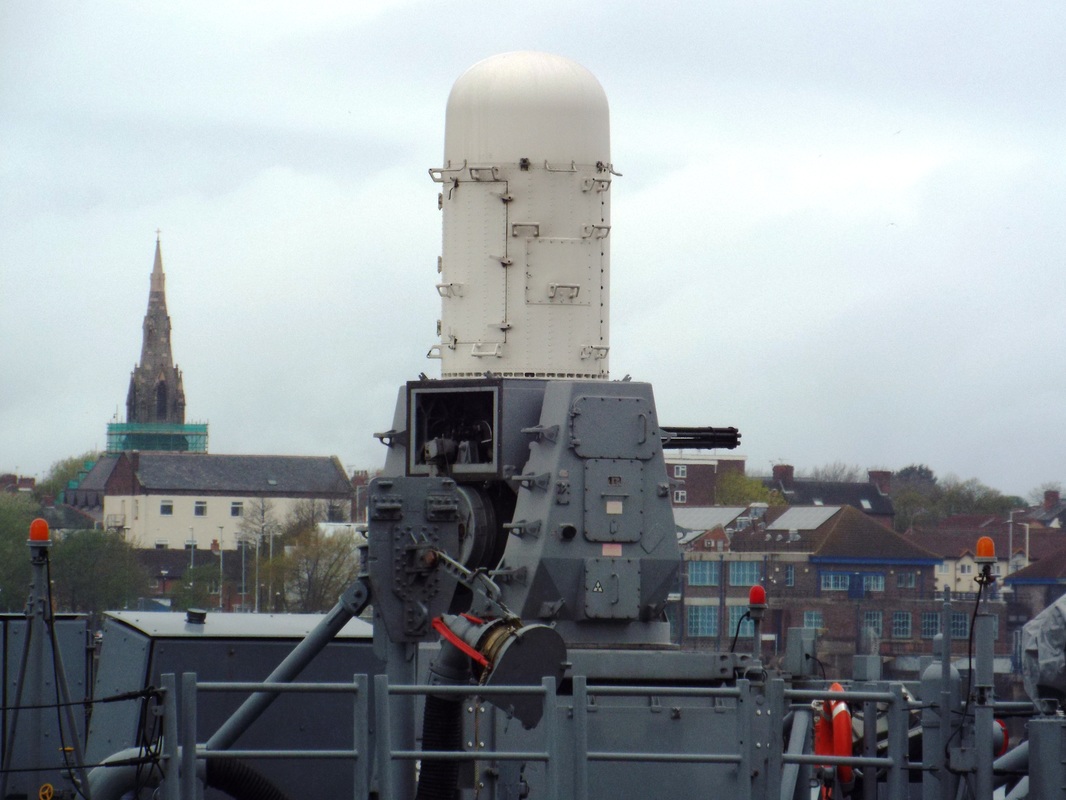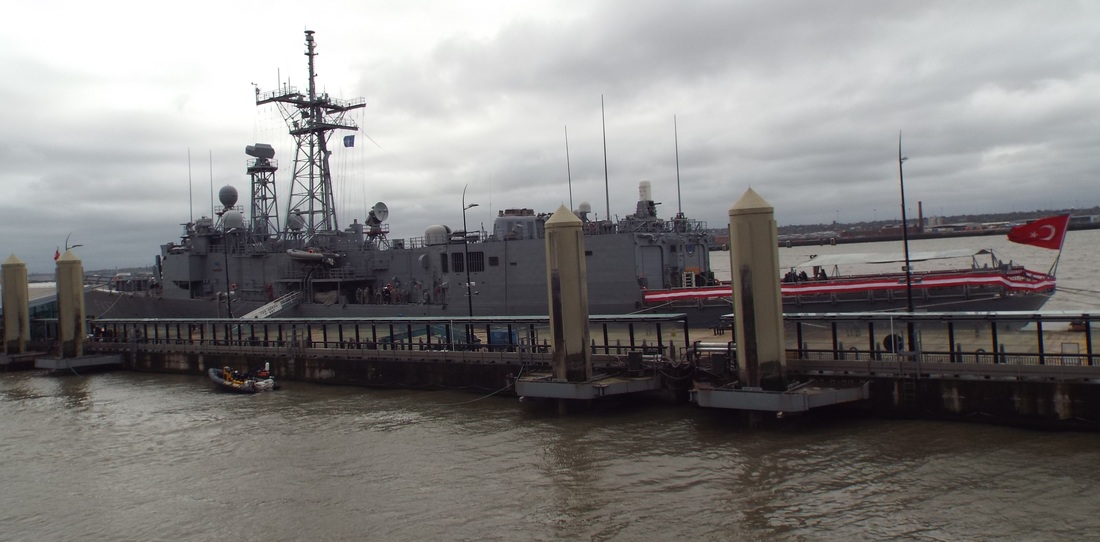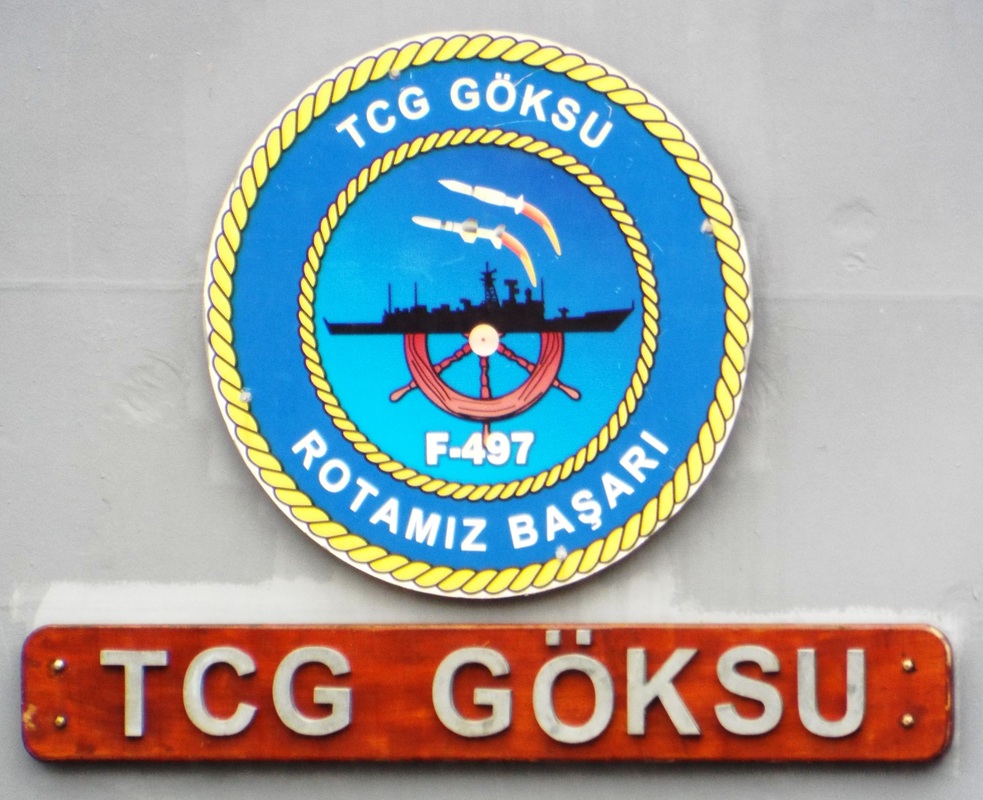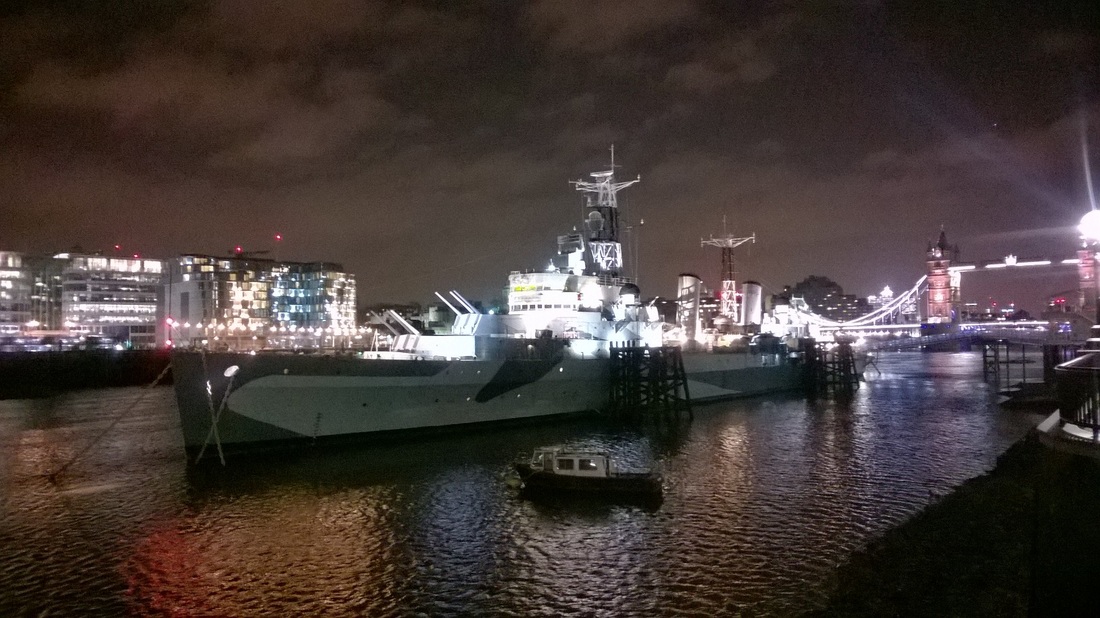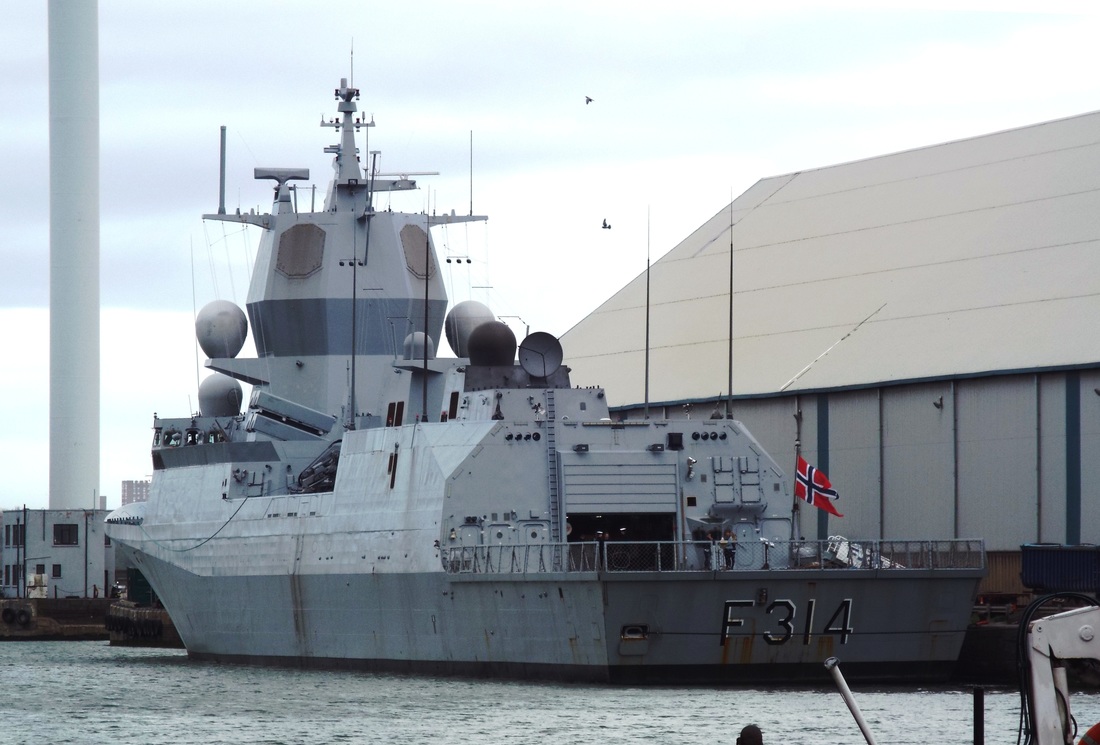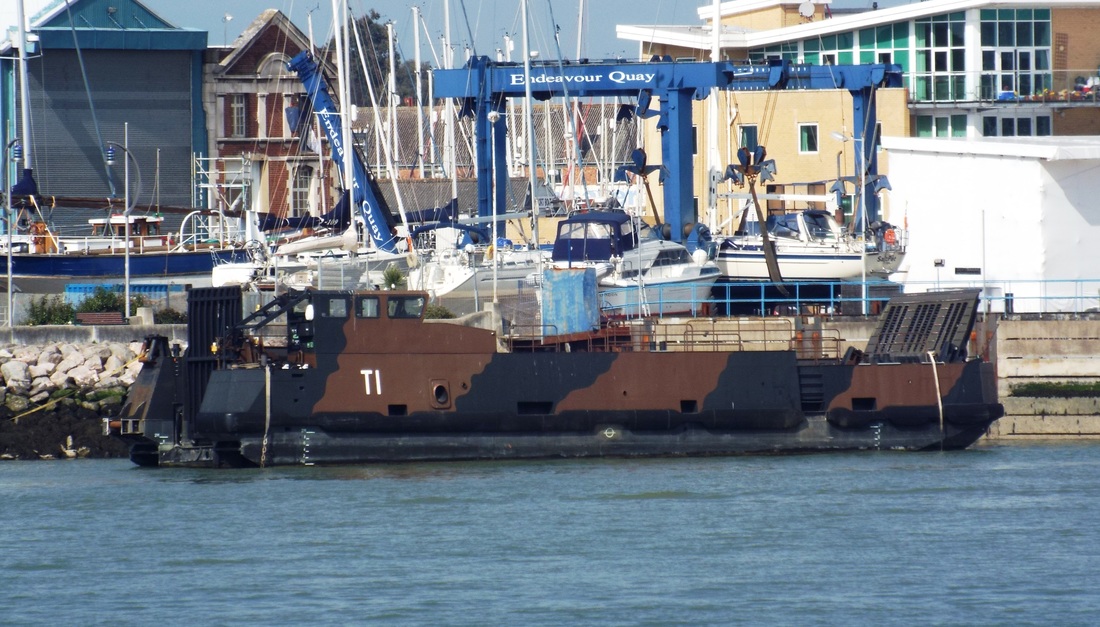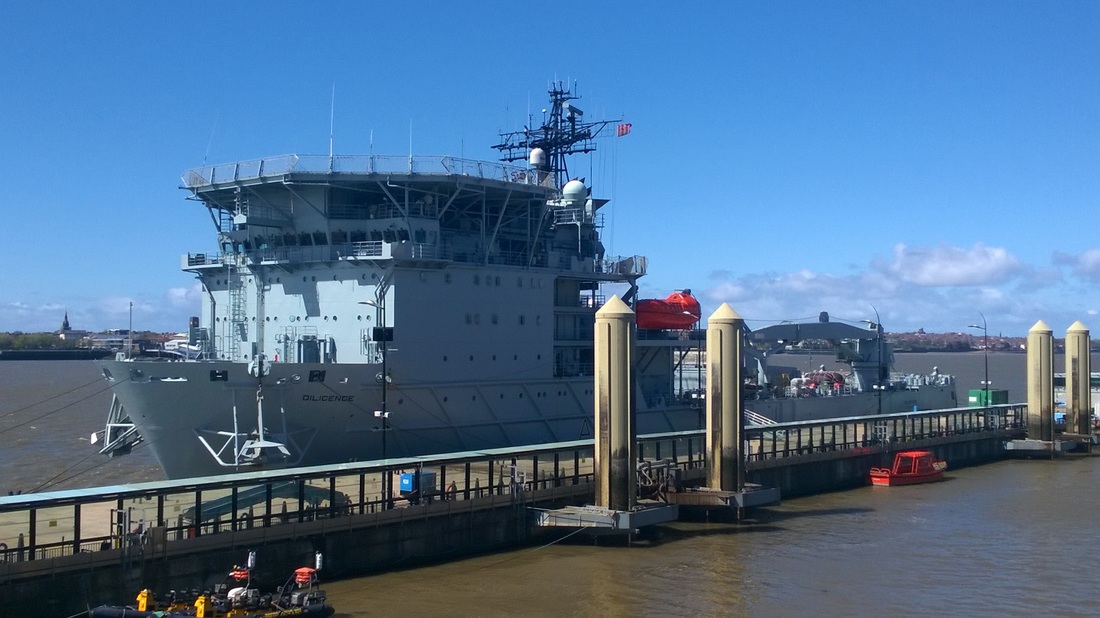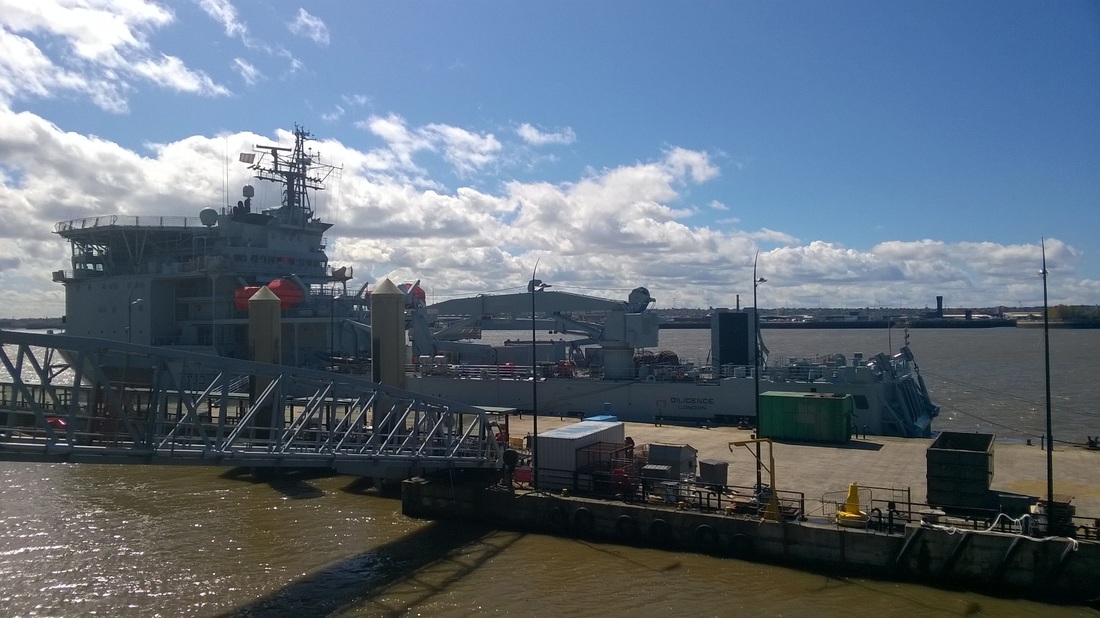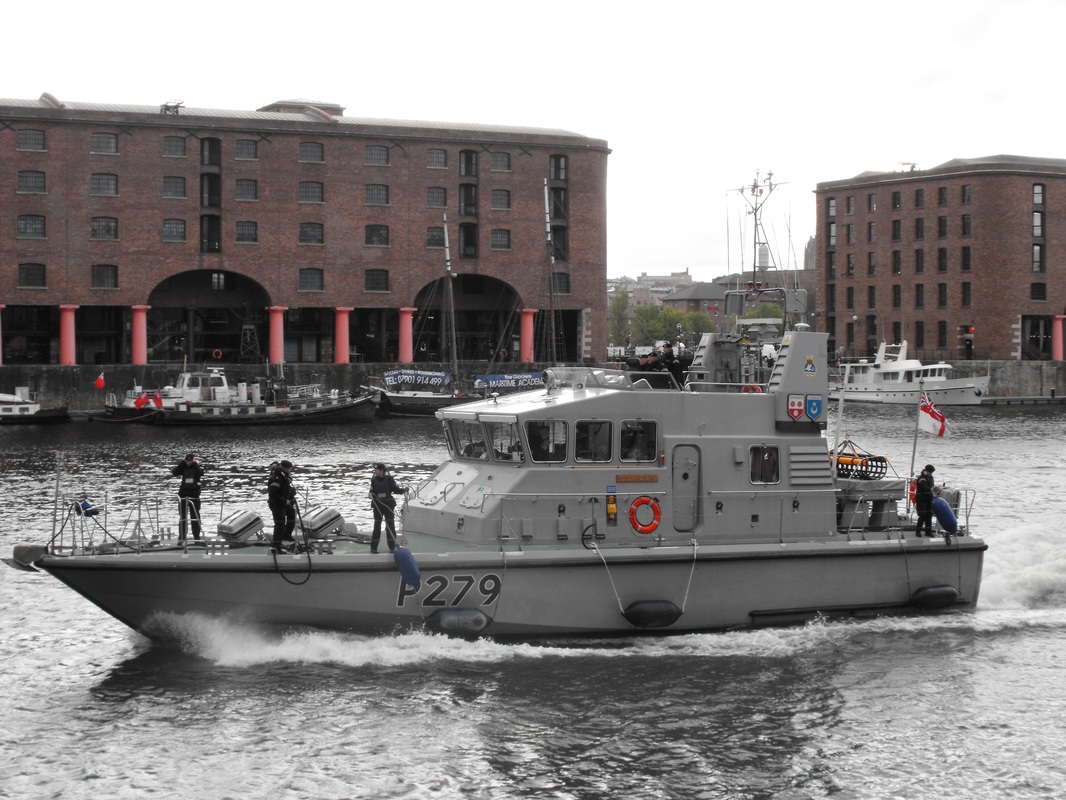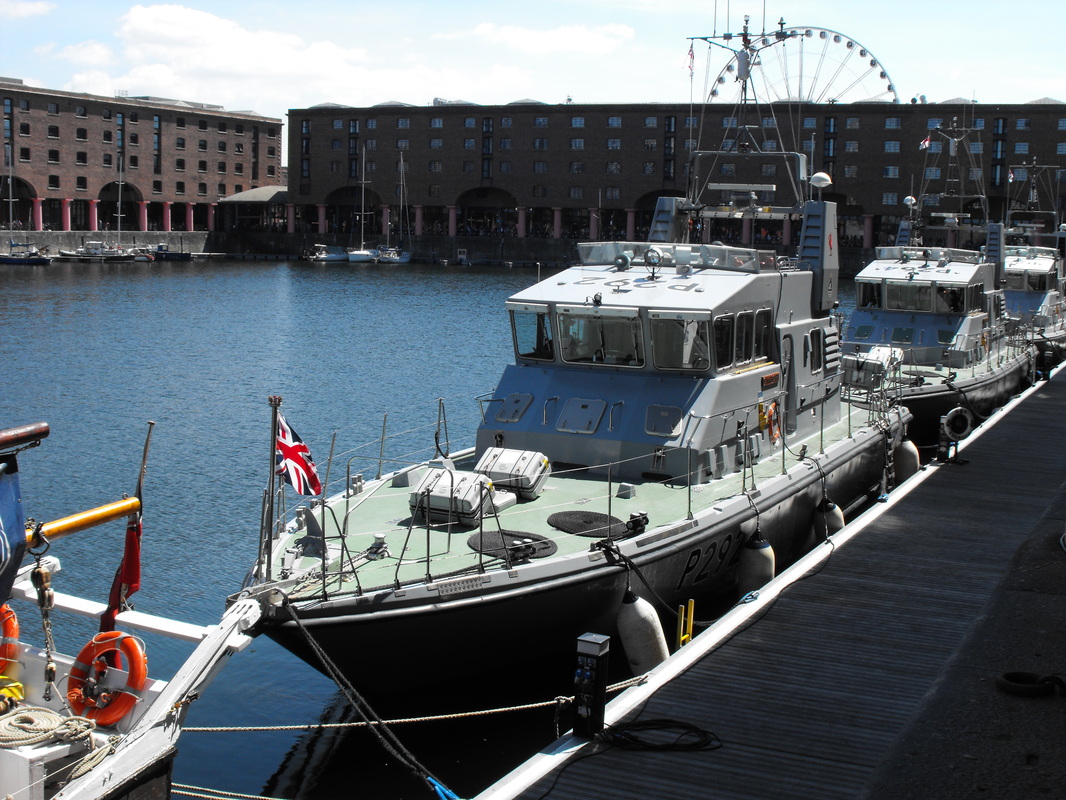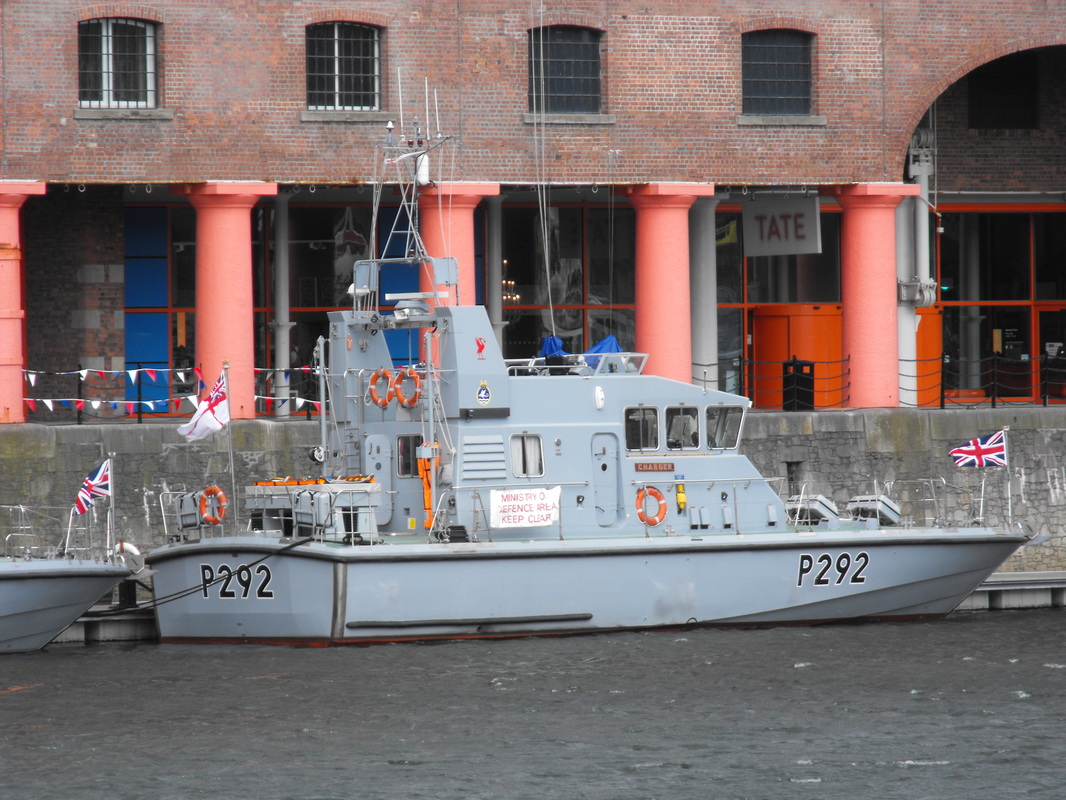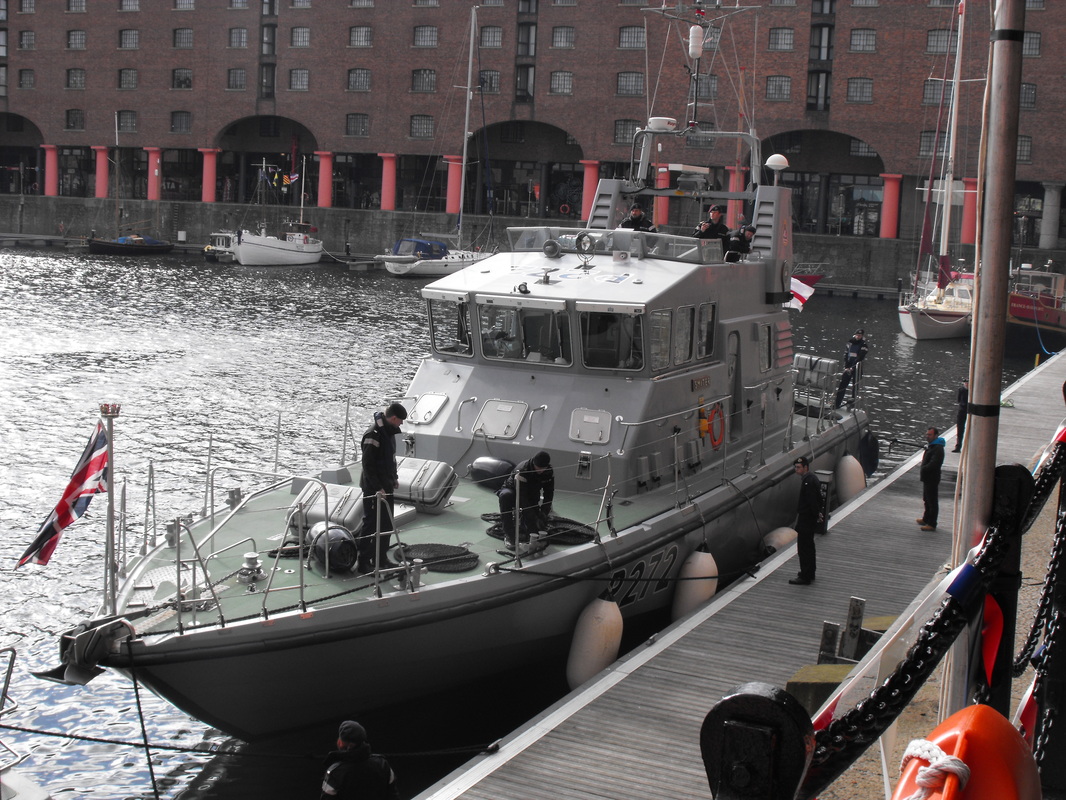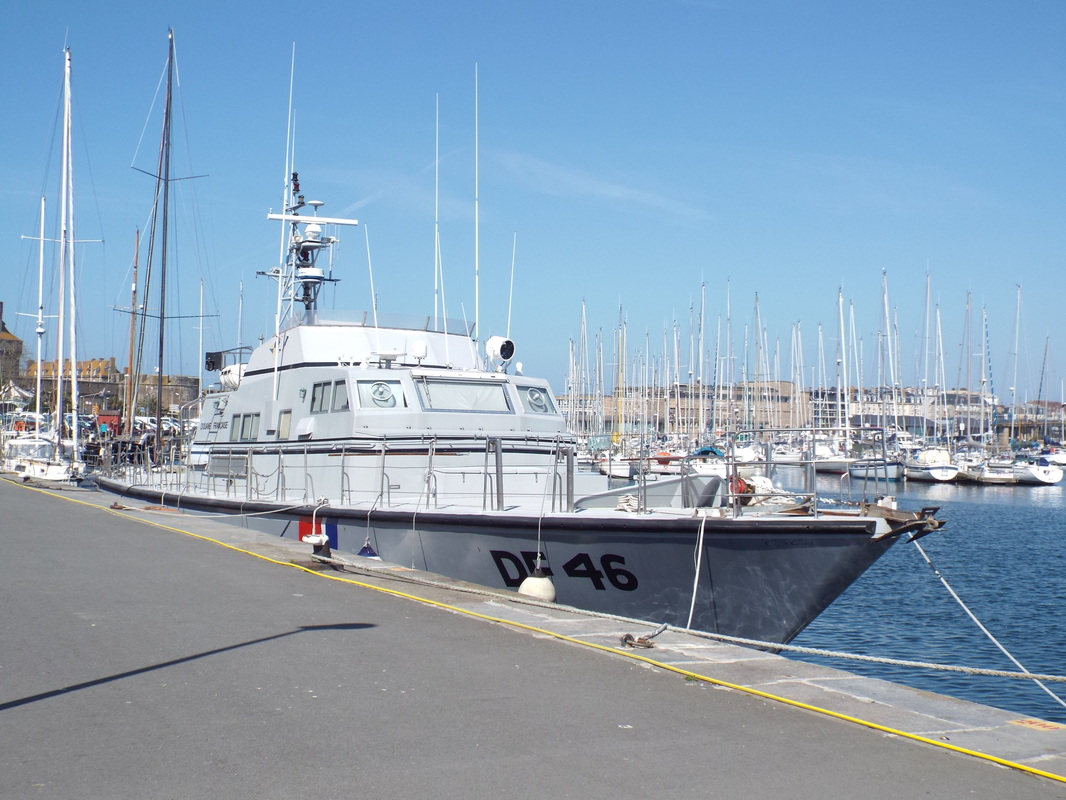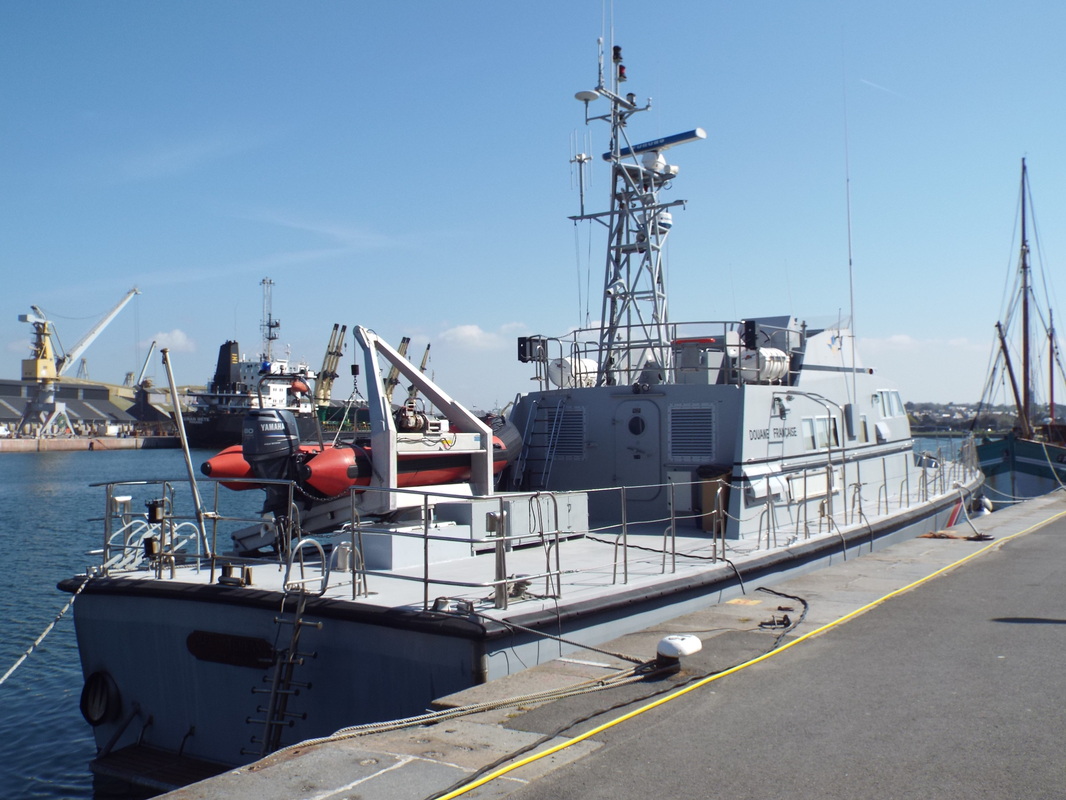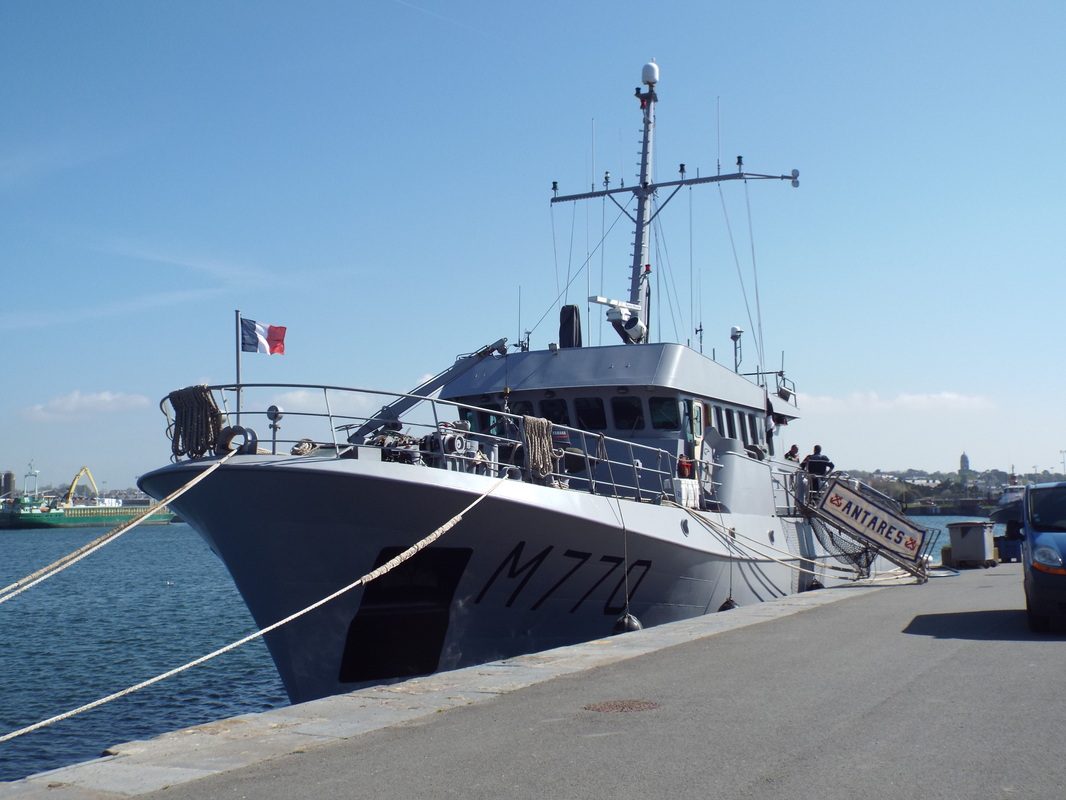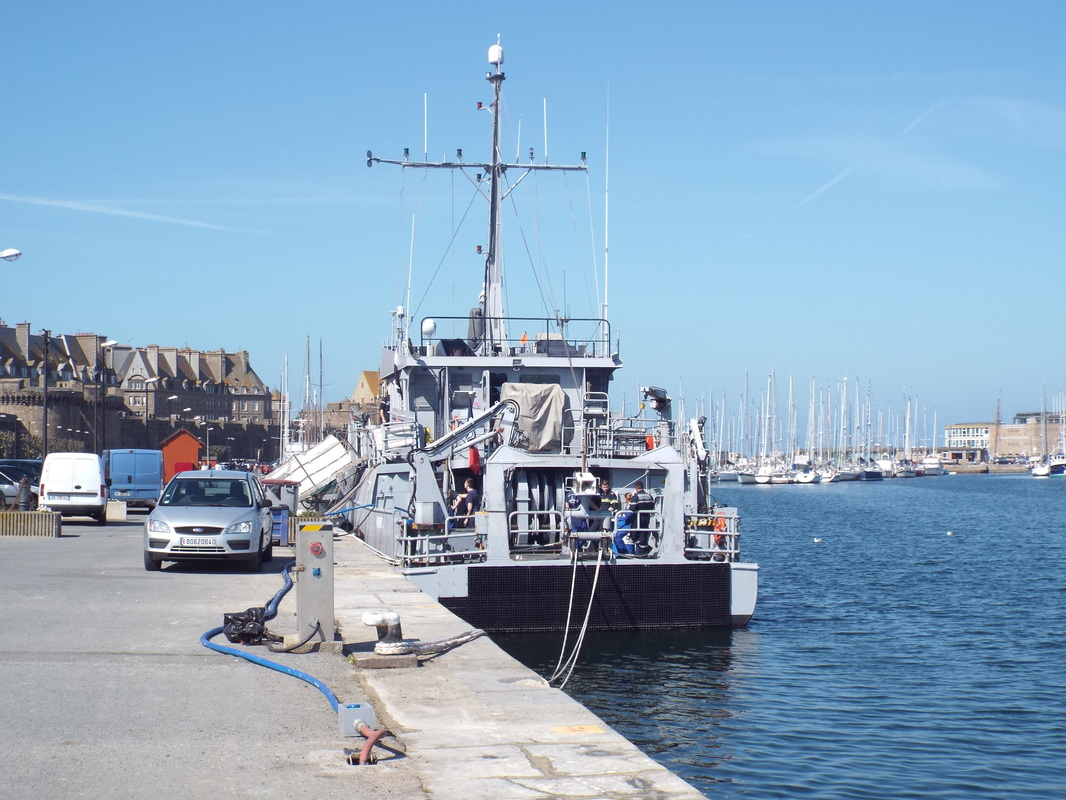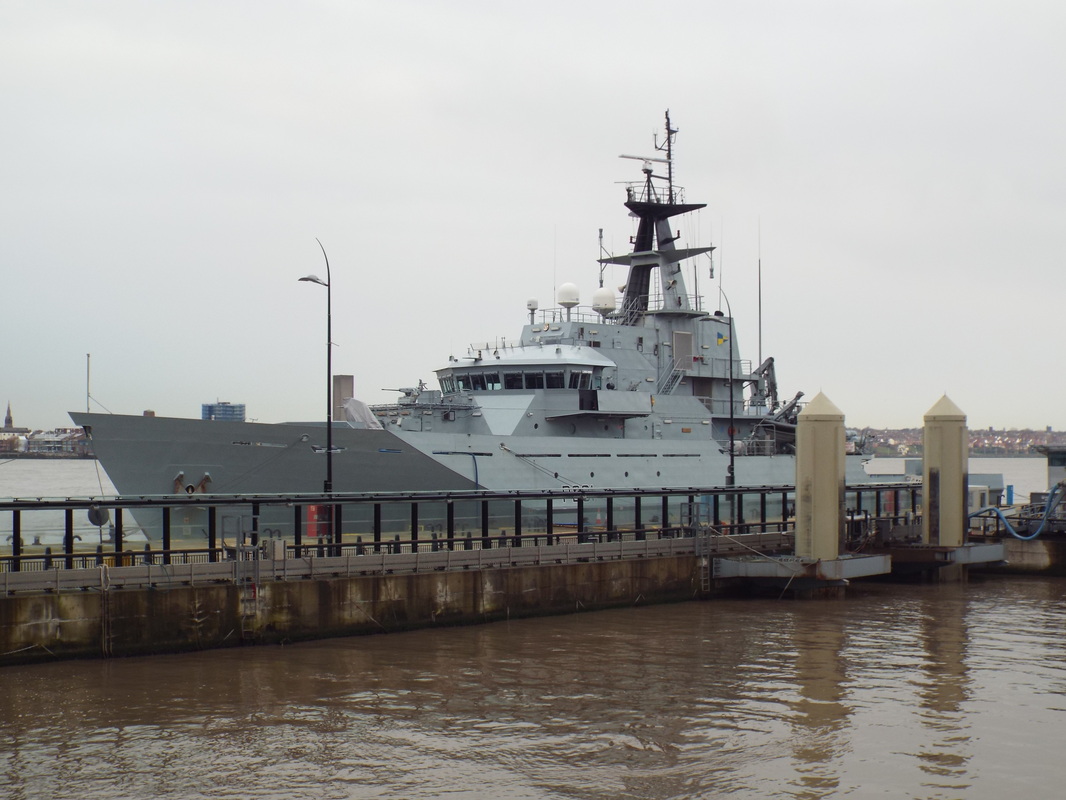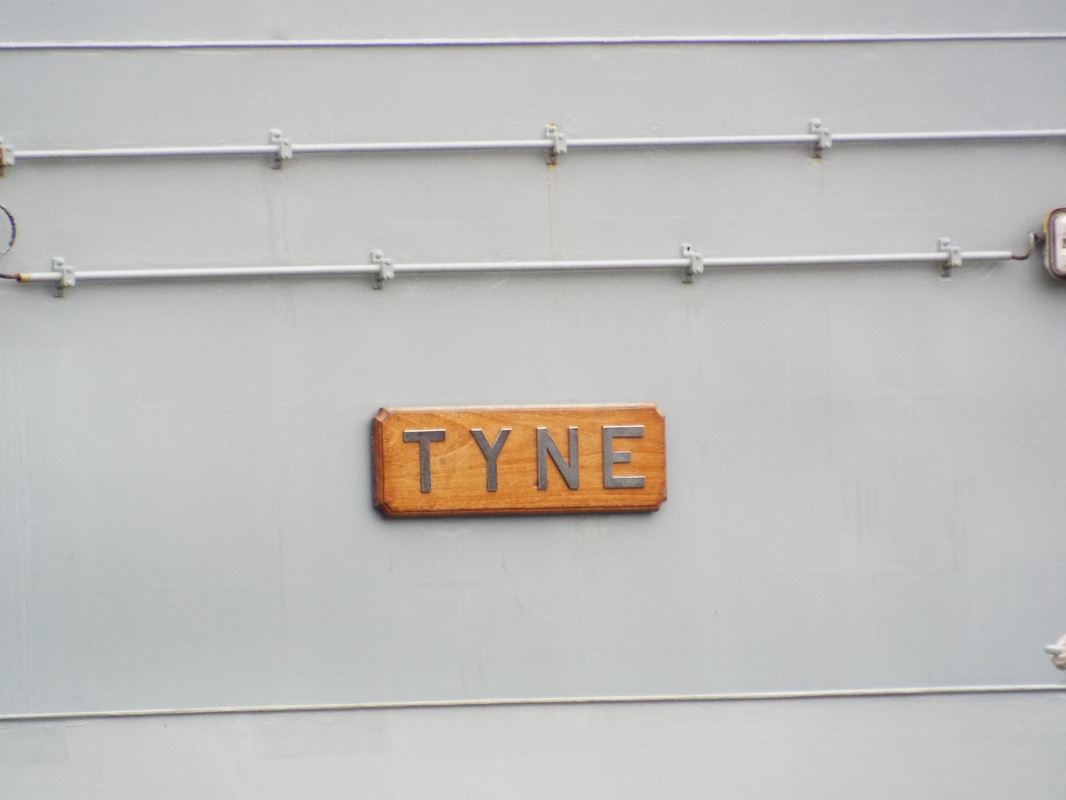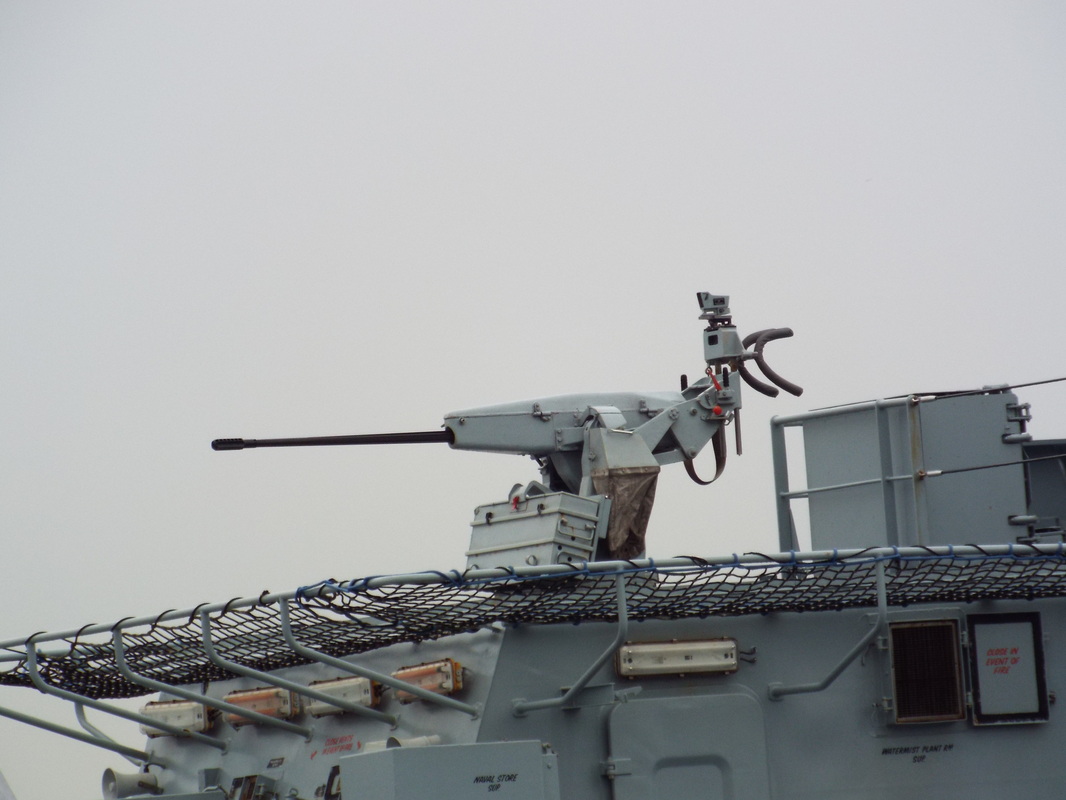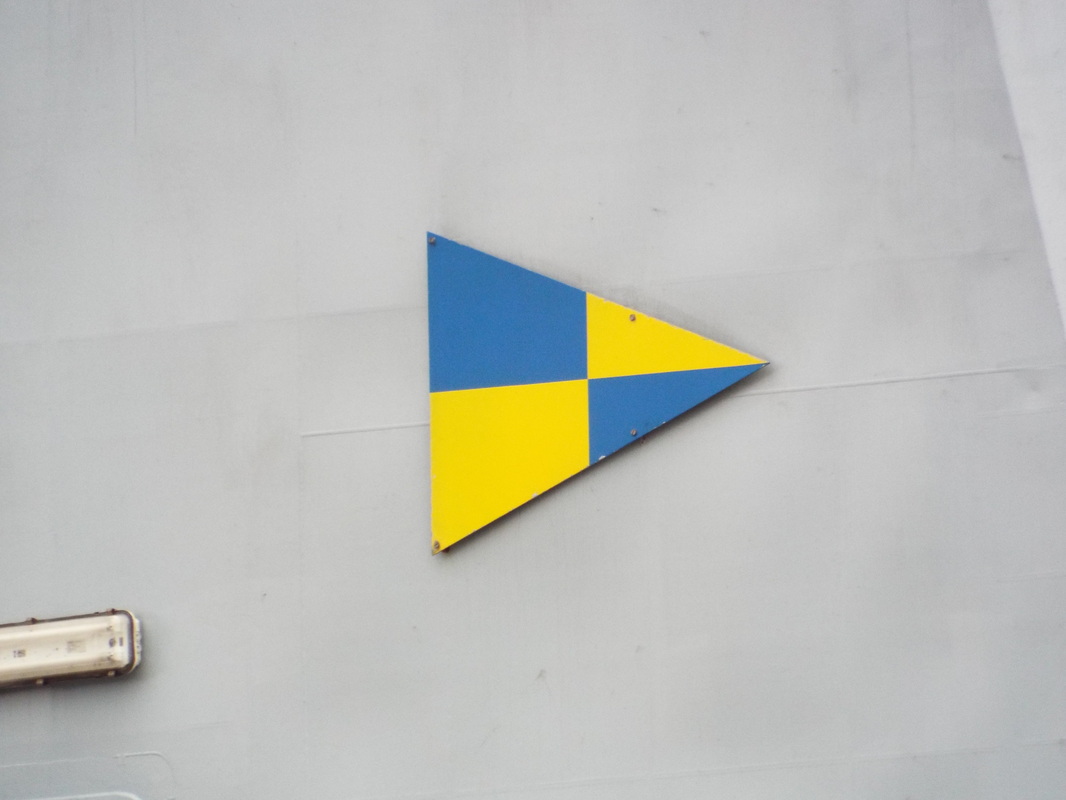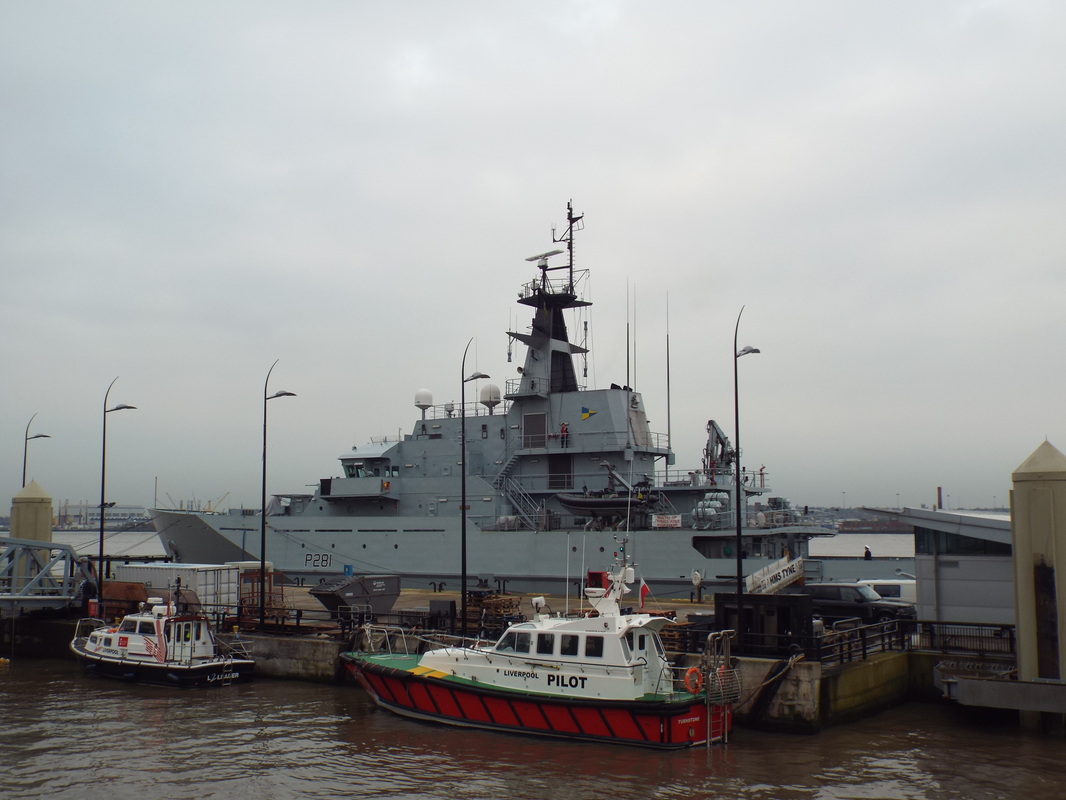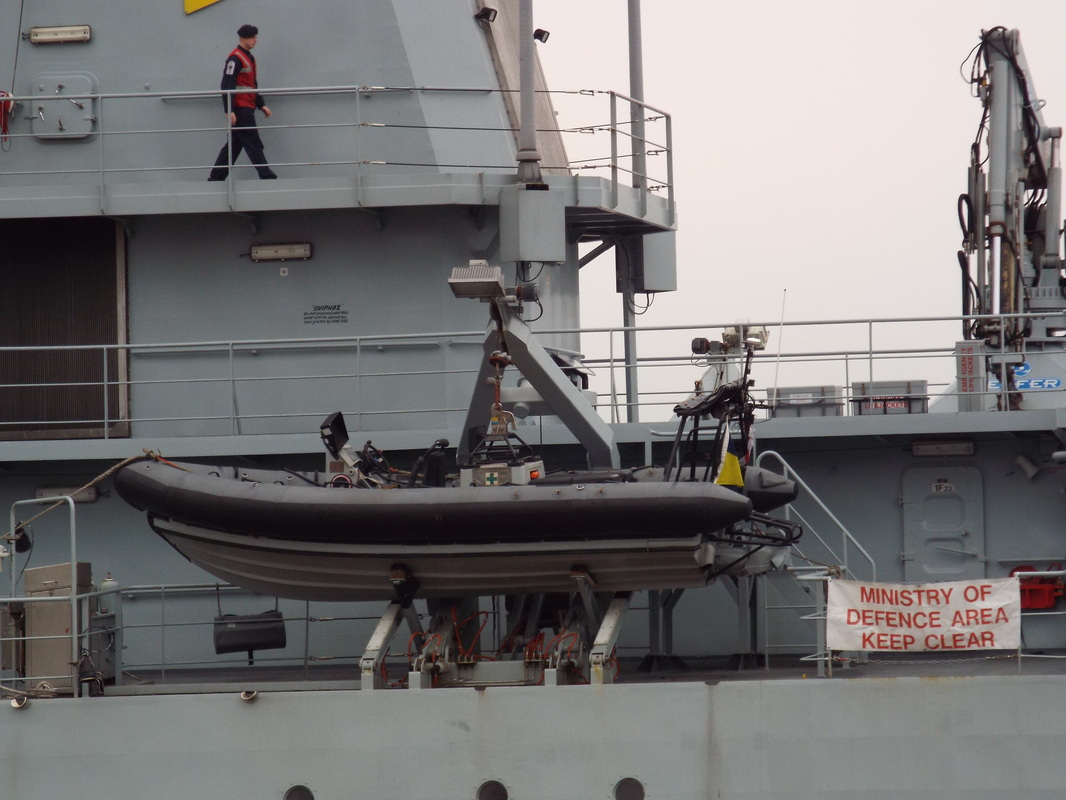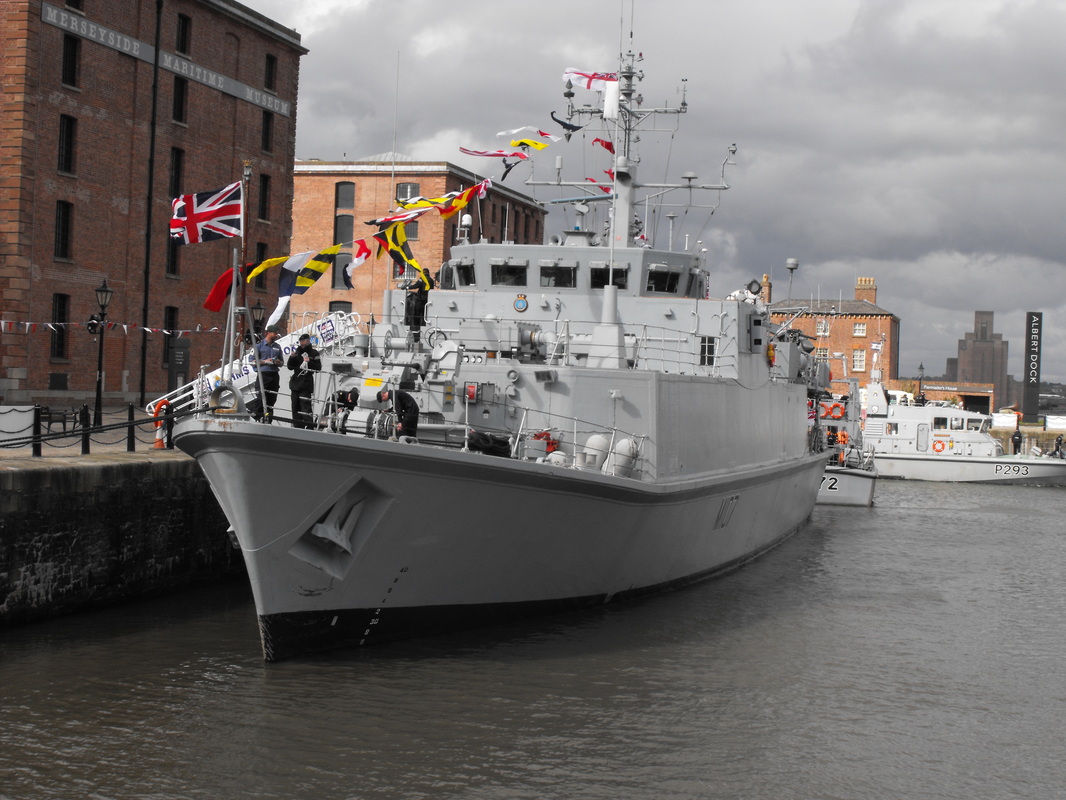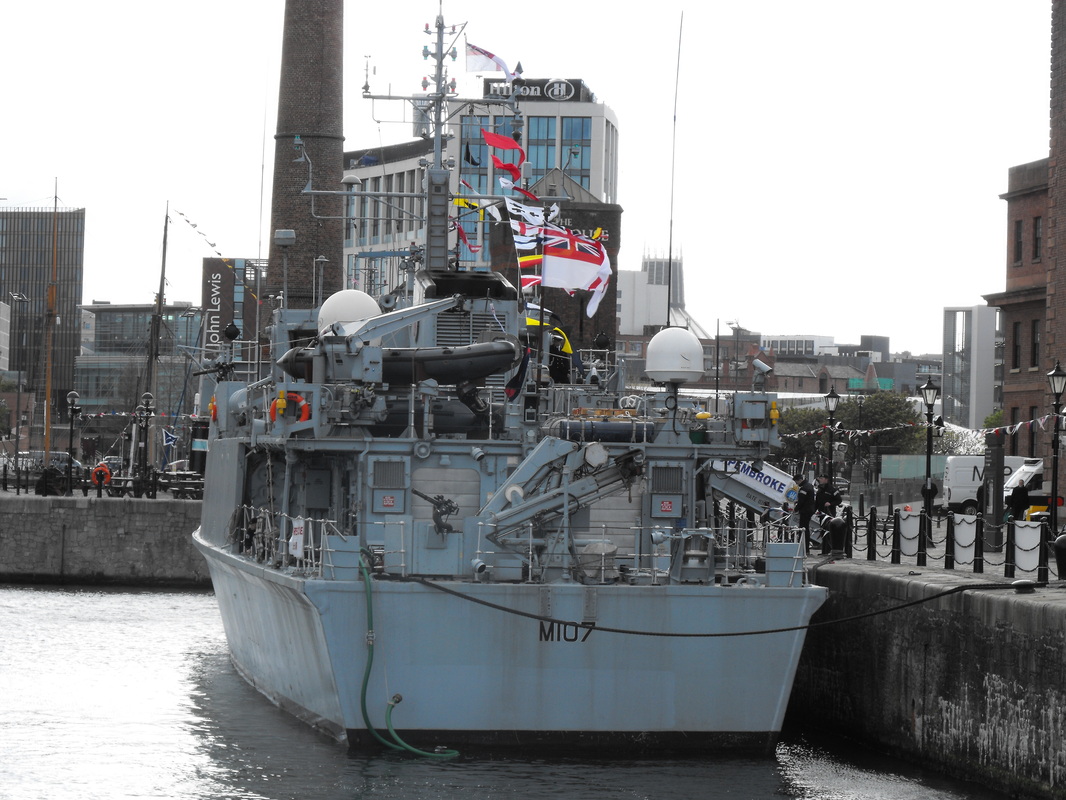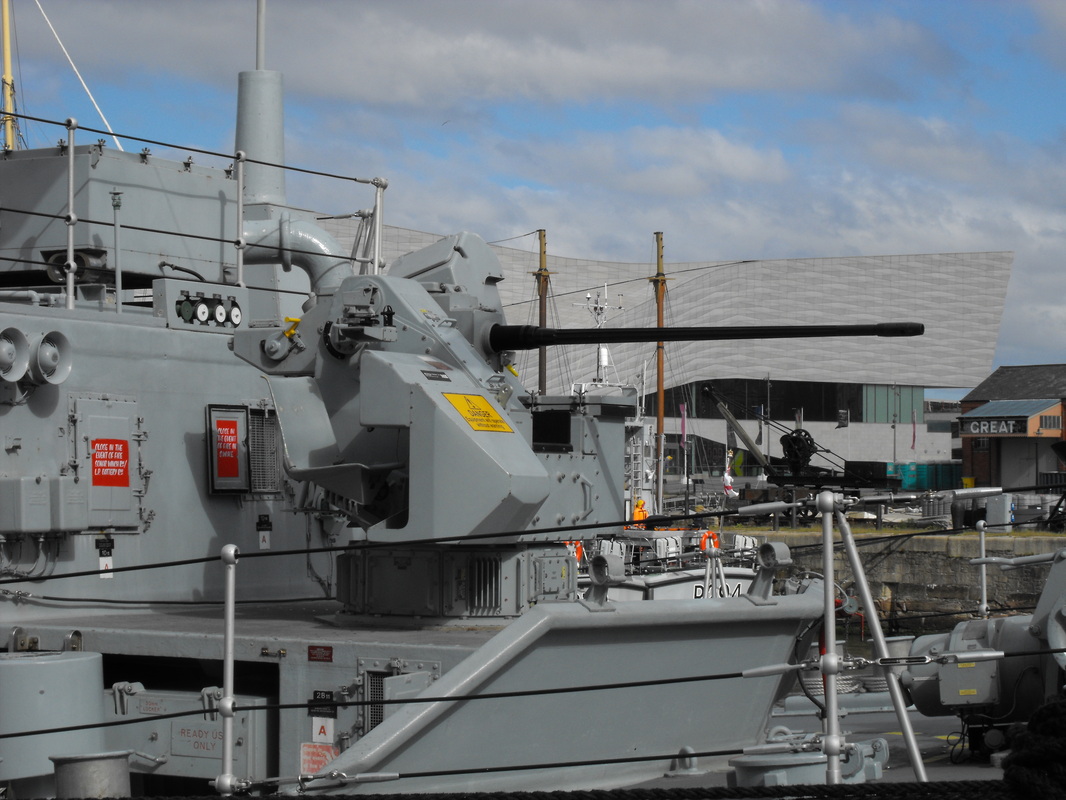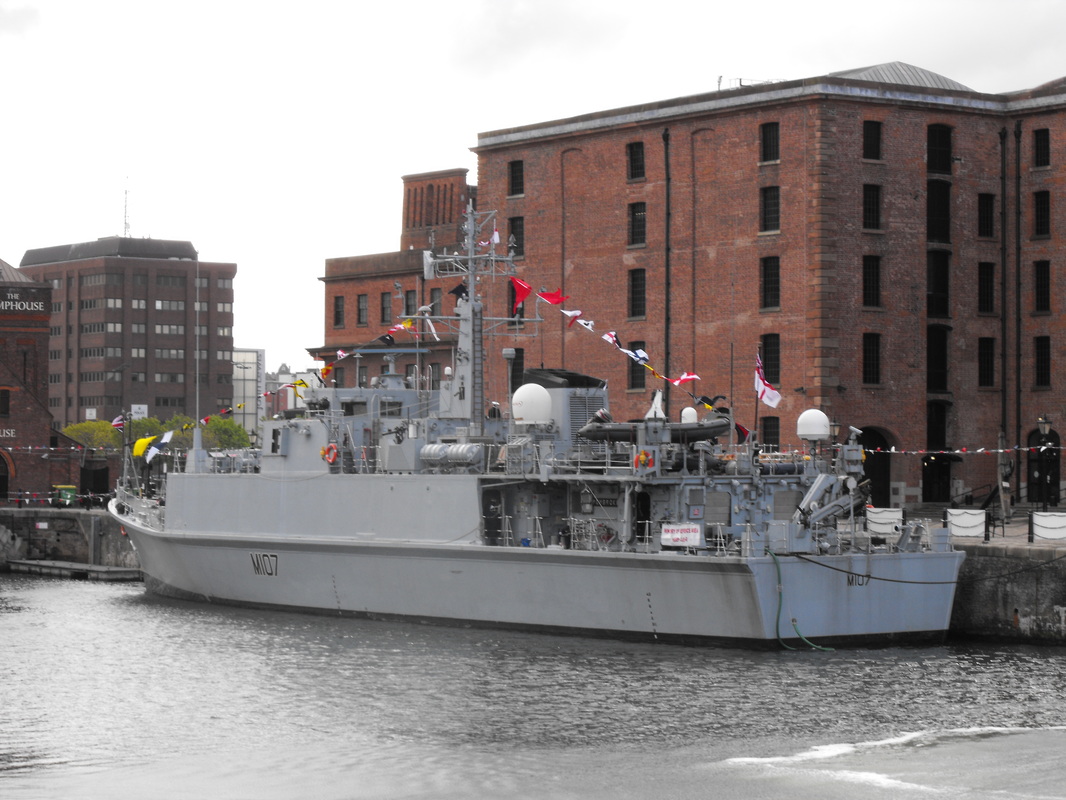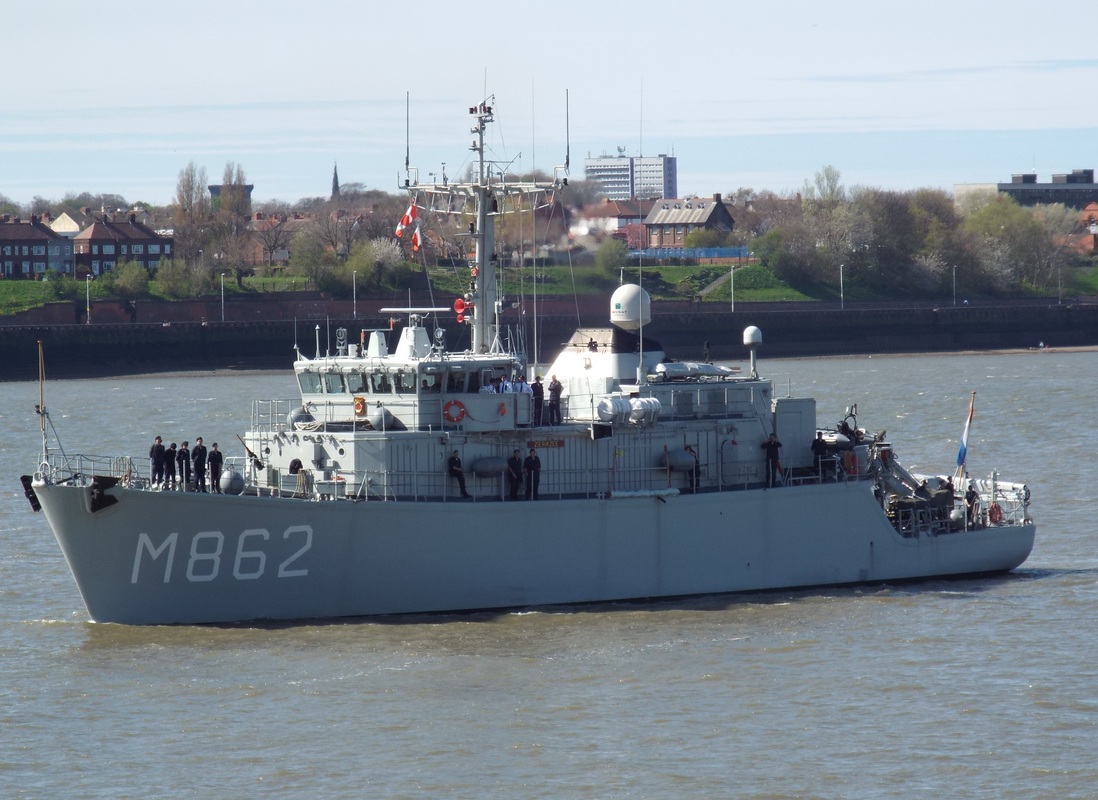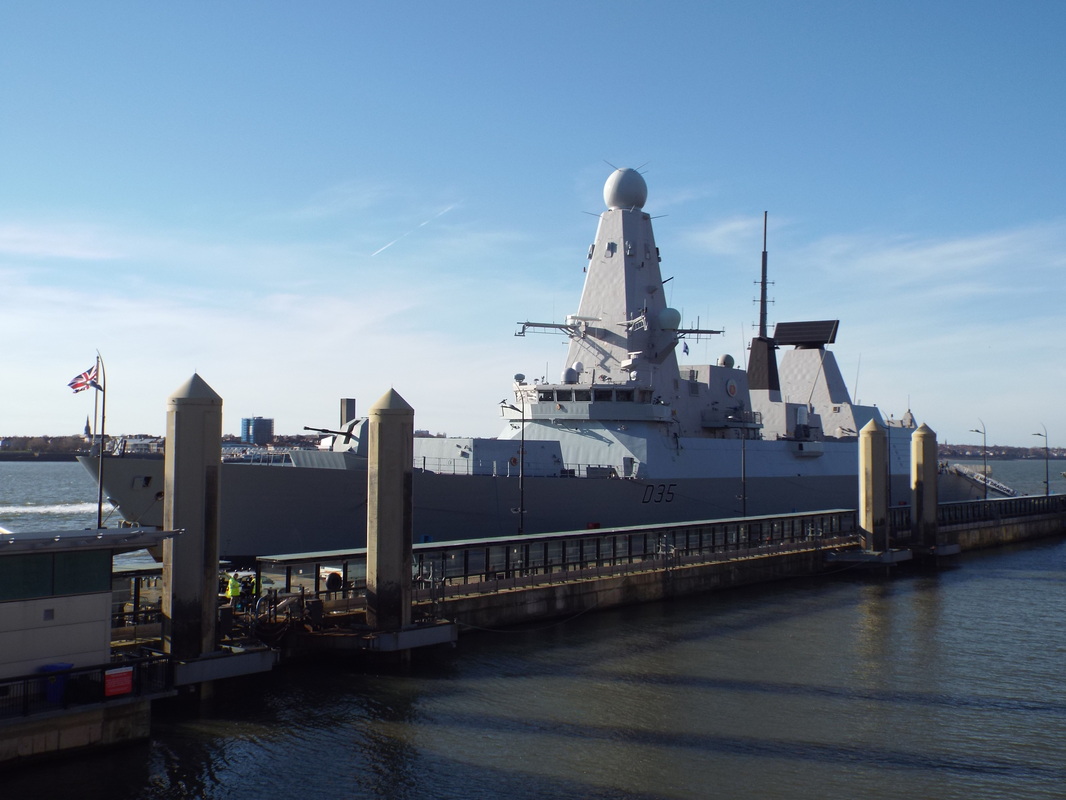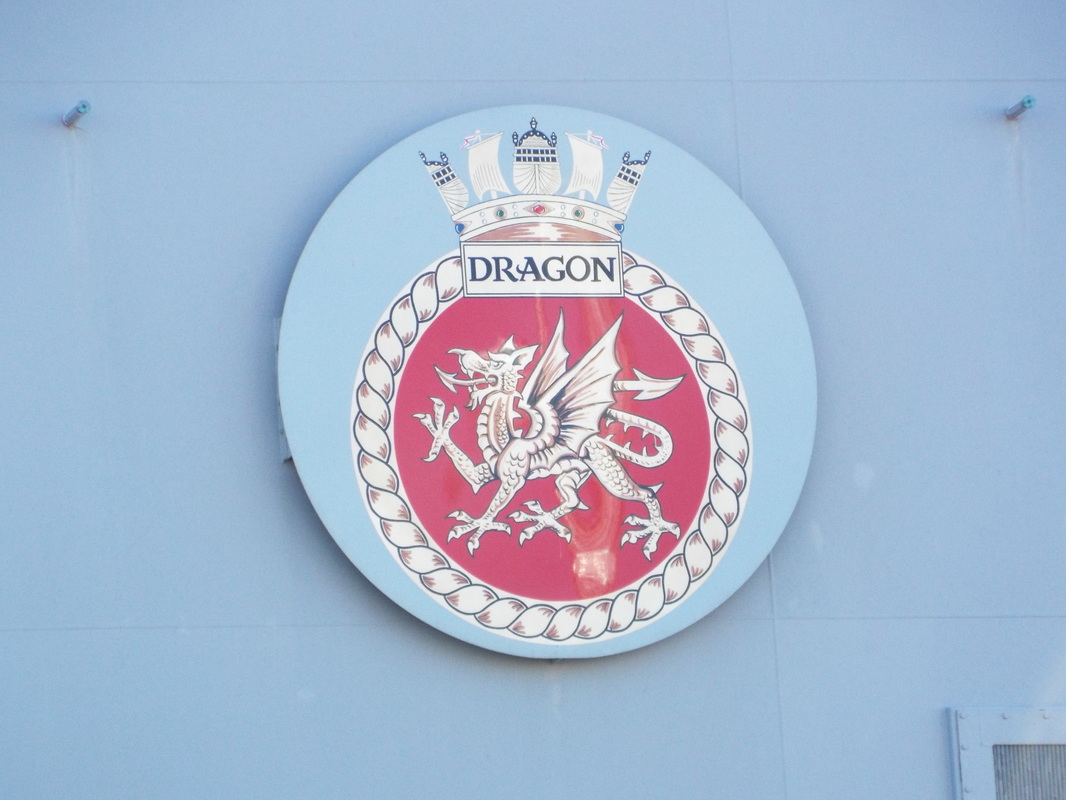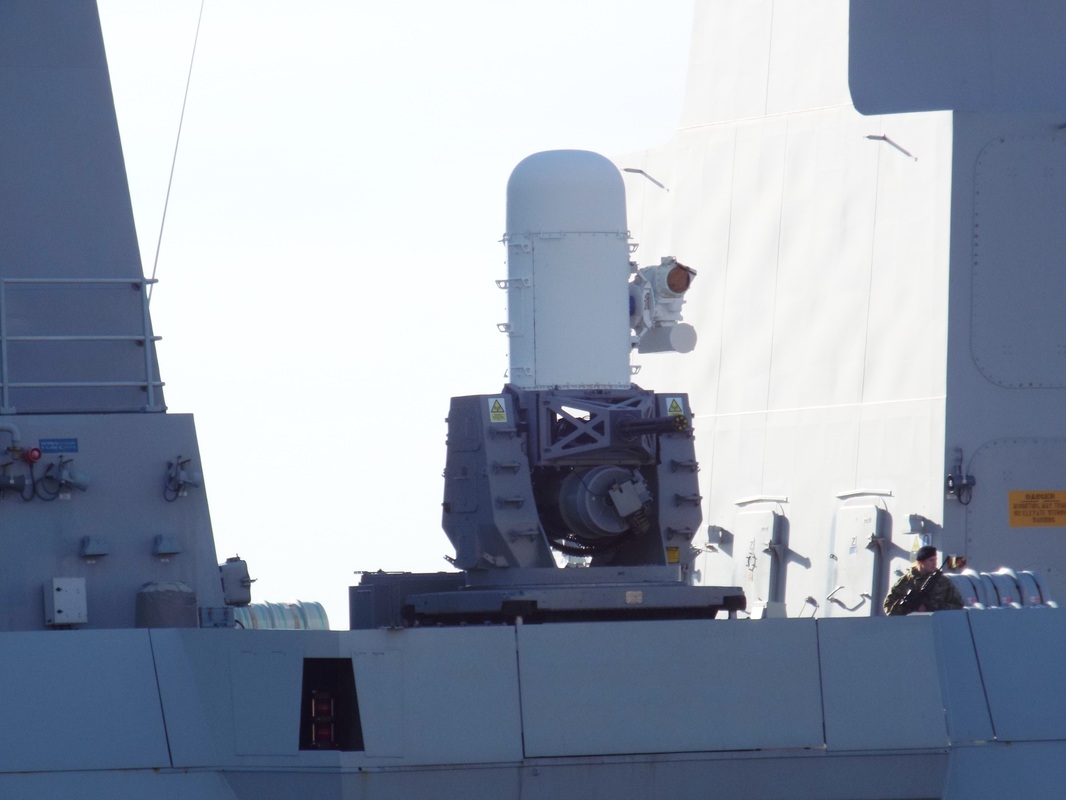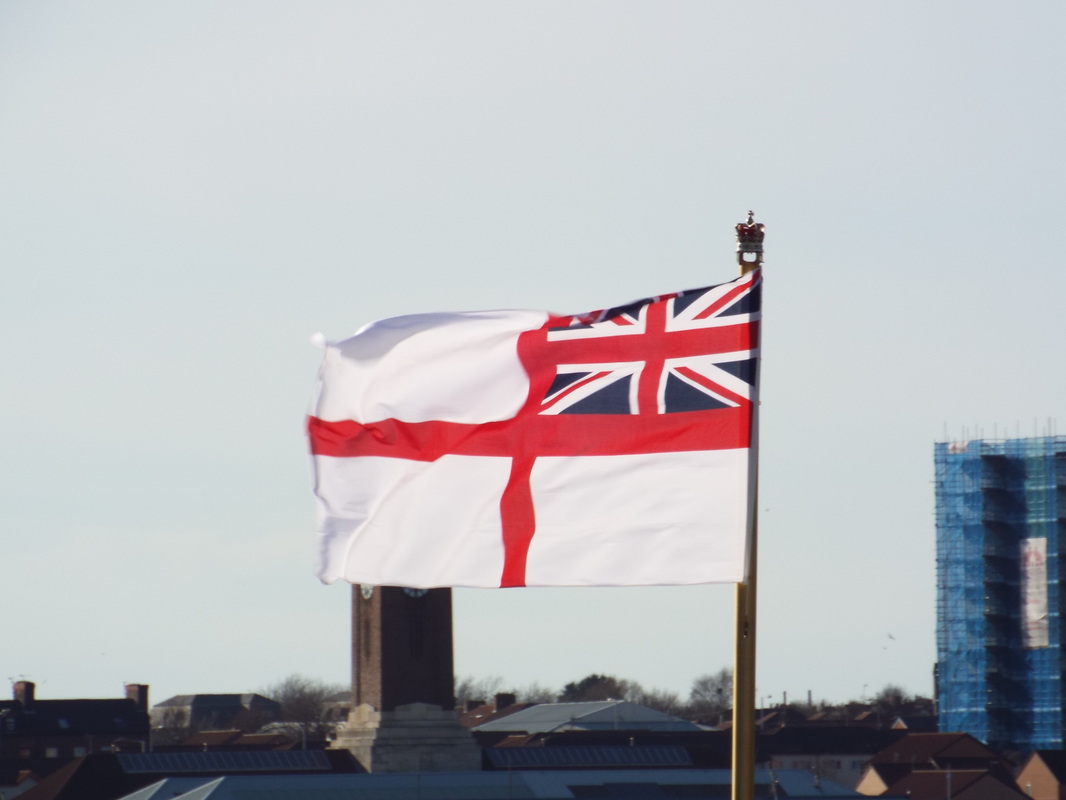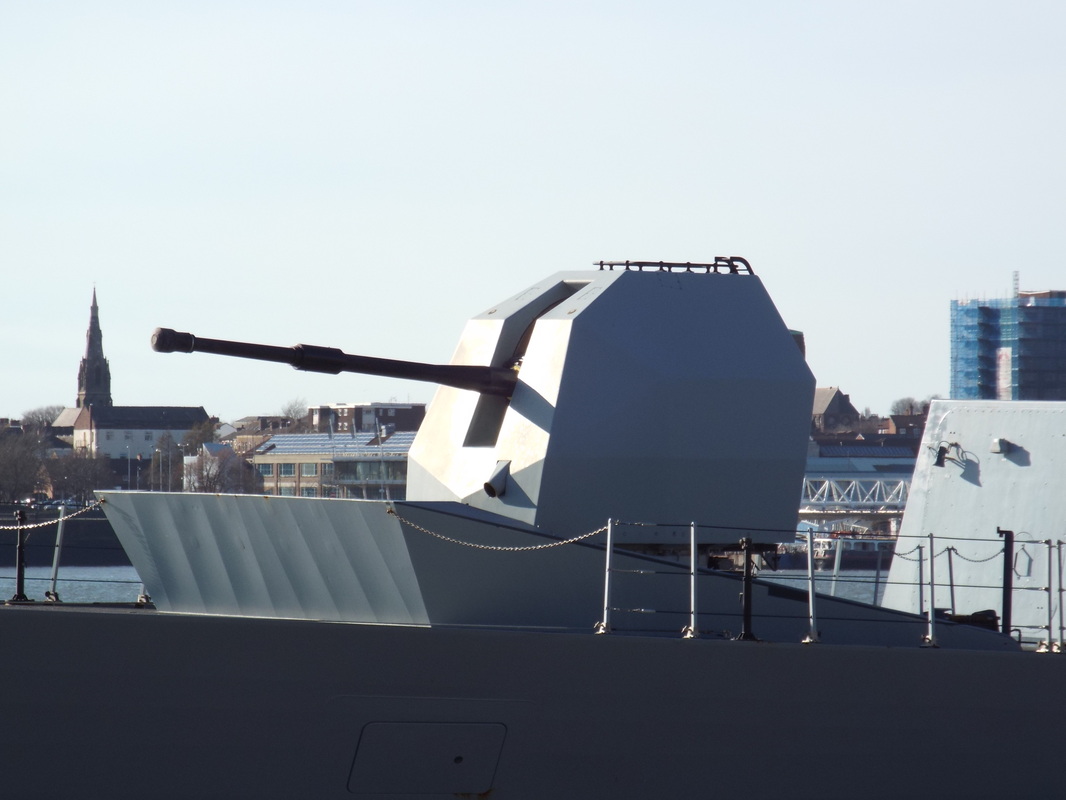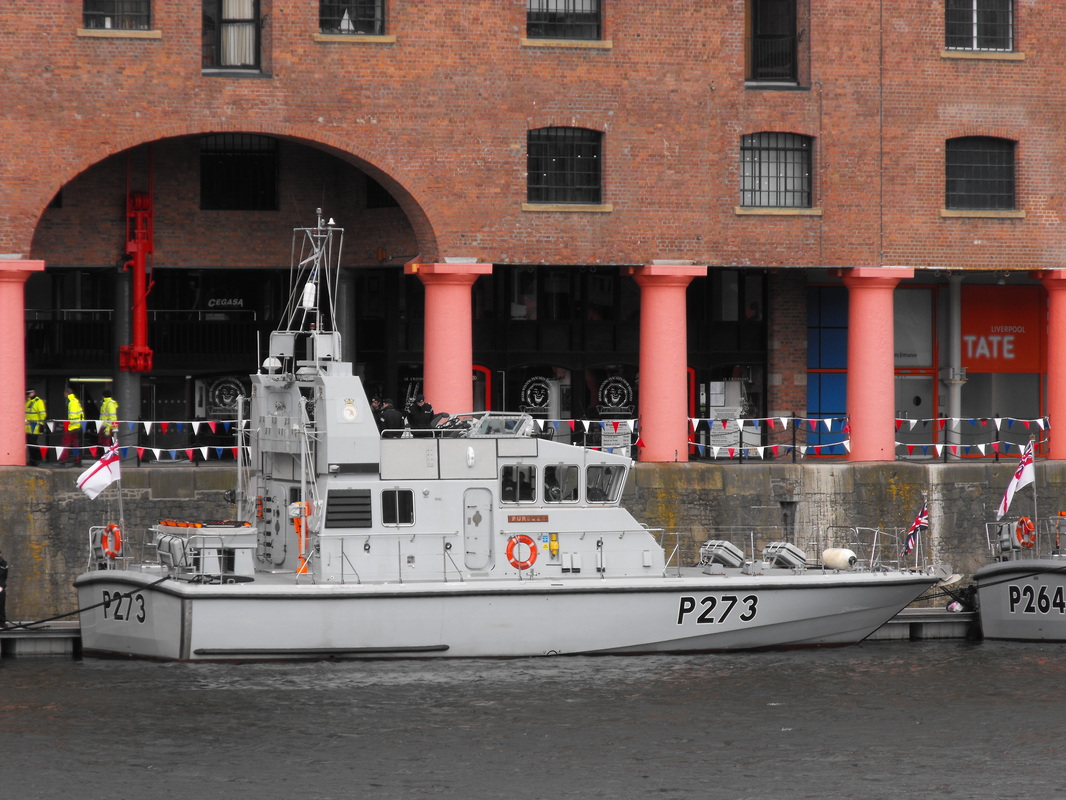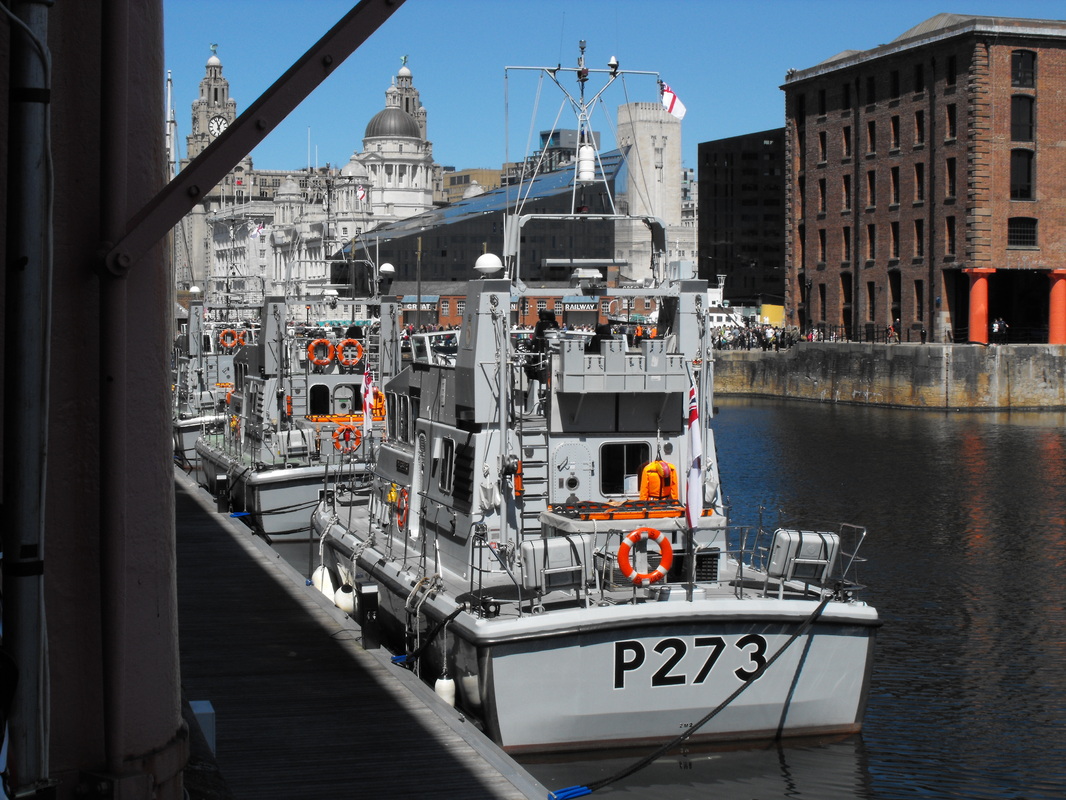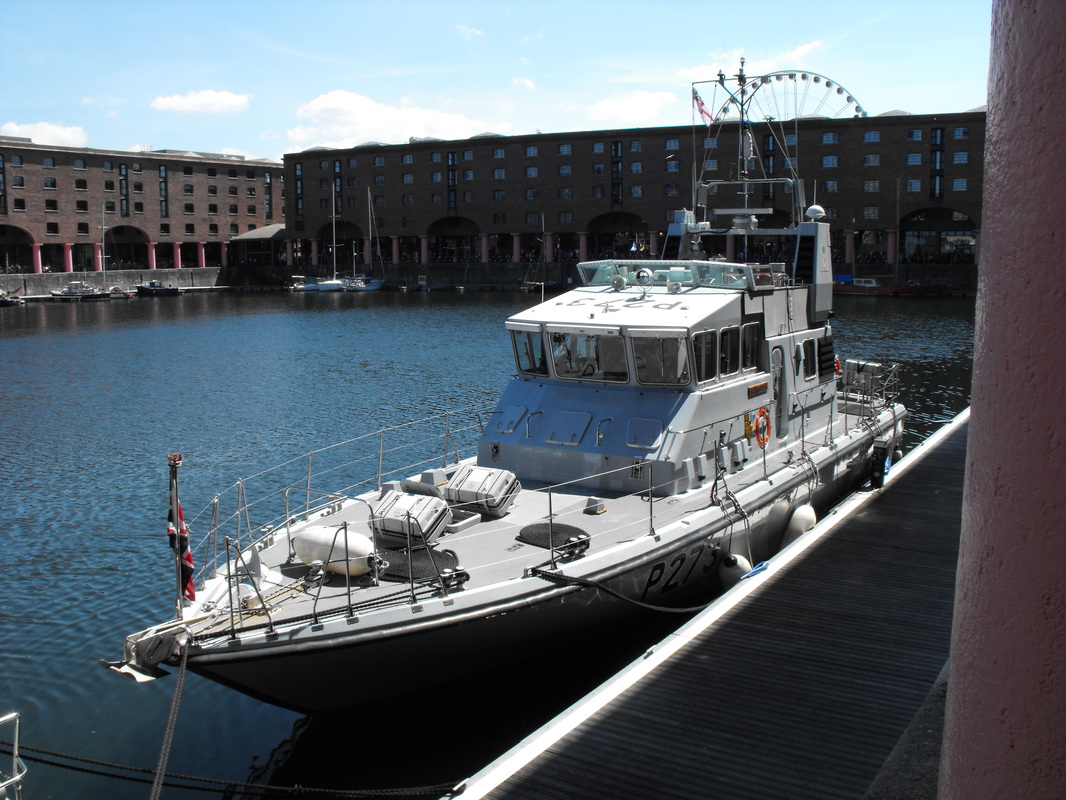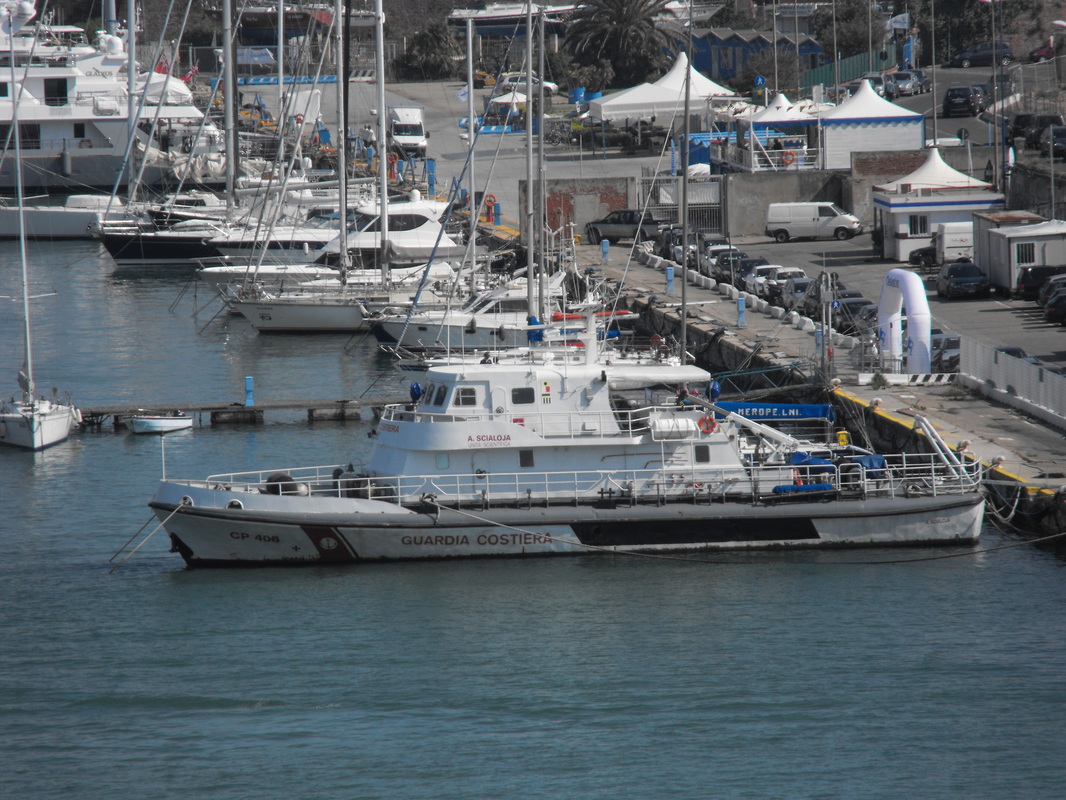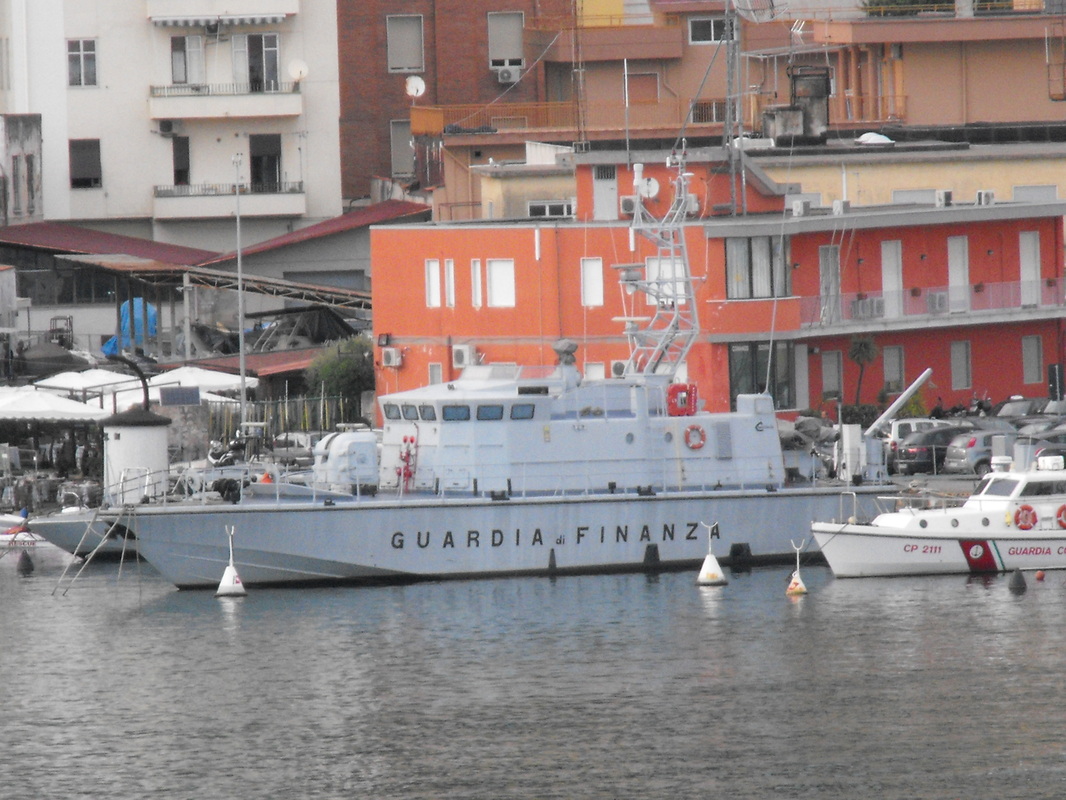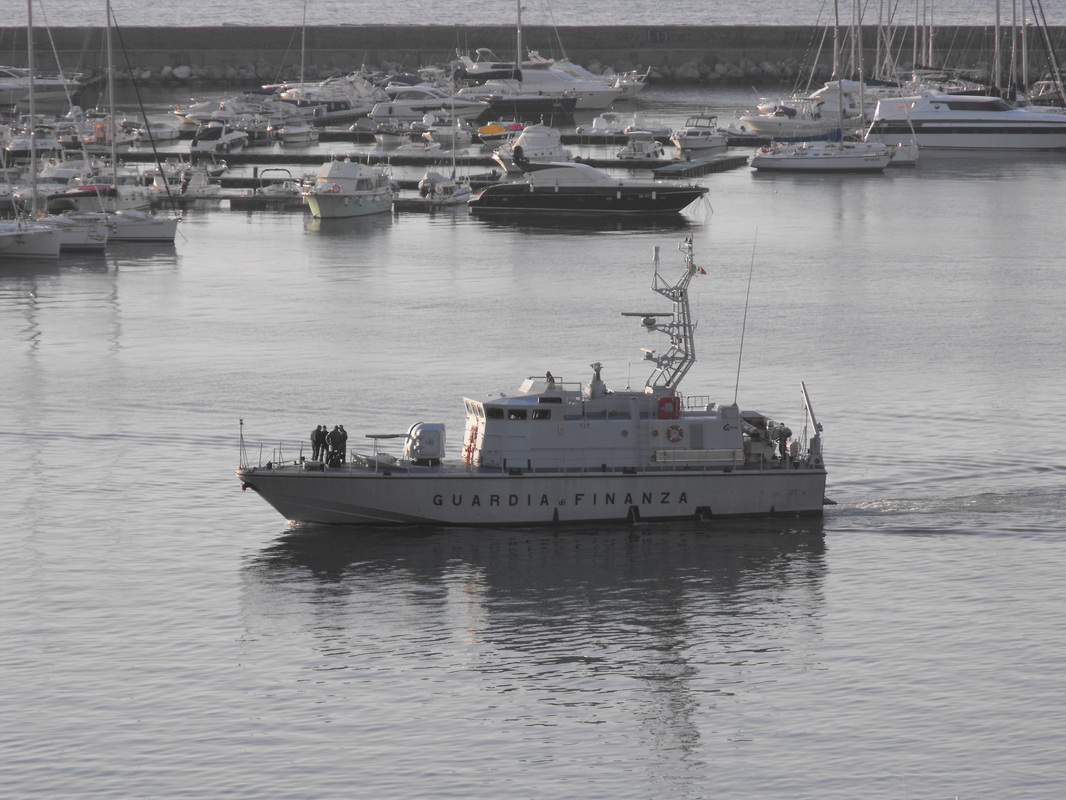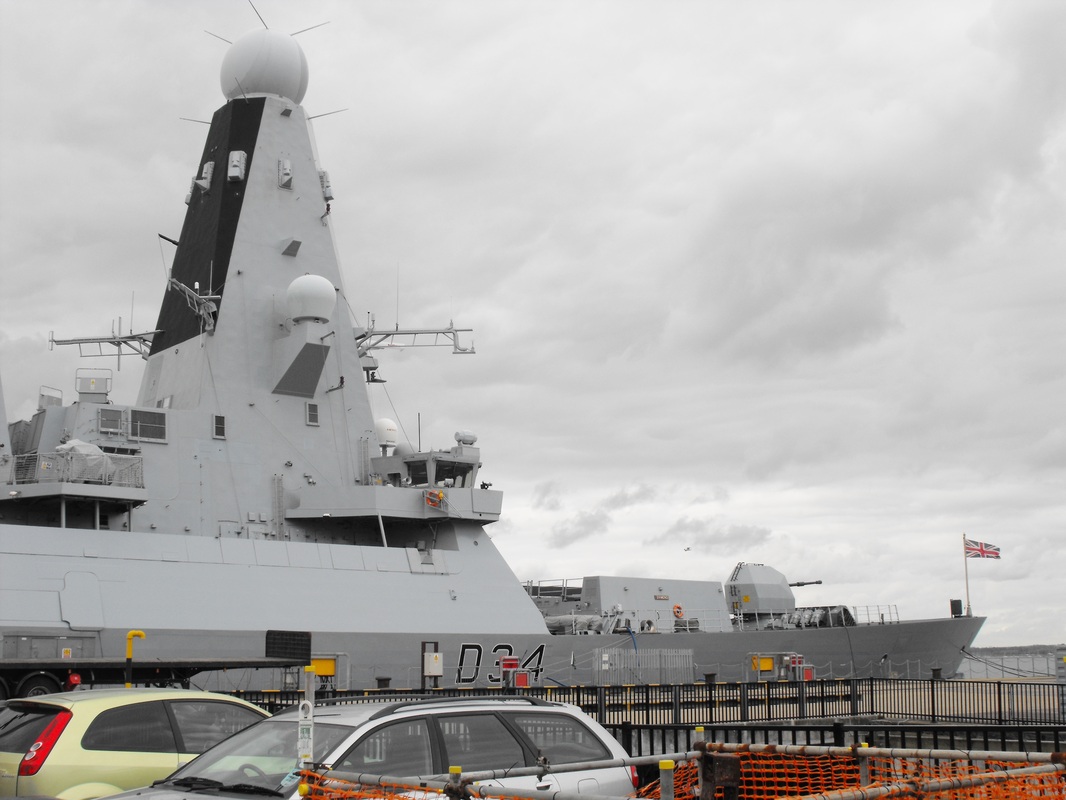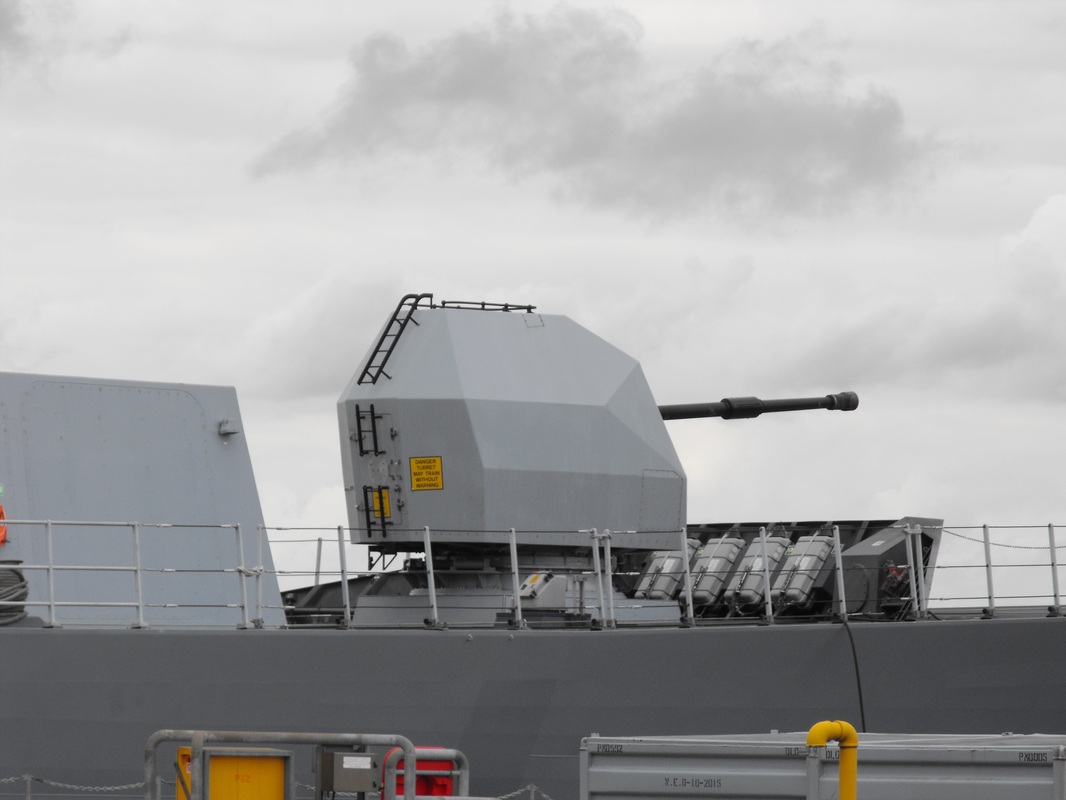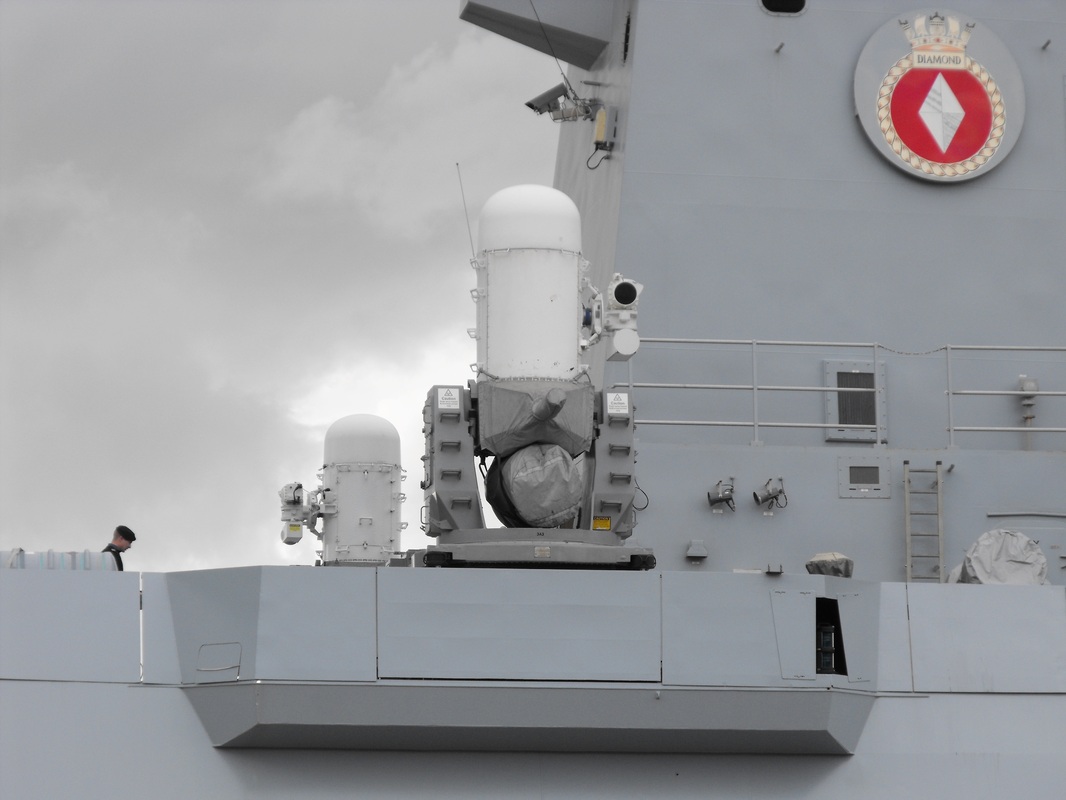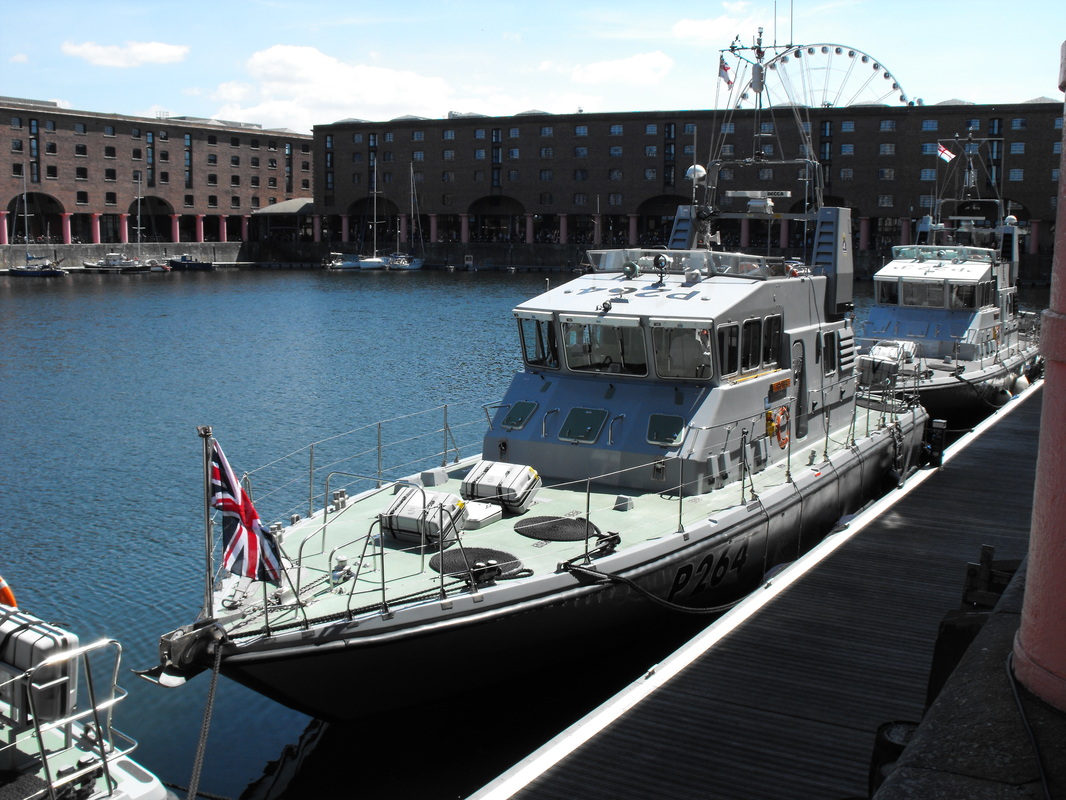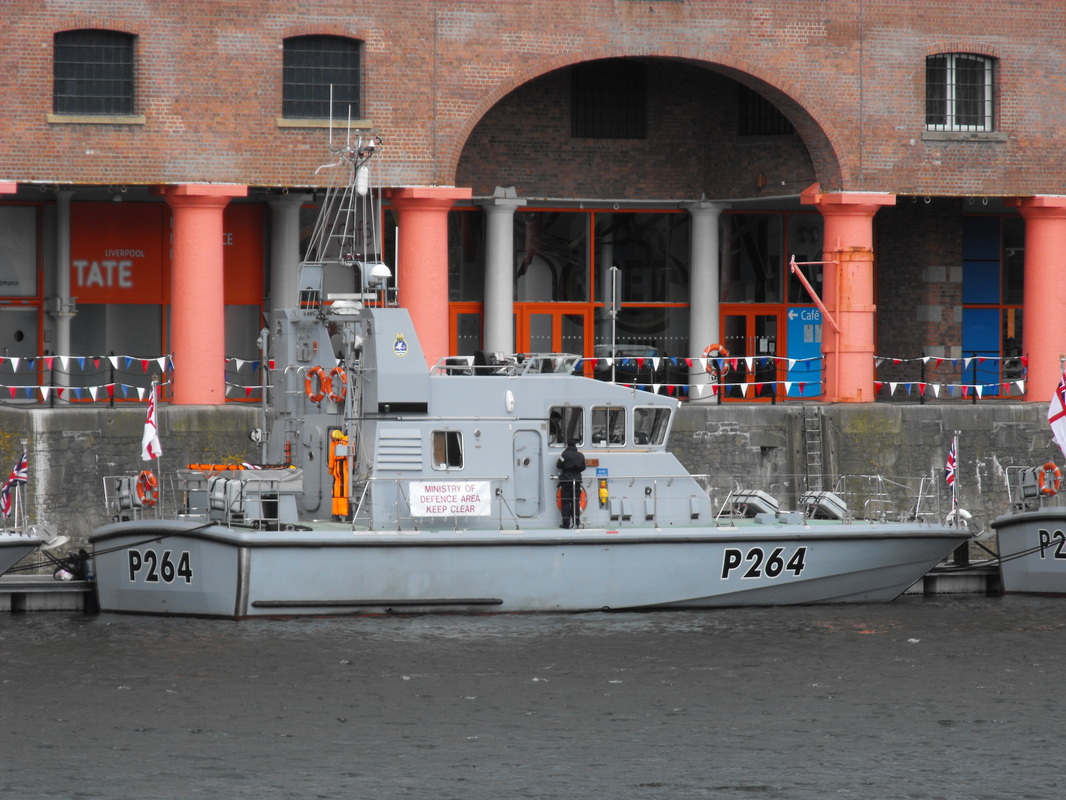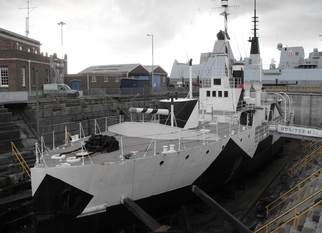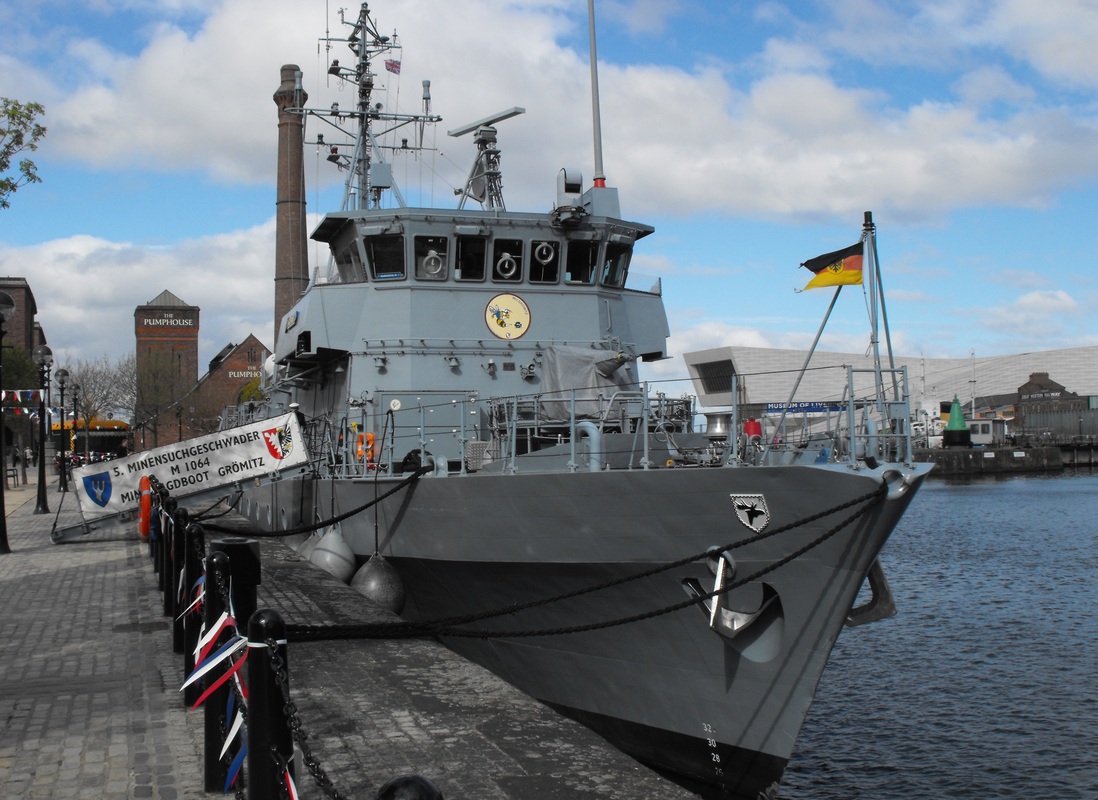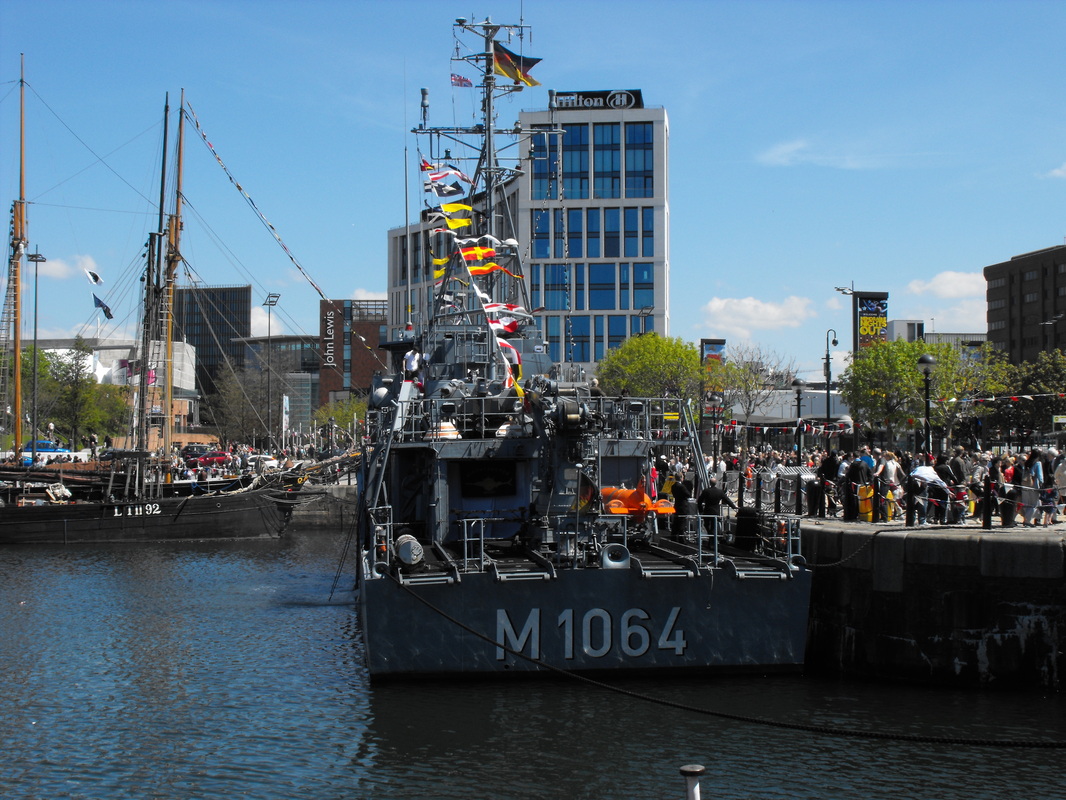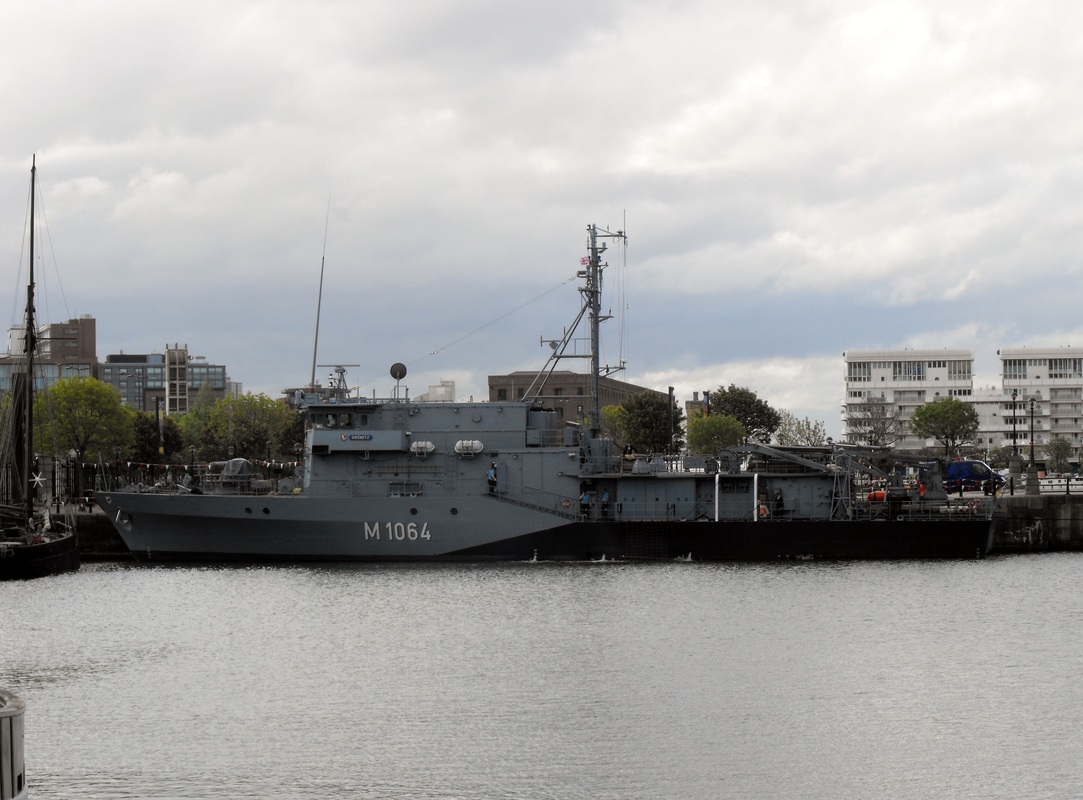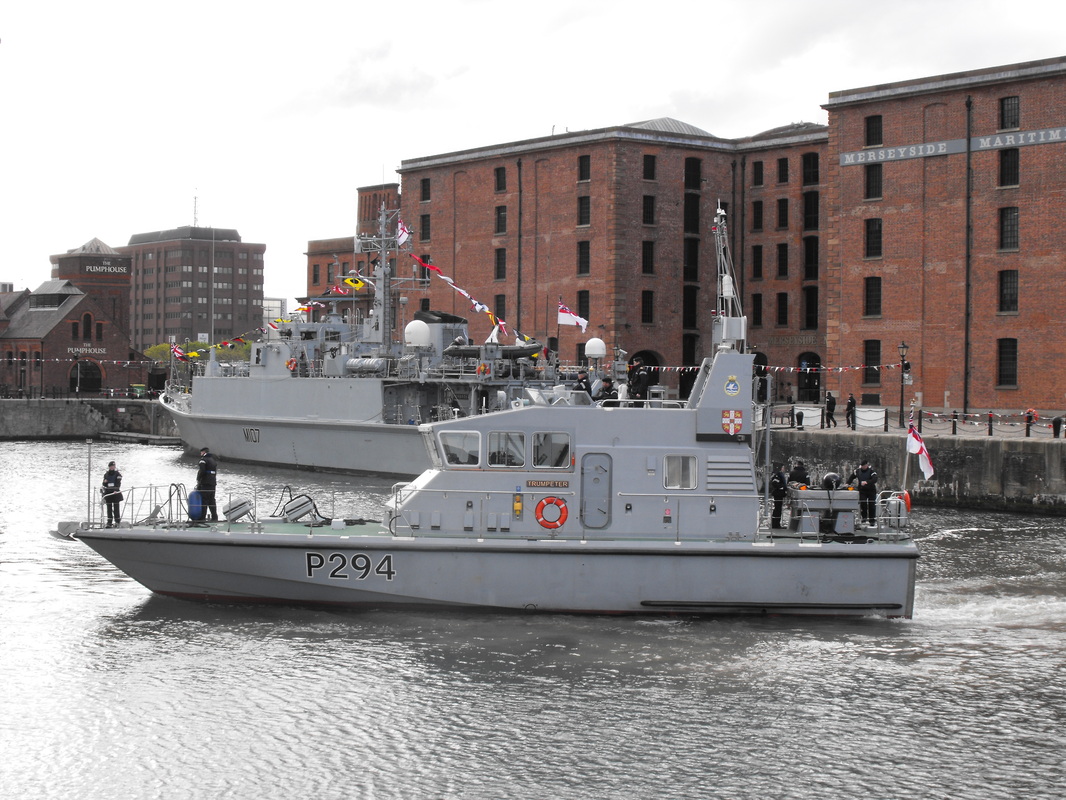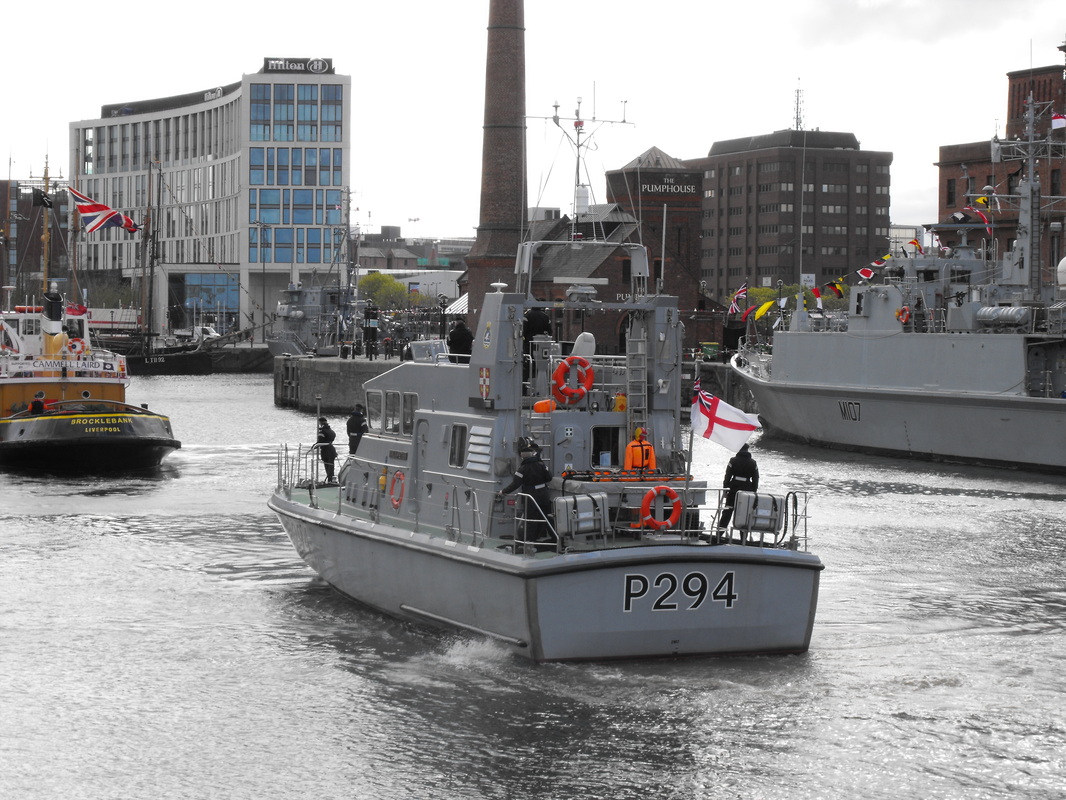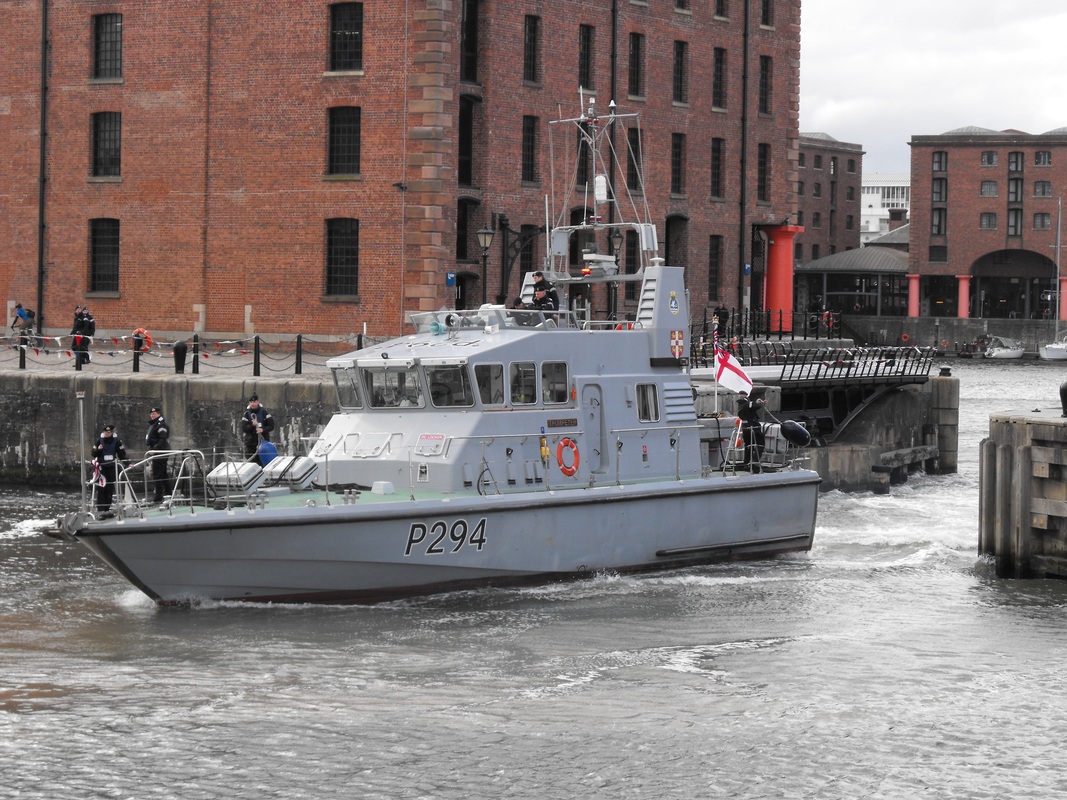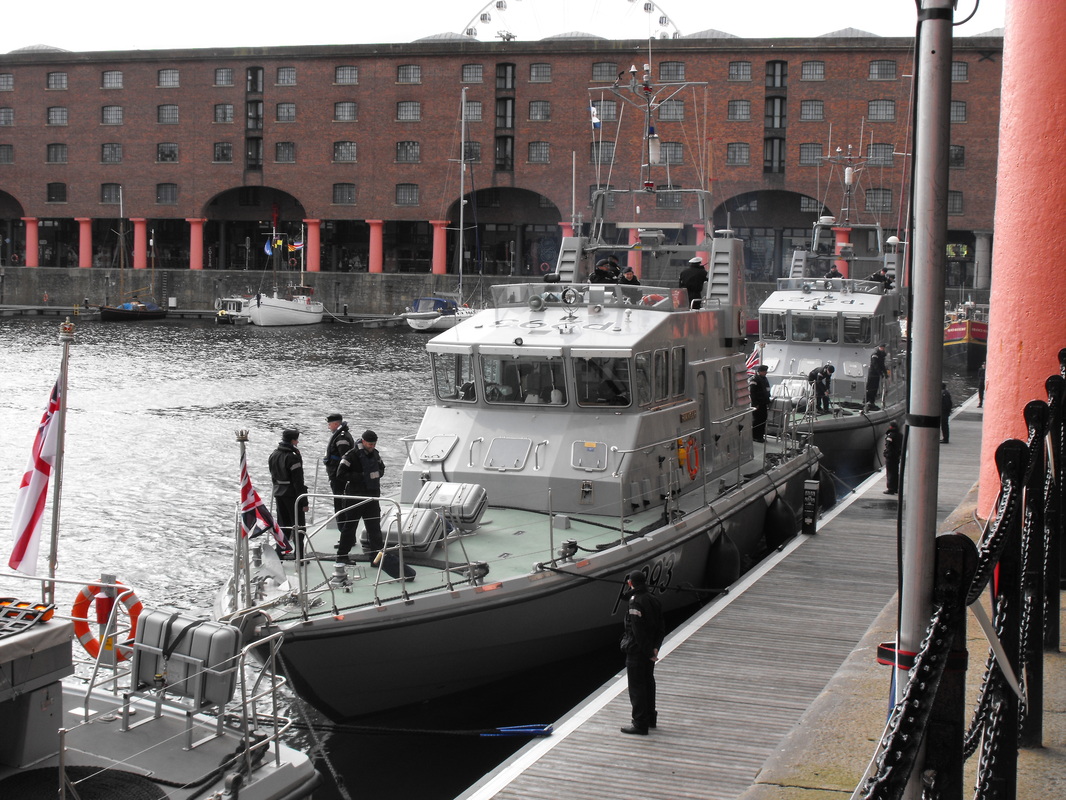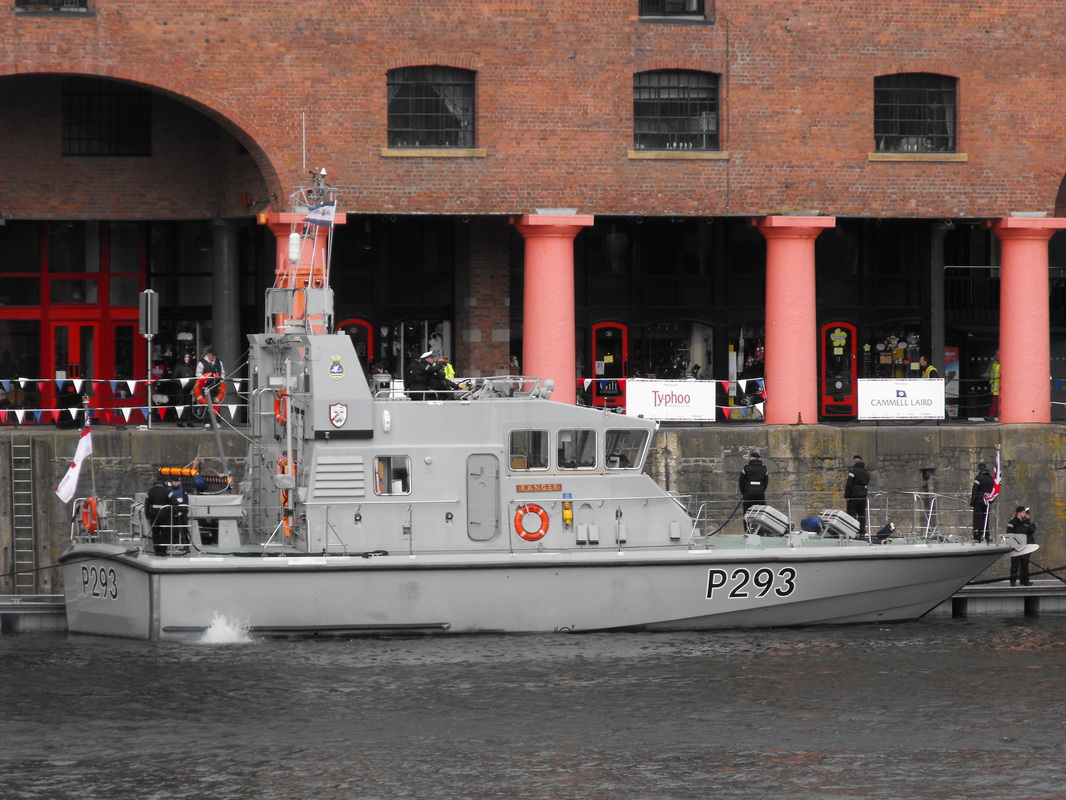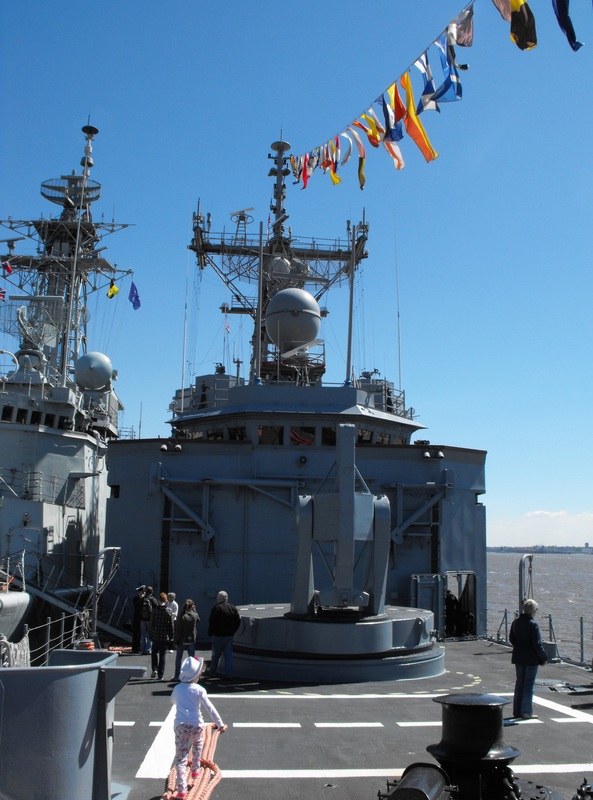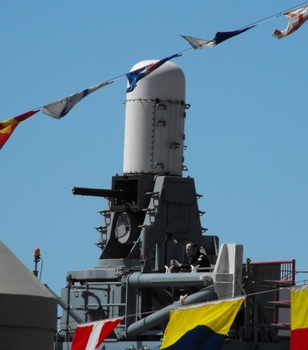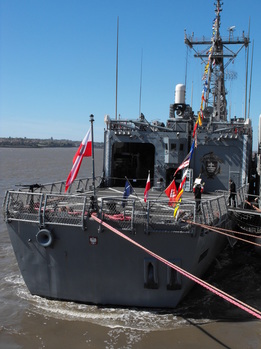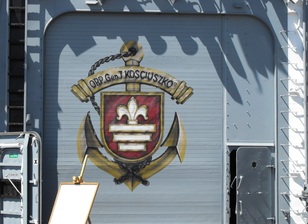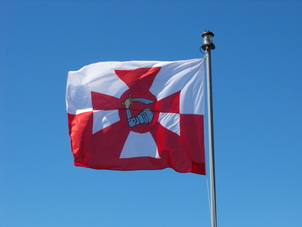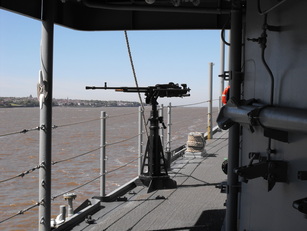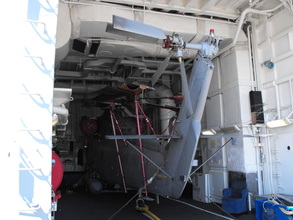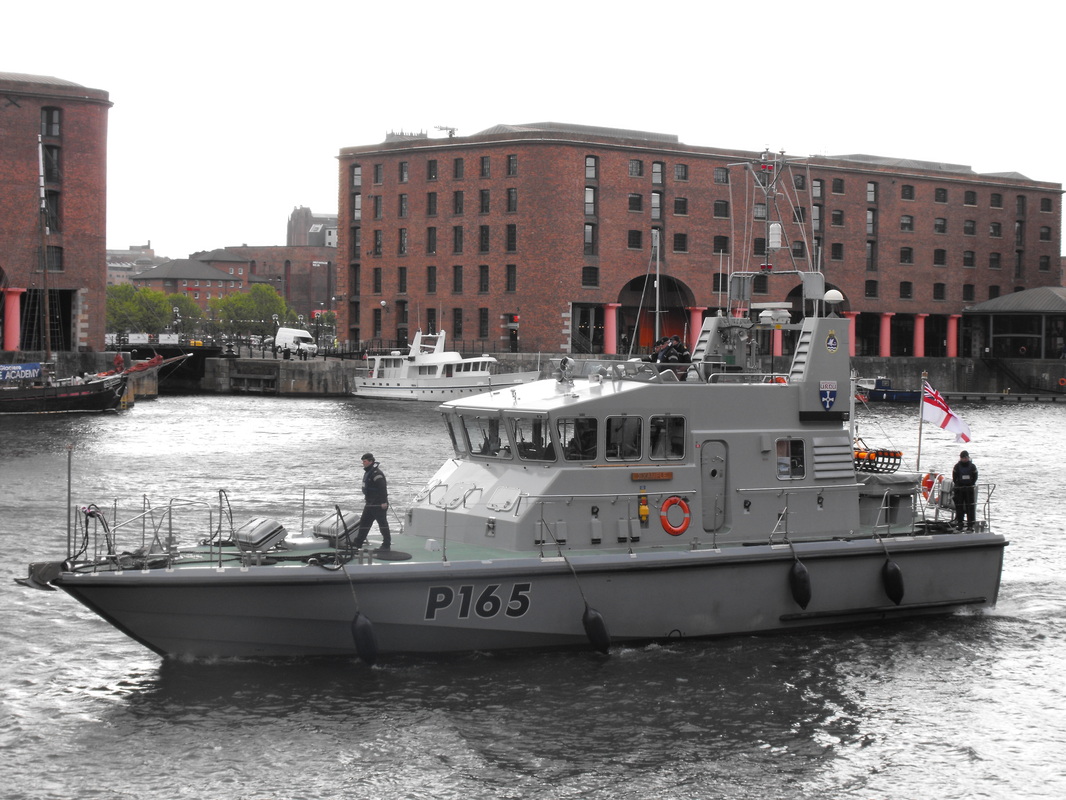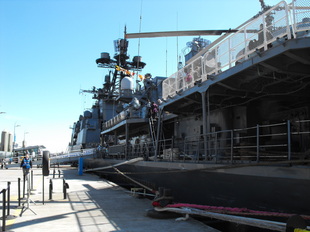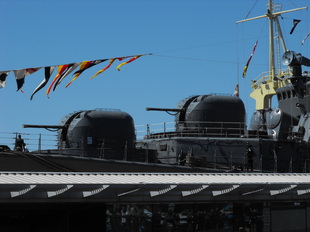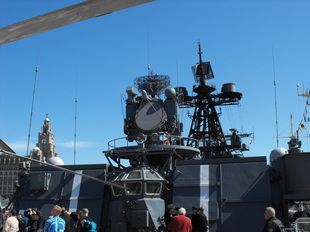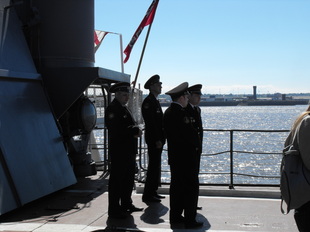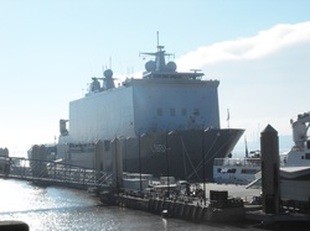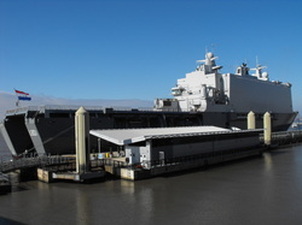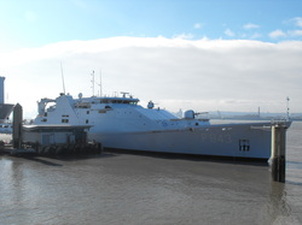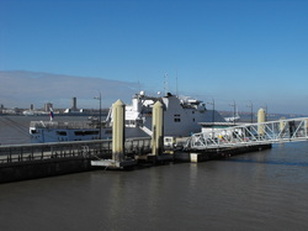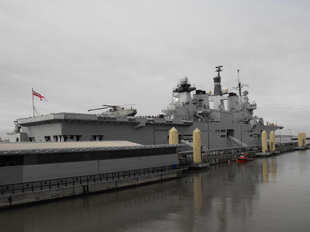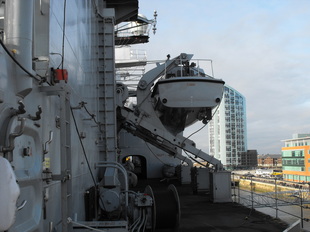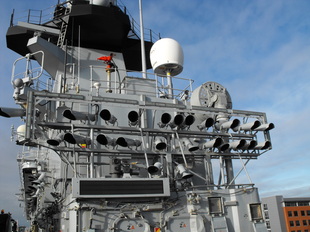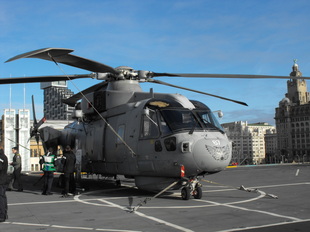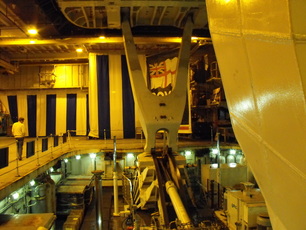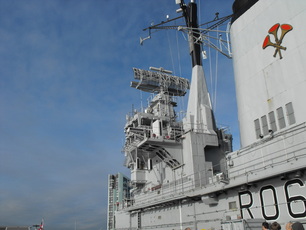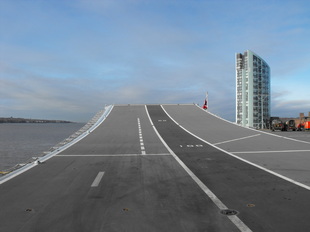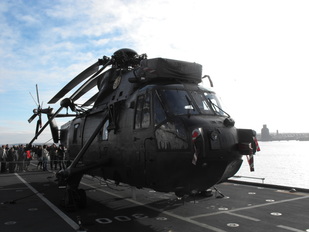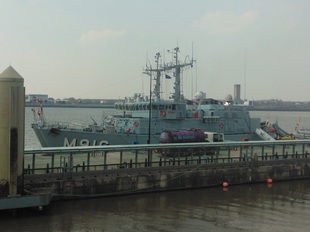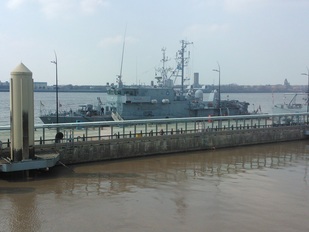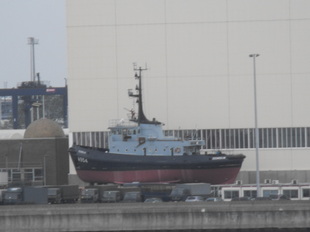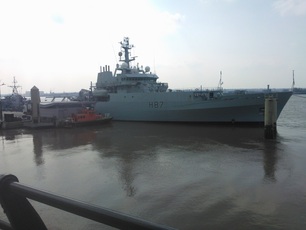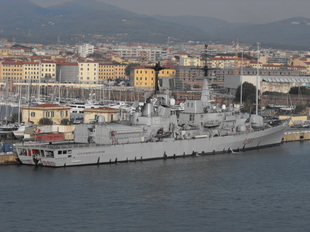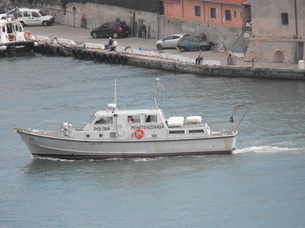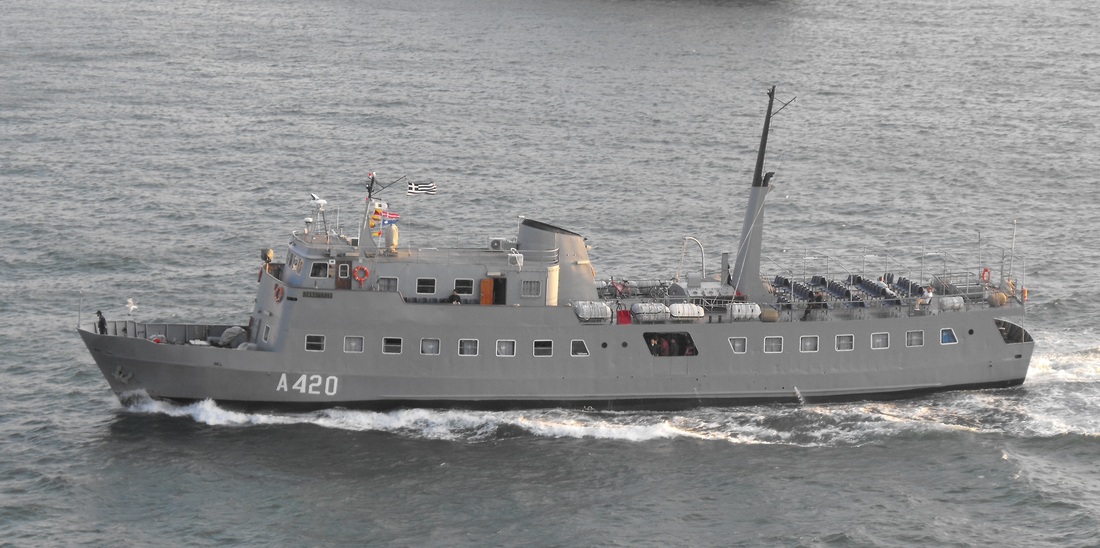HMS VICTORY - 1765
HMS Victory photographed in Portsmouth on 7 April 2015. She has had her upper masts removed for maintenance. I have toured the ship and it is a fantastic experience. On 7th May 1765 HMS Victory was floated out of the Old Single Dock in Chatham's Royal Dockyard. In the years to come, over an unusually long service, she would gain renown leading fleets in the American War of Independence, the French Revolutionary War and the Napoleonic War. In 1805 she achieved lasting fame as the flagship of Vice-Admiral Nelson in Britain's greatest naval victory, the defeat of the French and Spanish at the Battle of Trafalgar. For Victory, however, active service did not end with the loss of Nelson. In 1808 she was re-commissioned to lead the fleet in the Baltic, but four years later she was no longer needed in this role, and she was relegated to harbour service - serving as a residence, flagship and tender providing accommodation. In 1922 she was saved for the nation and placed permanently into dry dock where she remains today, visited by 25 million visitors as a museum of the sailing navy and the oldest commissioned warship in the world.
THAI POLICE VESSEL (1011)
Thai Police vessel 1011 photographed 26 August 2016 in Hua Hin Thailand. Sadly I cant find any details about her. She was one of a number of Thai Navy and police vessels stationed just off shore on guard duty during our stay.
HTMS PIN KLAO (413)
HTMS Pin Klao (413) photographed in Hua Hin Thailand on 1 August 2016.
She was originally built for the US Navy as the USS Hemminger (DE 746) a Cannon Class Escort Destroyer built during World War II. She was launched on 12 September 1943 by the Western Pipe & Steel Company in San Francisco, California and commissioned into the fleet on 30 May 1944.
She reached Pearl Harbour in August 1944 to train submarines, patrol between Pearl and Eniwetok and undertake hunter killer and anti-submarine operations.
In April 1945 she escorted a resupply convoy to Okinawa and during May and June 1945 she acted as a screen for a carrier group. In September 1945 she was detatched from the Pacific Fleet and undertook training operations out of Green Cove Florida before being put into reserve on 17 June 1946.Recomissioned on 1 December 1950 she undertook local operations along the US coastline with reserve training visits to Europe and South America.
She we decommissioned at New York Naval Shipyard on 21 February 1959 and then loaned to the Royal Thai Navy on 22 July 1959.
Displacement is 1,260t and she is 93m long with a 11.23m beam and 3.56m draft.
Propulsion =4 × GM Mod. 16-278A diesel engines with electric drive, 6,000 shp (4,474 kW), 2 screws.
Speed =21 knots and a range of 10,800 nm at 12 kn.
Complement = 15 officers and 201 enlisted.
Armament was originally
She was originally built for the US Navy as the USS Hemminger (DE 746) a Cannon Class Escort Destroyer built during World War II. She was launched on 12 September 1943 by the Western Pipe & Steel Company in San Francisco, California and commissioned into the fleet on 30 May 1944.
She reached Pearl Harbour in August 1944 to train submarines, patrol between Pearl and Eniwetok and undertake hunter killer and anti-submarine operations.
In April 1945 she escorted a resupply convoy to Okinawa and during May and June 1945 she acted as a screen for a carrier group. In September 1945 she was detatched from the Pacific Fleet and undertook training operations out of Green Cove Florida before being put into reserve on 17 June 1946.Recomissioned on 1 December 1950 she undertook local operations along the US coastline with reserve training visits to Europe and South America.
She we decommissioned at New York Naval Shipyard on 21 February 1959 and then loaned to the Royal Thai Navy on 22 July 1959.
Displacement is 1,260t and she is 93m long with a 11.23m beam and 3.56m draft.
Propulsion =4 × GM Mod. 16-278A diesel engines with electric drive, 6,000 shp (4,474 kW), 2 screws.
Speed =21 knots and a range of 10,800 nm at 12 kn.
Complement = 15 officers and 201 enlisted.
Armament was originally
- 3 × single Mk.22 3"/50 calibre guns
- 3 × twin 40mm Mk 1 AA guns
- 8 × 20mm Mk 4 AA gunss
- 3 × 21 in (533 mm) torpedo tubes
- 1 × hedgehog Mk 10 anti-submarine mortar
- 8 × Mk.6 depth charge projectors
- 2 × Mk.9 depth charge tracks
Pin Klao leads four other Royal Thai Naval Vessels during a training exercise.
HMS DUNCAN (D37)
HMS Duncan photographed during her open day in Liverpool on 25 June 2016. We arrived mid morning and was surprised to see that there was no queue to see her. She is the sixth and last Type 45 Destroyer and is names after Viscount Adam Duncan who defeated a Dutch fleet at the battle of Camperdown on 11 October 1797.
She was launched on 11 October 2010 and commissioned into the fleet on 26 September 2013[
Her overall length is 152.4m with a 21.2m beam and 7.4m draught and she is powered by two Rolls-Royce WR-21 Gas Turbine (28,800 shp each ) giving a maximum speed of 29 Knots and a range of 7,000 nm at 18 Knots.
Armament consists of the Sea Viper Missile System and Aster 15 and 30 missiles, 4.5 inch naval gun together with CIWS, miniguns and GPMG's.
The vessels phased array Sampson radar which has a range of 400 km enables the ship to react to and engage multiple targets. The Aster 15 missiles have a range of 30km and speed of Mach 3 whilst the Aster 30 variant has a range of 100km and with a speed of Mach 4.5 is the ships area Air Defence Missile. can be seen between the main
gun and bridge.
In her hanger she has Lynx or Merlin helicopters which can be armed with Sea Skua anti-ship missiles or anti-submarine torpedoes.
She was launched on 11 October 2010 and commissioned into the fleet on 26 September 2013[
Her overall length is 152.4m with a 21.2m beam and 7.4m draught and she is powered by two Rolls-Royce WR-21 Gas Turbine (28,800 shp each ) giving a maximum speed of 29 Knots and a range of 7,000 nm at 18 Knots.
Armament consists of the Sea Viper Missile System and Aster 15 and 30 missiles, 4.5 inch naval gun together with CIWS, miniguns and GPMG's.
The vessels phased array Sampson radar which has a range of 400 km enables the ship to react to and engage multiple targets. The Aster 15 missiles have a range of 30km and speed of Mach 3 whilst the Aster 30 variant has a range of 100km and with a speed of Mach 4.5 is the ships area Air Defence Missile. can be seen between the main
gun and bridge.
In her hanger she has Lynx or Merlin helicopters which can be armed with Sea Skua anti-ship missiles or anti-submarine torpedoes.
Looking towards the bow.
|
Duncan's 4.5 in / 55 Mk 8 Mod 1 gun is capable of firing 25 rounds/min up to 27,000m in an anti-surface role and 6,000m in an anti-aircraft role.
|
The 48 cell SYLVER A50 vertical missile launcher.
|
View inside the main gun showing the automatic loading mechanism.
One of two Raytheon 20mm Phalanx Block 1B Mk15 CIWS Phalanx Block 1B Close In Weapon Systems.
This is the latest upgrade for this weapon and uses a thermal imager Automatic Acquisition Video Tracker (AAVT) and stablilisation system that allow the CIWS to engage small surface targets, slow-moving air
targets, and hovering helicopters.
The rate of fire is up to 4500 rounds / min.
This type of weapon was first deployed on the USS America in 1980.
This is the latest upgrade for this weapon and uses a thermal imager Automatic Acquisition Video Tracker (AAVT) and stablilisation system that allow the CIWS to engage small surface targets, slow-moving air
targets, and hovering helicopters.
The rate of fire is up to 4500 rounds / min.
This type of weapon was first deployed on the USS America in 1980.
HTMS CHIK (842)
Long range photograph of HTMS Chik (842) taken as I walked along the beach in Hua Hin on 21 July 2016. She was one of a number of naval ships moored just off the coast.
The ships are on guard/ protection duty to the nearby royal residences which also includes an exclusion zone along the seafront to all maritime vessels including jet skies and small boats.
From reading articles on the internet the naval presence is semi-permanent and ships in the Thai Navy operate on three month rotational basis. Around 300 naval personnel are involved and up to six warships. They are provisioned by local suppliers and may also be visited by refueling vessels returning to base at Sattahip (Chonburi Province) for any maintenance.
REG - TH
Chuang Class Water Ship
Built - Mahidol Adulyadej Naval Yard
L 33m W 6m
GT - 180
Year - 1966
Hua Hin, 21 July 2016
The ships are on guard/ protection duty to the nearby royal residences which also includes an exclusion zone along the seafront to all maritime vessels including jet skies and small boats.
From reading articles on the internet the naval presence is semi-permanent and ships in the Thai Navy operate on three month rotational basis. Around 300 naval personnel are involved and up to six warships. They are provisioned by local suppliers and may also be visited by refueling vessels returning to base at Sattahip (Chonburi Province) for any maintenance.
REG - TH
Chuang Class Water Ship
Built - Mahidol Adulyadej Naval Yard
L 33m W 6m
GT - 180
Year - 1966
Hua Hin, 21 July 2016
USNS ZEUS (T-ARC-7)
USNS Zeus photographed in Portsmouth naval base on 27 October 2015.
She was the first cable ship designed and built by the U.S. Navy.
Her role is the installation and maintenance of submarine cable systems.
She is fitted with a wide array of cable handling equipment and can lay up to 1,000 miles of cable in depths of up to 9,000 feet without resupply and is also equipped with both single-beam and multi-beam sonars for bottom profiling and can deploy towed sidescan sonars and camera sleds.
Built by National Steel and Shipbuilding Co., San Diego, CA she is 157m long and has a 24m beam. Propulsion is diesel electric, twin shafts (10,200 shp) giving a speed of 15 knots. Displacement is 14,563.34 tons. She can carry upto 86 personnel.
MMSI - 367212000
REG - US
IMO - 7932408
Call Sign - NVTM
Cable Ship
Built - National Steel & Shipbuilding Co, San Diego, US
Yard No.418
L 157m x W 24m
GT - 14563
Year - 1984
Portsmouth - 27 October 2015
She was the first cable ship designed and built by the U.S. Navy.
Her role is the installation and maintenance of submarine cable systems.
She is fitted with a wide array of cable handling equipment and can lay up to 1,000 miles of cable in depths of up to 9,000 feet without resupply and is also equipped with both single-beam and multi-beam sonars for bottom profiling and can deploy towed sidescan sonars and camera sleds.
Built by National Steel and Shipbuilding Co., San Diego, CA she is 157m long and has a 24m beam. Propulsion is diesel electric, twin shafts (10,200 shp) giving a speed of 15 knots. Displacement is 14,563.34 tons. She can carry upto 86 personnel.
MMSI - 367212000
REG - US
IMO - 7932408
Call Sign - NVTM
Cable Ship
Built - National Steel & Shipbuilding Co, San Diego, US
Yard No.418
L 157m x W 24m
GT - 14563
Year - 1984
Portsmouth - 27 October 2015
USS VICKSBURG (CG69)
USS Vicksburg (CG69) photographed in Liverpool on 25 May 2015.
She is a Ticonderoga Class Guided Missile Cruiser and was built by Ingalls Shipbuilding in Pascagoula, Mississippi. Her keel was laid down on 30 May 1990 and she was launched on 7 September 1991 before being commissioned on 14 November 1992.
The previous USS Vicksburg was a light cruiser which served in World War II and the current Vickburg's badge has two stars on the streamer running from the eagles beak to represent the two battle stars awarded to her predesesor.
Overall she is 173m long with a 17.8m beam and 10.2m draft.
Propulsion is via 4 x General Electric LM2500 gas turbine engines (60,00kW) with two controllable five bladed reversible pitch propellers giving a maximum speed in excess of 32 knots.
Complement is approximatly 400.
Armament consists of 2 x 61 cell Mk41 vertical launch systems which can accommodate a mix of different missiles including RIM-66M-5 Standard SM-2MR Block IIIB, RIM-156A SM-2ER Block IV, RIM-161 SM-3, RIM-162A ESSM, RIM-174A Standard ERAM, BGM-109 Tomahawk & RUM-139A VL-ASROC.
She is also equipped with Mark 46 torpedoes, Harpoon missile launchers, two mark 45 5 inch/54 calibre guns, two phalanx CIWS and two Mk 38 Mod 2 25mm machine gun systems.
The rear hanger can accommodate two Sikorsky helicopters.
She is a Ticonderoga Class Guided Missile Cruiser and was built by Ingalls Shipbuilding in Pascagoula, Mississippi. Her keel was laid down on 30 May 1990 and she was launched on 7 September 1991 before being commissioned on 14 November 1992.
The previous USS Vicksburg was a light cruiser which served in World War II and the current Vickburg's badge has two stars on the streamer running from the eagles beak to represent the two battle stars awarded to her predesesor.
Overall she is 173m long with a 17.8m beam and 10.2m draft.
Propulsion is via 4 x General Electric LM2500 gas turbine engines (60,00kW) with two controllable five bladed reversible pitch propellers giving a maximum speed in excess of 32 knots.
Complement is approximatly 400.
Armament consists of 2 x 61 cell Mk41 vertical launch systems which can accommodate a mix of different missiles including RIM-66M-5 Standard SM-2MR Block IIIB, RIM-156A SM-2ER Block IV, RIM-161 SM-3, RIM-162A ESSM, RIM-174A Standard ERAM, BGM-109 Tomahawk & RUM-139A VL-ASROC.
She is also equipped with Mark 46 torpedoes, Harpoon missile launchers, two mark 45 5 inch/54 calibre guns, two phalanx CIWS and two Mk 38 Mod 2 25mm machine gun systems.
The rear hanger can accommodate two Sikorsky helicopters.
TCG GOKSU (F497)
TCG Goksu photographed in Liverpool on 25 April 2015. She was visiting the city after a NATO exercise and was moored behind the USS Vicksburg.
Previously she was the Oliver Hazard Perry Guided Missile Frigate USS Estocin (FFG 15) but was disposed through the Security Assistance Programme to the Turkish navy in April 2003.
She was ordered in February 1976 and built by the Bath Iron Works in Bath, Maine. Launched on 3 November 1979 she was commissioned into the fleet on 10 January 1981.
Overall she is 136m long with a 14m beam and 6.8m draught. Propulsion comprises General Electric LM2500-30 gas turbines generating 41,000 shp through a single shaft and variable pitch propeller giving a top speed in excess of 29 knots. She also has retractable 260kW retractable Azimuth thrusters for manoeuvring and docking.
Complement is 226 including pilots and aircraft maintainers.
Armament includes a OTO Melara Mk 75 76mm/62 calibre naval gun, a single Vulcan phalanx CIWS, 4 No. 50 calibre machine guns and a Mk 13 Mod 4 single arm launcher for Harpoon Anti-ship missiles and SM-1MR Ant-Ship anti-Aircraft missiles.
Previously she was the Oliver Hazard Perry Guided Missile Frigate USS Estocin (FFG 15) but was disposed through the Security Assistance Programme to the Turkish navy in April 2003.
She was ordered in February 1976 and built by the Bath Iron Works in Bath, Maine. Launched on 3 November 1979 she was commissioned into the fleet on 10 January 1981.
Overall she is 136m long with a 14m beam and 6.8m draught. Propulsion comprises General Electric LM2500-30 gas turbines generating 41,000 shp through a single shaft and variable pitch propeller giving a top speed in excess of 29 knots. She also has retractable 260kW retractable Azimuth thrusters for manoeuvring and docking.
Complement is 226 including pilots and aircraft maintainers.
Armament includes a OTO Melara Mk 75 76mm/62 calibre naval gun, a single Vulcan phalanx CIWS, 4 No. 50 calibre machine guns and a Mk 13 Mod 4 single arm launcher for Harpoon Anti-ship missiles and SM-1MR Ant-Ship anti-Aircraft missiles.
HMS BELFAST (C35)
HMS Belfast photographed in London on 8 February 2016.
I was staying in a hotel on the North side of the River Thames for a two day course and took this photograph during an after dinner walk across Tower Bridge and along the river front.
She is one of ten Town Class Light Cruisers and was built by Harland & Wolff in Belfast as Yard Number 1000. Construction work started in December 1936 and she was launched in March 1938 by Anne Chamberlain wife of the Prime Minister before being commissioned in August 1939.
The Town Class originated in 1933 as a response to the Imperial Japanese Navy's Mogami Class Cruiser. The Admiralty requirement was for a 9000 ton cruiser, sufficiently armoured to take a direct hit from an 8-Inch shell, capable of 32 knots ,mounting twelve 6 Inch guns, capable of its own air defence and carrying a seaplane to ensure shipping lanes to be patrolled over a wide area.
HMS Belfast is of the Second Town Class dating to 1935 which had improved firepower in triple turrets and thicker deck armour.
Originally she was 187m long with a 19.3m beam and 5.3m draft. She was propelled by three drum fired water tube boilers, turning Parsons steam turbines, driving four propeller shafts. She had a maximum range of over 8600 nautical miles at 13 Knots and a top speed of 32.5 Knots.
Her armament originally consisted of twelve Mark XXIII 6 Inch guns in four triple turrets, secondary armament included twelve 4 Inch guns in six twin mounts and sixteen 2 Pounders in two eight barrel mountings for air defence in addition to two quadruple 0.50 inch machine guns. Belfast was also equipped with six MK IV 6 Inch torpedo tubes and Mark VII depth charges.
Her main armour belt was 110mm thick with 76mm thick armour on deck, the armour on her main turrets is 100mm thick.
In November 1939 she struck a German mine and spent two years undergoing extensive repairs, returning to active service in November 1942 with improved firepower, radar equipment and armour she saw service escorting Arctic convoys to Russia and played a role in the Battle of North Cape assisting in the destruction of the German warship Scharnhorst. In 1944 she took part in Operation Overlord supporting the Normandy Landings. In June 1945 she was redeployed to the Far East to join the British Pacific Fleet and saw action in 1950-1952 during the Korean War.
Extensively modernised between 1956 and 1959 she served for a number of years before entering the reserve in 1963.
I was staying in a hotel on the North side of the River Thames for a two day course and took this photograph during an after dinner walk across Tower Bridge and along the river front.
She is one of ten Town Class Light Cruisers and was built by Harland & Wolff in Belfast as Yard Number 1000. Construction work started in December 1936 and she was launched in March 1938 by Anne Chamberlain wife of the Prime Minister before being commissioned in August 1939.
The Town Class originated in 1933 as a response to the Imperial Japanese Navy's Mogami Class Cruiser. The Admiralty requirement was for a 9000 ton cruiser, sufficiently armoured to take a direct hit from an 8-Inch shell, capable of 32 knots ,mounting twelve 6 Inch guns, capable of its own air defence and carrying a seaplane to ensure shipping lanes to be patrolled over a wide area.
HMS Belfast is of the Second Town Class dating to 1935 which had improved firepower in triple turrets and thicker deck armour.
Originally she was 187m long with a 19.3m beam and 5.3m draft. She was propelled by three drum fired water tube boilers, turning Parsons steam turbines, driving four propeller shafts. She had a maximum range of over 8600 nautical miles at 13 Knots and a top speed of 32.5 Knots.
Her armament originally consisted of twelve Mark XXIII 6 Inch guns in four triple turrets, secondary armament included twelve 4 Inch guns in six twin mounts and sixteen 2 Pounders in two eight barrel mountings for air defence in addition to two quadruple 0.50 inch machine guns. Belfast was also equipped with six MK IV 6 Inch torpedo tubes and Mark VII depth charges.
Her main armour belt was 110mm thick with 76mm thick armour on deck, the armour on her main turrets is 100mm thick.
In November 1939 she struck a German mine and spent two years undergoing extensive repairs, returning to active service in November 1942 with improved firepower, radar equipment and armour she saw service escorting Arctic convoys to Russia and played a role in the Battle of North Cape assisting in the destruction of the German warship Scharnhorst. In 1944 she took part in Operation Overlord supporting the Normandy Landings. In June 1945 she was redeployed to the Far East to join the British Pacific Fleet and saw action in 1950-1952 during the Korean War.
Extensively modernised between 1956 and 1959 she served for a number of years before entering the reserve in 1963.
HNOMS THOR HERERDAHL (F314)
Nasen Class Anti-Submarine Warfare Frigate Thor Hererdahl (F314) photographed in Liverpool Docks on 25 April 2015.
She is one of five vessels built by Navantia of Spain for the Norwegian Navy , her sister ships are HNoMS Fridtjof Nansen (F 310), Roald Amundsen (F 311), Otto Sverdrup (F 312) and Helge Ingstad (F 313), the Nasen Class replaced the Oslo class which had been in service since 1966.
The main mission of the frigate is anti-submarine warfare and the ship is equipped to detect, identify, track, engage and attack hostile submarines, the ship is also equipped for anti-air warfare and anti-surface warfare roles and can carry out non-combatant tasks in peacetime
The 4,600t ship has five decks and two superstructures, the welded steel, 132m monohull has 13 watertight compartments for enhanced survivability.
She has a CODAG propulsion plant which gives a maximum speed of 27 knots and a cruising speed of more than 18 knots, she has two shafts with controllable pitch propellers, two rudders and a pair of active stabilising fins.
The ship is equipped with a helicopter landing deck and hangar which can support one medium-sized helicopter.
The ship is armed with two modules each with four launch tubes for the NSM (naval strike missile) long-range anti-ship missile, this weapon has a 125kg multi-purpose warhead and a range of 160km. She also has an eight-cell mk41 vertical launch system for the evolved Sea Sparrow RIM-162 missile (ESSM) and has the capacity to carry 32 missiles. The evolved Sea Sparrow missile has an operation range of 27 nautical miles and travels at Mach 4. This system is used to protect the ship from attacking missiles and aircraft and is designed to counter supersonic manouvering.
The ship has two twin magazine torpedo launchers for BAE Systems Stingray lightweight torpedoes and has a single Oto Melara SuperRapid 76mm gun with a rate of fire of 120 rounds a minute.
MMSI - 259045000
REG - NO,
IMO -
Call Sign - LABH
Nasen Class Frigate
Built - Navantia, ferrol
Yard No. -
L 134m W 16m
GT - 5920
Year - 2011
Liverpool, 25 April 2015
She is one of five vessels built by Navantia of Spain for the Norwegian Navy , her sister ships are HNoMS Fridtjof Nansen (F 310), Roald Amundsen (F 311), Otto Sverdrup (F 312) and Helge Ingstad (F 313), the Nasen Class replaced the Oslo class which had been in service since 1966.
The main mission of the frigate is anti-submarine warfare and the ship is equipped to detect, identify, track, engage and attack hostile submarines, the ship is also equipped for anti-air warfare and anti-surface warfare roles and can carry out non-combatant tasks in peacetime
The 4,600t ship has five decks and two superstructures, the welded steel, 132m monohull has 13 watertight compartments for enhanced survivability.
She has a CODAG propulsion plant which gives a maximum speed of 27 knots and a cruising speed of more than 18 knots, she has two shafts with controllable pitch propellers, two rudders and a pair of active stabilising fins.
The ship is equipped with a helicopter landing deck and hangar which can support one medium-sized helicopter.
The ship is armed with two modules each with four launch tubes for the NSM (naval strike missile) long-range anti-ship missile, this weapon has a 125kg multi-purpose warhead and a range of 160km. She also has an eight-cell mk41 vertical launch system for the evolved Sea Sparrow RIM-162 missile (ESSM) and has the capacity to carry 32 missiles. The evolved Sea Sparrow missile has an operation range of 27 nautical miles and travels at Mach 4. This system is used to protect the ship from attacking missiles and aircraft and is designed to counter supersonic manouvering.
The ship has two twin magazine torpedo launchers for BAE Systems Stingray lightweight torpedoes and has a single Oto Melara SuperRapid 76mm gun with a rate of fire of 120 rounds a minute.
MMSI - 259045000
REG - NO,
IMO -
Call Sign - LABH
Nasen Class Frigate
Built - Navantia, ferrol
Yard No. -
L 134m W 16m
GT - 5920
Year - 2011
Liverpool, 25 April 2015
FAST LANDING CRAFT - t1
T1 photographed in Portsmouth on 7 April 2015.
She was built by Griffon Hoverwork in 2010 and was the first prototype of the Partial Air Cushion Supported Catamaran (PACSCAT) for the Royal Navy.
The vessel is designed for the fast deployment of high payloads onto a beach from an amphibious assault ship.
IMO - 9522491
GT - 115
Built - 2010
Portsmouth, 7 April 2015
She was built by Griffon Hoverwork in 2010 and was the first prototype of the Partial Air Cushion Supported Catamaran (PACSCAT) for the Royal Navy.
The vessel is designed for the fast deployment of high payloads onto a beach from an amphibious assault ship.
IMO - 9522491
GT - 115
Built - 2010
Portsmouth, 7 April 2015
RFA DILIGENCE (A132)
RFA Forward Fleet Repair Ship Diligence (A132) photographed in Liverpool on 29 April 2015.
She was built in Landskrona, Sweden by Oresundvaret AB as Yard Number 276 in 1981 and was originally an offshore support vessel.
She first served the Royal Fleet Auxiliary during the Falklands War as a civilian vessel taken up from the trade. She was purchased by the UK Government in 1983 for £25m and renamed Diligence after which she sailed to the Clyde Dock Engineering facilities where she was converted to military use with weapon systems, workshops, supply facilities, accommodation and stores before being commissioned into the fleet on 12 March 1984.
Overall she is 112m long with a 20.5m beam and 6.m draught.
Armament consists of two 20mm Oerlikon Cannons, 4 No. 7.62mm Machine Guns and 4 No. Mk 44 Miniguns.
Diligence is designed to provide forward repair and maintenance facilities to ships and submarines operating away from their home ports so in addition to workshops she can also provide electrical supplies, fuel and water. Her workshops and stores are fully equipped with specialist machinery and parts. MMSI - 234084000
REG - UK, London
IMO - 7814448
Call Sign - GCPC
Fleet Repair Ship
Built - Oresundsvarvet, Landskrona, SE
Yard No. - 276
L 112m W 20m
GT - 10595
Year - 1981
Liverpool, 29 April 2015
She was built in Landskrona, Sweden by Oresundvaret AB as Yard Number 276 in 1981 and was originally an offshore support vessel.
She first served the Royal Fleet Auxiliary during the Falklands War as a civilian vessel taken up from the trade. She was purchased by the UK Government in 1983 for £25m and renamed Diligence after which she sailed to the Clyde Dock Engineering facilities where she was converted to military use with weapon systems, workshops, supply facilities, accommodation and stores before being commissioned into the fleet on 12 March 1984.
Overall she is 112m long with a 20.5m beam and 6.m draught.
Armament consists of two 20mm Oerlikon Cannons, 4 No. 7.62mm Machine Guns and 4 No. Mk 44 Miniguns.
Diligence is designed to provide forward repair and maintenance facilities to ships and submarines operating away from their home ports so in addition to workshops she can also provide electrical supplies, fuel and water. Her workshops and stores are fully equipped with specialist machinery and parts. MMSI - 234084000
REG - UK, London
IMO - 7814448
Call Sign - GCPC
Fleet Repair Ship
Built - Oresundsvarvet, Landskrona, SE
Yard No. - 276
L 112m W 20m
GT - 10595
Year - 1981
Liverpool, 29 April 2015
HMS BLAZER (P279)
HMS Blazer (P279) photographed in the Albert Dock Liverpool on 24 May 2013 as she and other naval vessels were preparing for the Battle of Atlantic celebrations being held the following day.
She is an Archer Class patrol vessel built by Watercraft Marine and was commissioned into the fleet in 1988.
She is 20.8m long with a 5.8m beam and 1.8m draught. Powered by Rolls Royce M800T Diesel Engines (1590bhp) she has a top speed of 18 knots and a range of 550 nm at 15 knots.
Armament consists of 7.62mm General Purpose Machine Guns.
She is the seventh Royal Navy ship to carry the name HMS Blazer.
The first ship to carry the name was a 12-gun vessel built by udman of Deptford, launched in April 1797 she was 75ft long, 22ft wide and of 159 tons. The vessel was sold in January1803.
The second ship was a 12 gun brig built by Pitcher of Northfleet. Launched in May 1804 she was 80ft long, 23ft wide and of 180 tons. She was sold in December 1814. This vessel won battle honours at Gluckstadt in 1814 where she and HMS Desiree, HMS Hearty, HMS Piercer, HMS Redbreast and HMS Shamrock together with gunboats No.1,2,3,4,5,8,10 and 12 coorperated with Russian forces to silence French heavy gun batteries at Cuxhaven at the mouth of the Elbe estuary. The squadron then moved up the Elbe and assisted Swedish forces in bombarding the fortress at Gluckstadt. This was captured on 5 January 1814 after a blockade of 16 days and a bombardment of 6
days. In addition to the bombardment some seamen and marines also operated on shore during the action. The British had 3 men killed and 16 wounded during the engagement.
The third ship to carry the name was a wooden paddle sloop. Built at Chatham Dockyard she was launched in May 1834 and was 145ft long, 28ft 6in wide and of 527 tons. She was used as a survey ship from 1843 before being
broken up at Portsmouth in 1853.
The fourth ship to carry the name HMS Blazer was a mortar vessel. Equipped with a single 13 Inch mortar she was built by Mare of Blackwall and launched in May 1855, she was 66ft long, 20ft wide and of 117 tons. Renamed MV3 in Oct 1855 she also served in the Baltic.
The fifth ship was an Albacore Class, 4-gun, wooden hulled gunboat completed by Laird in Apr 1856. Renamed YC29 in 1868 she worked as a dredger and was later renamed YC4 at Gibraltar where she was eventually sold in May 1877. The Albacore class were steam powered and also had sails, they had a shallow draught for coastal bombardment and work in shallow waters. With either two cylinder horizontal single expansion trunk steam engines with two boilers or two cylinder horizontal single expansion direct acting steam engines with three boilers genarating 60 HP they had a top speed of 7.5knots via a single propeller. Armament consisted of a single 68 pounder muzzle loading smooth bore gun, a 32 pounder and two 24 pounders.
The the sixth HMS Blazer was an Ant Class, iron screw gunboat. The Ant-class was a class of twenty-four Royal Navy
gunboats mounting a single 10-inch gun, they were built between 1870 and 1880 and carried no masts or sails. Built at Portsmouth Dockyard she was launched in Dec 1870. In September 1890 the vessel carried out electrical signalling in the Solent and in 1904 was acting as a seagoing tender for weapons testing. In 1914 she returned to gunboat duties before being sold in August 1919 to W Loveridge of West Hartlepool.
She is an Archer Class patrol vessel built by Watercraft Marine and was commissioned into the fleet in 1988.
She is 20.8m long with a 5.8m beam and 1.8m draught. Powered by Rolls Royce M800T Diesel Engines (1590bhp) she has a top speed of 18 knots and a range of 550 nm at 15 knots.
Armament consists of 7.62mm General Purpose Machine Guns.
She is the seventh Royal Navy ship to carry the name HMS Blazer.
The first ship to carry the name was a 12-gun vessel built by udman of Deptford, launched in April 1797 she was 75ft long, 22ft wide and of 159 tons. The vessel was sold in January1803.
The second ship was a 12 gun brig built by Pitcher of Northfleet. Launched in May 1804 she was 80ft long, 23ft wide and of 180 tons. She was sold in December 1814. This vessel won battle honours at Gluckstadt in 1814 where she and HMS Desiree, HMS Hearty, HMS Piercer, HMS Redbreast and HMS Shamrock together with gunboats No.1,2,3,4,5,8,10 and 12 coorperated with Russian forces to silence French heavy gun batteries at Cuxhaven at the mouth of the Elbe estuary. The squadron then moved up the Elbe and assisted Swedish forces in bombarding the fortress at Gluckstadt. This was captured on 5 January 1814 after a blockade of 16 days and a bombardment of 6
days. In addition to the bombardment some seamen and marines also operated on shore during the action. The British had 3 men killed and 16 wounded during the engagement.
The third ship to carry the name was a wooden paddle sloop. Built at Chatham Dockyard she was launched in May 1834 and was 145ft long, 28ft 6in wide and of 527 tons. She was used as a survey ship from 1843 before being
broken up at Portsmouth in 1853.
The fourth ship to carry the name HMS Blazer was a mortar vessel. Equipped with a single 13 Inch mortar she was built by Mare of Blackwall and launched in May 1855, she was 66ft long, 20ft wide and of 117 tons. Renamed MV3 in Oct 1855 she also served in the Baltic.
The fifth ship was an Albacore Class, 4-gun, wooden hulled gunboat completed by Laird in Apr 1856. Renamed YC29 in 1868 she worked as a dredger and was later renamed YC4 at Gibraltar where she was eventually sold in May 1877. The Albacore class were steam powered and also had sails, they had a shallow draught for coastal bombardment and work in shallow waters. With either two cylinder horizontal single expansion trunk steam engines with two boilers or two cylinder horizontal single expansion direct acting steam engines with three boilers genarating 60 HP they had a top speed of 7.5knots via a single propeller. Armament consisted of a single 68 pounder muzzle loading smooth bore gun, a 32 pounder and two 24 pounders.
The the sixth HMS Blazer was an Ant Class, iron screw gunboat. The Ant-class was a class of twenty-four Royal Navy
gunboats mounting a single 10-inch gun, they were built between 1870 and 1880 and carried no masts or sails. Built at Portsmouth Dockyard she was launched in Dec 1870. In September 1890 the vessel carried out electrical signalling in the Solent and in 1904 was acting as a seagoing tender for weapons testing. In 1914 she returned to gunboat duties before being sold in August 1919 to W Loveridge of West Hartlepool.
HMS CHARGER (P292)
|
HMS Charger (P292) photographed in the Albert Dock Liverpool on 24 May 2013 as she and other naval vessels were preparing for the Battle of Atlantic
celebrations being held the following day. She is an Archer Class patrol vessel built by Watercraft Marine and was commissioned into the fleet in June 1988. She is 20.8m long with a 5.8m beam and 1.8m draught. Powered by Rolls Royce M800T Diesel Engines (1590bhp) she has a top speed of 18 knots and a range of 550 nm at 15 knots. Armament consists of 7.62mm General Purpose Machine Guns. P292 is the 6th Royal Navy vessel to bear the name HMS Charger The first HMS Charger was a gun-brig which was launched at Deptford on 17 April 1801. Her weapons consisted of one 8-in mortar, ten 18-pdr carronades and two 18-pdr guns, she was sold in June 1814. |
The second ship to carry the name was originally called HMS Courier which was a wooden paddle picket bought in August 1830. She was 155ft 6in long, 32ft 6in wide and of 733 tons. Renamed HMS Hermes in 1831 she became HMS Charger and used as a coal hulk in 1835 until being broken up in 1854.
The third ship to carry the name was an Albacore class 4-gun wooden screw gunboat built by Pitcher of Northfleet. Renamed YC3 she was used as a buoy boat in Halifax from 1866 before being renamed YC6 in 1869. She was sold in July 1887 and broken up in 1921. The fourth ship was a torpedo boat destroyer. Built by Yarrow of Poplar she was completed in 1896 and served until being sold in 1912. The fifth ship to carry the name HMS Charger was a Tank Landing Ship. Originally named LST 3026 she was renamed HMS Charger in 1947. The vessel was eventually broken up in Spain in 1968. |
HMS SMITER (P272)
|
HMS Smiter (P272) photographed in the Albert Dock Liverpool on 24 May 2013.
She is an Archer Class patrol vessel built by Watercraft Marine and was commissioned into the fleet on 4 September 1986. She is 20.8m long with a 5.8m beam and 1.8m draught. Powered by Rolls Royce M800T Diesel Engines (1590bhp) she has a top speed of 18 knots and a range of 550 nm at 15 knots. Armament consists of 7.62mm General Purpose Machine Guns |
AVEL STERENN (DF46)
|
The Avel Sterenn (DF 46) is a patrol boat used by the French Customs, I photographed her on 14 April 2014 when we visited the City.
She is a Haize Hegoa type patrol boat used by French Customs service, Haize Hegoa means Southern wind in Basque language. She was built in 1997 by Couach Yard in Arcachon and is 28.7m long with a 6.41m beam and 1.6m draught. GT = 75T. Top speed is 28 Knots and she has a range of 500nm. In 2007 she moved from Lezardrieux to St.Malo replacing fellow customs boat Noroit (DF 12) which was redeployed to Corsica. Complement is 8 personnel. |
FS ANTARES (M770)
|
French Navy Minesweeper / Mine Survey Vessel FS Antares (M770) photographed in St.Malo on 14 April 2014. It looked like she was taking in stores from a number of vans on the quayside.
She was built by SOCARENAM, Boulogne-sur-Mer, France and was launched on 30 August 1993 before being comissioned into the feet on 15 December 1993. With a displacement of 250t she is 28.3m long with a 7.7m beam and 3.8m draught. Powered by a Baudouin 12P15-2SR ( 800 hp ) engine via a single propeller she can make 10 knots and has a range of 3,600nm at this speed. Complement is 24 personnel. IMO 6131948 She is the lead vessel in the Antares Class, her sister ships are Altair & Aldebaran. Armament consists of a single 12.7mm machine gun. |
HMS TYNE (P281)
|
Timber name plate.
Tyne's main armament is a BMARC KAA 20mm gun.
She is also equipped with General Purpose Machine Guns. Funnel Markings
|
River Class Patrol ship HMS Tyne (P281) photographed in Liverpool on 28 March 2014.
She has been designed to undertake a number of roles including safeguarding the fishing stocks in the UK, environmental protection, security and search & rescue operations. The vessel typically has a complement of 28 but can accommodate a crew of 30 plus a Royal Marine boarding party of 18. Her sister ships are HMS Mersey and HMS Severn. Built by Vosper Thornycroft in Southampton the vessel is 79.9m long with a 13.6m beam and 3.8m draught. She was launched on 27 April 2002 and commissioned into the fleet on 4 July 2003. Displacement = 1,677 tonnes. Propulsion consists of twin Rushton 12RK 270 Diesel Engines (4,125 KW / 5,532 hp at 1000rpm) giving a stop speed of 20 knots. Range is 7,800 nautical miles at 12 knots. The auxiliary power suite comprises three 250kW Caterpillar engines, she is also equipped with a Motoren VT bow thruster rated at 280kW. The working deck can be utilised to transport smaller craft or light vehicles. It can also accommodate if necessary up to seven containers enabling the ship to carry additional stores, workshops, diving chambers or medical facilities. A heavy crane of 25t capacity is fitted to handle standard containers. One of two Halmatic Jet Pacific 22 rigid inflatable boats.
RIB launch and recovery can be carried out in wave heights between 2.5m and 4m using single-man operation, single-point lift davits. |
HMS PEMBROKE (M107)
|
Royal Navy Sandown Class Mine Sweeper HMS Pembroke (M107) photographed on her visit to Liverpool on 24 May 2013.
She was built by Vosper Thornycroft and launched on 12 December 1997 before being commissioned into the fleet on 6 October 1998. Displacement is 484 tons. She has a length of 52.5m with a 10.9m beam and 2.3m draught. Propulsion consists of a diesel-electric drive giving a service speed of 13 knots. Ships complement is 34 personnel. Pembrokes primary weapon is a single Oerlikon 30 mm KCB gun on DS-30B manual mount. It has a rate of fire of 660rpm with an effective range of 3500m. She is also armed with 12.7mm machine guns. |
HNLMS ZIERIKZEE (M862)
Alkmaar Class Mine Hunter HNLMS Zierikzee (M862) arriving in Liverpool on 11 April 2014 after taking part in Exercises off the Scottish Coast.
She was built as a joint venture with France and Belgium.
Overall she is 51.5m long with a 8.96m beam and 3.6m draught.
Displacement is 536 t and 605t when fully loaded.
Powered by a single Werkspoor RUB 215 V12 diesel (1370kW) engine she has a speed of 15 Knots and a range of approximately 3,000 nautical miles at 12 knots..
Crew is 42.
Armament consists of a 20mm gun and 12.7mm machine guns.
MMSI - 244591000
Call Sign - PAEM
L = 52m x W 9m
GT - 605
Built - 1987
She was built as a joint venture with France and Belgium.
Overall she is 51.5m long with a 8.96m beam and 3.6m draught.
Displacement is 536 t and 605t when fully loaded.
Powered by a single Werkspoor RUB 215 V12 diesel (1370kW) engine she has a speed of 15 Knots and a range of approximately 3,000 nautical miles at 12 knots..
Crew is 42.
Armament consists of a 20mm gun and 12.7mm machine guns.
MMSI - 244591000
Call Sign - PAEM
L = 52m x W 9m
GT - 605
Built - 1987
HMS DRAGON (D35)
|
Type 45 Destroyer HMS Dragon (D35) photographed in Liverpool late afternoon on the 11 March 2014. Unfortunately she was not open to the public but did host a number of private events during a four day visit to the City.
I did not know that she was visiting the City (her AIS was not turned on although this is not unusual for a Naval vessel) and was surprised to see saw her as I walked to the river front. Luckily I had my camera with me but the light was not great as the sun was quite low in the sky, the picture does however show her angled superstructure to good effect. She was preparing to leave port when I walked past and I believe she left the Mersey shortly after dark. She is the fourth of her class and was laid down on 19 December 2005, launched on 17 November 2008 and commissioned on 20 April 2012. Her overall length is 152.4m with a 21.2m beam and 7.4m draught and she is powered by two Rolls-Royce WR-21 Gas Turbine (28,800 shp each ) giving a maximum speed of 29 Knots and a range of 7,000 nm at 18 Knots. Armament consists of the Sea Viper Missile System and Aster 15 and 30 missiles, 4.5 inch naval gun together with CIWS, miniguns and GPMG's. The vessels phased array Sampson radar which has a range of 400 km enables the ship to react to and engage multiple targets. The Aster 15 missiles have a range of 30km and speed of Mach 3 whilst the Aster 30 variant has a range of 100km and with a speed of Mach 4.5 is the ships area Air Defence Missile. The 48 cell SYLVER A50 vertical launcher can be seen between the main gun and bridge. In her hanger she has Lynx or Merlin helicopters which can be armed with Sea Skua anti-ship missiles or anti-submarine torpedoes. Dragons 'badge'
|
One of two Raytheon 20mm Phalanx Block 1B Mk15 CIWS Phalanx Block 1B Close In Weapon Systems.
This is the latest upgrade for this weapon and uses a thermal imager Automatic Acquisition Video Tracker (AAVT) and stablilisation system that allow the CIWS to engage small surface targets, slow-moving air targets, and hovering helicopters. The rate of fire is up to 4500 rounds / min. This type of weapon was first deployed on the USS America in 1980. White ensign at the stern
Dragon's 4.5 in / 55 Mk 8 Mod 1 gun is capable of firing 25 rounds/min up to 27,000m in an anti-surface role and 6,000m in an anti-aircraft role.
|
HMS Pursuer (P273)
|
HMS Pursuer pictured 24 May 2013 in the Albert Dock, Liverpool as she and other naval vessels were preparing for the Battle Of The Atlantic celebrations.
She is an Archer Class P2000 patrol and training vessel having a displacement of 54 tonnes with a length of 20.8m, 5.8m beam and 2.2m draught. She is powered by Rolls Royce M800T diesel engines giving a top speed of 16 knots. Until 2010 she was part of the Royal Navy Cyprus Squadron (RNCS), formed in February 2003 in support of Operation Telic, the U.S. led invasion of Iraq. |
A.Scialoja (CP406)
|
Scialoja (CP406) is classed as a small patrol boat operated by the Italian Guardia Costiera (Coast Guard).
She is one of four similar vessels and was built in 1988 by Bacino di Carenaggio SPA. I photographed her in Livorno on 31 May 2012 as we were heading out of port. Her displacement is 136t and she has a length of 29.50m with a 6.70m beam and 1.8m draft. Complement is 16 personnel. Power is provided by Isotta Fraschini V1712 engines giving a noted top speed of 22 knots. |
BARLETTA (G79)
|
Barletta(G79( is a Bigliani Class Patrol vessel operated by the Guardia di Finanza photographed in Livorno on 31 May 2012.
I photographed her as we got into port and later in the afternoon as she headed out to sea. This class of Italian patrol boat entered service in 1987. She has a displacement of 90 tonnes is 26m long with a 6.95m beam and 1.1m draft. Powered by twin MTU 16V396TB84 diesel engines she can make 42 knots and has a range of 770nm at 18 knots. Armament consists of a Breda 30/70 30mm auto cannon which has a reported rate of fire of 1600 round / min and an effective range of 3000m. This is supplemented by two 7.62mm machine guns. |
HMS DIAMOND (D34)
|
Class 45 destroyer HMS Diamond photographed in Portsmouth Naval base on 30 October 2013.
She is the third of her class to be built and was commissioned on 6 May 2011. Diamonds main armamant comprises a 4.5 in / 55 Mk 8 Mod 1 gun capable of firing 25 rounds/min up to 27000m in an anti-surface role and 6000m in an anti-aircraft role.
|
One of two Raytheon 20mm Phalanx Block 1B Mk15 CIWS Phalanx Block 1B Close In Weapon Systems.
This is the latest upgrade for this weapon and uses a thermal imager Automatic Acquisition Video Tracker (AAVT) and stablilization system that allow the CIWS to engage small surface targets, slow-moving air targets, and hovering helicopters. The rate of fire is up to 4500 rounds / min. This type of weapon was first deployed on the USS America in 1980. |
HMS ARCHER (P264)
HMS Archer is the lead ship of the Archer Class of Patrol Boats and one of several to be built in 1985 by Watercraft Marine who were the original shipsbuilders.
Most of the remaining vessels in this Class were completed or built by Vosper Thornycroft.
She has a displacement of 54 tons, is 20.8m long with a 5.8m beam and 1.9m draft.
Powered by Rolls Royce/Perkins CV12 (1590 bhp) engines she can make 15 knots.
Range is 550nm.
Photograph taken in Liverpool on 24 May 2013 as she prepared with other vessels for the Battle of the Atlantic celebrations being held over the weekend.
Most of the remaining vessels in this Class were completed or built by Vosper Thornycroft.
She has a displacement of 54 tons, is 20.8m long with a 5.8m beam and 1.9m draft.
Powered by Rolls Royce/Perkins CV12 (1590 bhp) engines she can make 15 knots.
Range is 550nm.
Photograph taken in Liverpool on 24 May 2013 as she prepared with other vessels for the Battle of the Atlantic celebrations being held over the weekend.
HMS M33 - Coastal Bombardment vessel
|
Photographed on 30 October 2013 in Portsmouth Naval Base Class 29 Monitor HMS M33 sits in dry dock whilst behind her is one of the latest additions to the Royal Navy, Class 45 destroyer HMS Diamond (D34).
Built by Workman, Clarke & Co in Belfast she was ordered on 15 March 1915 and completed on 24 June 1915. She has a displacement of 580t and is 177ft 3in Long, 31 ft 9 in wide with a 5ft 11in beam. Her top speed was 10 knots. She was armed with 2 No. 6 inch Mk XII guns, 1 No.x Hotchkiss 6 pounder and 2 No. 0.303 Vickers Machine Guns. Her complement was 5 Officers and 67 men. Designed for coastal bombardment her first active operation was supporting the Allied landings during the battle of Gallipoli in August 1915 where she remained stationed until the evacuation in January 1916. For the remainder of the war she served in the Mediterranean acting as a guard vessel at Salonika which was the allied base for the war in Bulgaria as well as retrieving the guns whilst under enemy fire from the beached Monitor M30. |
In July 1916 she provided covering fire during a cattle raid on the Turkish coast and the following month together with M32 assisted the French with their bombardments on the South coast of Turkey.
She was also involved in the seizure of the Greek fleet in September 1916 and In December 1916 was tasked with protecting the bridge between Euboea and mainland Greece from Greek Royalist troops. In May 1917 she bombarded enemy batteries near Suvla and the Anzac Beaches on the Gallipoli Peninsula. During November 1918 she was one of the vessels supervising the armistice with Bulgaria at Stavros and with Turkey at Syra.In April 1919 she returned to the UK but In May 1919 she was involved in Russia with other monitors covering the withdrawal of Allied and White Russian troops. Following her return from Russia she became a tender and in 1924 the ship became part of the Reserve Fleet at Chatham. The following year she was converted to a mine laying training ship and re-named HMS Minerva. During the Second World War she was converted to a boom defence workshop and in 1944 was towed to the Clyde where she formed part of the rivers boom defences. After the war in 1946 she returned to Portsmouth where she became a floating workshop and office servicing local Fleet Auxiliary craft at the Royal Clarence Yard where she was renamed RMAS Minerva Hulk C.23. She was sold in the 1980's and is now undergoing preservation in Portsmouth. |
malaysian POLICE LAUNCH
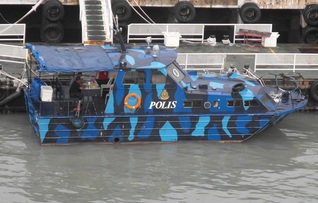
I photographed the above vessel from the Costa Classica whilst we were in Pennang, Malaysia on 25 April 2011. She does not appear to have a name or number.
I like the camouflage scheme - reminds me of the uniform worn by the crew of the Los Angeles Class Submarine USS Newport News (SSN 750) which I saw in Portsmouth Naval Base later the same year.
I like the camouflage scheme - reminds me of the uniform worn by the crew of the Los Angeles Class Submarine USS Newport News (SSN 750) which I saw in Portsmouth Naval Base later the same year.
FGS GROMITZ (M1064) |
Type 332 Frankenthal Class Mine Hunter FGS Gromitz (M1064) of the German Navy photographed 24 & 25 May 2013 in Liverpool. She was visiting the city as part of the Battle of the Atlantic celebrations and belongs to the 5th Minesweeper Squadron. Commissioned in 1994 she was originally one of twelve ships in the class although a number have since been sold to the United Arab Emirates She has a displacement of 650t with a length of 54.4m, 9.2m beam and 2.6m draft. Propulsion is via two MTU 16V 538 TB91 diesel engines rated at 2040kW, in addition to two electric motors for slow and silent manouvering. Speed is noted as being 18 knots and the ships complement 41. Her main armanent consists of a Rheinmetall MLG 27 27mm cannon. This weapon is a single-barrel, high performance, breech-cylinder gun operated by a fully automatic electrically fired gas-operated system at a selective rate of 1000 or 1700 rounds per minute. Muzzle velocite is 1025 m/s. |
HMS TRUMPETER (P294)
|
HMS Trumpeter (P294) is an Archer Class P2000 Class patrol and training vessel commissioned in 1988.
The photographs were taken on 24 May 2013 as she and other naval vessels were preparing for the Battle Of Atlantic celebrations being held the following day. She is a twin-shafted vessel with a moulded GRP hull and is designed for patrol and training purposes.HMS Trumpeter was for a time allocated to the Gibraltar Squadron undertaking guard and search & rescue duties before being replaced by a Scimitar Class vessel. She was also used more recently during the Thames River Pageant, escorting the Royal Barge during the Queens Diamond Jubilee. Her displacement is 49 t and she has a length of 20.8m, 5.8m beam and 1.8m draft. Propulsion is via two Rolls Royce M800T diesels (1,590 bhp) giving a top speed of 14 knots. |
HMS RANGER (P293)
HMS Ranger is an Archer Class patrol and training vessel.
She was built at Shoreham On Sea in 1987 by Watercraft Ltd and was originally allocated to Ulster Division of the Royal Navy reserve based in Belfast.
In 1991 she went to Gibraltar with HMS Trumpeter to form the Gibraltar Squadron returning to the UK in 2004.
She has a displacement of 54 tonnes and is 20.8m long with a beam of 5.8m and 1.8m draft. Propulsion consists of 2 Rolls Royce M800T diesel engines rated at 1590 bhp giving a service speed of 18 Knots and range of 550 Nautical Miles.
Her complement can vary from 12 Royal Navy personnel to 6 training staff and 12 students, if necessary she can be armed with 3 x 7.62 mm GPMG's..
Photographed in Liverpool's Albert Dock 24 May 2013 (top) and 25 May 2013 (bottom).
She was built at Shoreham On Sea in 1987 by Watercraft Ltd and was originally allocated to Ulster Division of the Royal Navy reserve based in Belfast.
In 1991 she went to Gibraltar with HMS Trumpeter to form the Gibraltar Squadron returning to the UK in 2004.
She has a displacement of 54 tonnes and is 20.8m long with a beam of 5.8m and 1.8m draft. Propulsion consists of 2 Rolls Royce M800T diesel engines rated at 1590 bhp giving a service speed of 18 Knots and range of 550 Nautical Miles.
Her complement can vary from 12 Royal Navy personnel to 6 training staff and 12 students, if necessary she can be armed with 3 x 7.62 mm GPMG's..
Photographed in Liverpool's Albert Dock 24 May 2013 (top) and 25 May 2013 (bottom).
ORP General T. Kosiuszko (273)
The Frigate ORP General T. Kosciuszko (273) visited Liverpool as part of the Battle of the Atlantic celebrations held between 25 and 27 May 2013.
I was fortunate to get on board her during her visit, starting at the rear of the ship on the helicopter deck after crossing from the HMCS Iroquois we entered the vessel through the door between the hanger doors and followed a central
corridor before turning left and coming out on the port side of the ship. The corridor was guarded by Polish sailors at regular intervals to avoid I presume anyone straying into other parts of the vessel, these guys were enormous - no one was going anywhere apart from along the corridor and then outside! After spending some time at the front of the ship we crossed back to the Iroquois,
The General T. Kosciuszko is the former USS Wandsworth (FFG-9) which was commissioned into the US Navy on 4 April 1980. In 2002 the Frigate was transferred to Poland and renamed General Tadeusz Kosciuszko. She is one of two
Oliver Hazzard Perrry Class Guided Missile Frigate in the Polish Navy.
The Oliver Hazzard Perrry Class Guided Missile Frigate was designed to fill the classic Frigate role, she is a combatant
designed for air, surface and sub-surface warfare and as she can replenish at sea she can conduct missions and maintain a presence around the world.
She is 135.6m long with a 14m beam and 7.5m draft. The full load displacement is 3638 tons and she has a
complement of 220.
Maximum speed is 29 knots although normal cruising speed is 20 knots giving an operational range of 4500nm at this
speed.
Kosciuszko is powered by two General Electric Lm2500 gas turbine engines generating 41000hp, propulsion
is via a single shaft with a 5m diameter variable pitch propeller.
Main armament includes
SSM Harpoon
SAM SM-1R
Mk 13 model 4 launcher for both SAm & SSM
76mmOTO melara Mk 75 Gun
20mm 6 barelled Mk 15 Vulcan Phalanx CIWS
4 x 12.7mm machine guns
Eurotorp MU-90 torpedoes
Mk 32 - two triple 324mm torpedo tube launchers
I was fortunate to get on board her during her visit, starting at the rear of the ship on the helicopter deck after crossing from the HMCS Iroquois we entered the vessel through the door between the hanger doors and followed a central
corridor before turning left and coming out on the port side of the ship. The corridor was guarded by Polish sailors at regular intervals to avoid I presume anyone straying into other parts of the vessel, these guys were enormous - no one was going anywhere apart from along the corridor and then outside! After spending some time at the front of the ship we crossed back to the Iroquois,
The General T. Kosciuszko is the former USS Wandsworth (FFG-9) which was commissioned into the US Navy on 4 April 1980. In 2002 the Frigate was transferred to Poland and renamed General Tadeusz Kosciuszko. She is one of two
Oliver Hazzard Perrry Class Guided Missile Frigate in the Polish Navy.
The Oliver Hazzard Perrry Class Guided Missile Frigate was designed to fill the classic Frigate role, she is a combatant
designed for air, surface and sub-surface warfare and as she can replenish at sea she can conduct missions and maintain a presence around the world.
She is 135.6m long with a 14m beam and 7.5m draft. The full load displacement is 3638 tons and she has a
complement of 220.
Maximum speed is 29 knots although normal cruising speed is 20 knots giving an operational range of 4500nm at this
speed.
Kosciuszko is powered by two General Electric Lm2500 gas turbine engines generating 41000hp, propulsion
is via a single shaft with a 5m diameter variable pitch propeller.
Main armament includes
SSM Harpoon
SAM SM-1R
Mk 13 model 4 launcher for both SAm & SSM
76mmOTO melara Mk 75 Gun
20mm 6 barelled Mk 15 Vulcan Phalanx CIWS
4 x 12.7mm machine guns
Eurotorp MU-90 torpedoes
Mk 32 - two triple 324mm torpedo tube launchers
View of the bridge and Mk13 Mod 4 launcher for both SAM and SSM missiles.
The Mk-13 guided missile launching system (GMLS) is a single-arm missile system and on this vessel is equipped to fire the SSM RGM-84 Harpoon and SAM SM1-MR for anti-ship and anti-air defence. It is capable of firing at a rate of up to one missile every eight seconds. Its 40-round magazine consists of two concentric rings of vertically-stored missiles, 24 in the outer ring and 16 in the inner. In case of a fire, the system is equipped with a fire supression system.
The RGM-84 Harpoon is an all-weather, over-the-horizon, anti-ship missile homing to 95km at Mach 0.95. It was originally developed for the US Navy to serve as its basic anti-ship missile for fleet-wide use and was developed by
Boeing and initially deployed in 1977.
The SM-1MR, is a medium range surface-to-air missile system (SAM) homing to 38km at Mach 2. This US missile
program was started in 1963 with the SM-1MR being initially deployed in 1967 replacing older system that had been in place on a variety of US Warships since the 1950's.
The Mk-13 guided missile launching system (GMLS) is a single-arm missile system and on this vessel is equipped to fire the SSM RGM-84 Harpoon and SAM SM1-MR for anti-ship and anti-air defence. It is capable of firing at a rate of up to one missile every eight seconds. Its 40-round magazine consists of two concentric rings of vertically-stored missiles, 24 in the outer ring and 16 in the inner. In case of a fire, the system is equipped with a fire supression system.
The RGM-84 Harpoon is an all-weather, over-the-horizon, anti-ship missile homing to 95km at Mach 0.95. It was originally developed for the US Navy to serve as its basic anti-ship missile for fleet-wide use and was developed by
Boeing and initially deployed in 1977.
The SM-1MR, is a medium range surface-to-air missile system (SAM) homing to 38km at Mach 2. This US missile
program was started in 1963 with the SM-1MR being initially deployed in 1967 replacing older system that had been in place on a variety of US Warships since the 1950's.
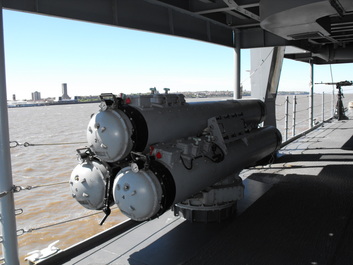
Mark 32 triple 324mm tube torpedo launcher on the port side.
The General T. Kosciuszko is equipped with Eurotorp MU-90 torpedoes.
The MU90 is an advanced lightweight torpedo with a standard NATO calibre of 323.7mm. It has a weight of 304 Kg is 2850mm long and designed to counter any type of nuclear or conventional submarine. Of extremely long endurance, the weapon can operate in water depths in excess of 1000m or as shallow as 25m.
The torpedo homing system, matched with the high-energy propulsion system, enables target engagement ranges up to 11,000m at 50 knots or 23,000m at 29 knots.
The General T. Kosciuszko is equipped with Eurotorp MU-90 torpedoes.
The MU90 is an advanced lightweight torpedo with a standard NATO calibre of 323.7mm. It has a weight of 304 Kg is 2850mm long and designed to counter any type of nuclear or conventional submarine. Of extremely long endurance, the weapon can operate in water depths in excess of 1000m or as shallow as 25m.
The torpedo homing system, matched with the high-energy propulsion system, enables target engagement ranges up to 11,000m at 50 knots or 23,000m at 29 knots.
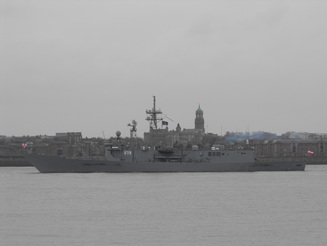
I took the photograph on 28 May 2013 as she was preparing to leave Liverpool. It was a grey, rainy, windswept day and the colour of the ship merged well into the landscape behind. Even so from where I was working quite a number of people turned out to see her and other ships depart in line from the Mersey. The rest of the pictures were taken on 25 May 2013 which by contrast was a clear, bright, warm day.
HMS EXAMPLE (P165)
Photograph of HMS Example (P165) taken in the Albert Dock, Liverpool 24 May 2013.
She was originally built for the Royal Naval Auxiliary Service as the lead ship of the 'Example Batch' which was identical to the Archer Class being built simultaneously for the Royal Navy. Example and her sister ships were transferred to the Royal Navy when the Royal Navy Auxiliary Service disbanded in 1994.
She was built by Watercraft, Shoreham By Sea and launched in 1985.
Displacement is 49t with a length of 20.8m, 5.8m beam and 1.8m draft.
Propulsion is via Rolls Royce Perkins CV12 Turbo diesels generating 1,200 bhp (895 kW), this gives her a top speed of 18 knots and range of 550 nautical miles at 15 knots.
Armament can consist of 7.62mm General Purpose Machine Guns and / or a 20mm cannon.
She was originally built for the Royal Naval Auxiliary Service as the lead ship of the 'Example Batch' which was identical to the Archer Class being built simultaneously for the Royal Navy. Example and her sister ships were transferred to the Royal Navy when the Royal Navy Auxiliary Service disbanded in 1994.
She was built by Watercraft, Shoreham By Sea and launched in 1985.
Displacement is 49t with a length of 20.8m, 5.8m beam and 1.8m draft.
Propulsion is via Rolls Royce Perkins CV12 Turbo diesels generating 1,200 bhp (895 kW), this gives her a top speed of 18 knots and range of 550 nautical miles at 15 knots.
Armament can consist of 7.62mm General Purpose Machine Guns and / or a 20mm cannon.
RFS VICE-ADMIRAL KULAKOV (626)
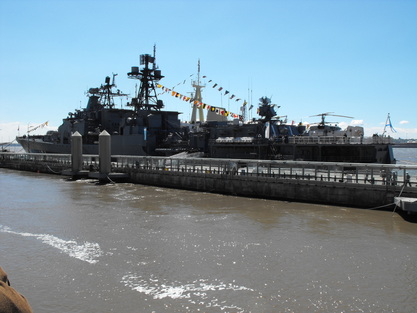
A picture taken in Liverpool on 25 May 2013 of the Russian Udaloy Class Destroyer Vice-Admiral Kulakov (626).
She was visiting Liverpool as part of the Battle of the Atlantic Celebrations and was open to the public. Although access was not allowed into the ship itself and was limited to a circuit of the main deck terminating at the heli-deck at the stern it was good to get on board.
Classed as a large Anti-Submarine Destroyer her complement is 293 including 46 officers.
She has a standard displacement of 6840 tons which increases to 7570 tons when fully loaded. Total length is 163m with a 19m Beam and 5.2m draft.
Top speed is noted as 29.5 Knots and range is 6882 nm @14 knots or 4000 nm @18 knots.
She was visiting Liverpool as part of the Battle of the Atlantic Celebrations and was open to the public. Although access was not allowed into the ship itself and was limited to a circuit of the main deck terminating at the heli-deck at the stern it was good to get on board.
Classed as a large Anti-Submarine Destroyer her complement is 293 including 46 officers.
She has a standard displacement of 6840 tons which increases to 7570 tons when fully loaded. Total length is 163m with a 19m Beam and 5.2m draft.
Top speed is noted as 29.5 Knots and range is 6882 nm @14 knots or 4000 nm @18 knots.
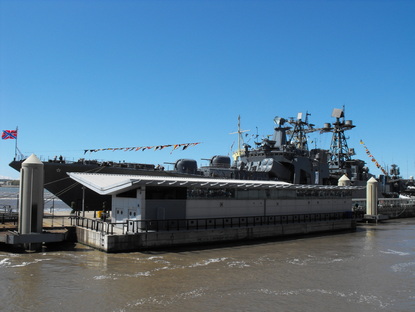
Vice-Admiral Kulakov was built by the Leningrad Shipyard as part of Project 1155 as yard number 731. She was laid down in November 1977, launched in May 1980 and commissioned in December 1982.
In total twelve Project 1155 Udaloy Class Destroyers were built between the Leningrad and Kaliningrad, Pribaltiyskiy Shipyards although four of her sister ships have since been decommissioned.
She was on combat duty with the Russian Northern Fleet until March 1991 when she was laid up for repairs in Severomorsk before being transferred to Kronshtadt. Due to serious financial problems the overhaul process was drawn out and stopped completely in 1996, in 2000 the ship was transferred to Severnaya Verf shipyard and the repair and overhaul works continued.
The work was completed in April 2010, later in December 2010 the destroyer arrived in Severomorsk and was re-commissioned into Russian Navy's Northern Fleet.
Weapon systems include
In total twelve Project 1155 Udaloy Class Destroyers were built between the Leningrad and Kaliningrad, Pribaltiyskiy Shipyards although four of her sister ships have since been decommissioned.
She was on combat duty with the Russian Northern Fleet until March 1991 when she was laid up for repairs in Severomorsk before being transferred to Kronshtadt. Due to serious financial problems the overhaul process was drawn out and stopped completely in 1996, in 2000 the ship was transferred to Severnaya Verf shipyard and the repair and overhaul works continued.
The work was completed in April 2010, later in December 2010 the destroyer arrived in Severomorsk and was re-commissioned into Russian Navy's Northern Fleet.
Weapon systems include
- 2 x 4 SSN-14 anti submarine missiles
- 8 x vertical launchers for SA-N-19 surface to air missiles
- 2 x 1 AK-100 100mm/70 Calibre guns
- 4 x 30 mm guns
- 2 x Altair CADS-N-1 Kashtan CIWS
- 2 x 4 553 mm Torpedo tubes with Type 53 ASW/ASuW torpedoes
- 2 x RBU-6000 anti-submarine rocket launchers
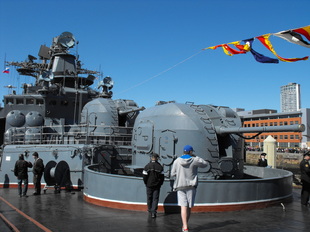
A layout which reminded me of WWII destroyers is the above view of the two forward 100mm/70 Calibre guns. A Russian arsenal factory design, this weapon was originally designated ZIF-91 and was trialled in 1973 and brought into service around 1978. They are recoil-operated automatic weapons using a water-cooled barrel. The entire weapon system is designated AK-100 while the gun itself is designated A-214.
Rate of Fire is between 50 - 60 rounds per minute and stowage per gun is 350 rounds. Many different types of ammunition are available although the maximum ballistic range is noted as being 21,000m with a maximum range against aircraft of 10,000m. Weight of the AK-100 is just short of 34 tons and the weapon can traverse from an elevation of -10 to 85 degrees.
Rate of Fire is between 50 - 60 rounds per minute and stowage per gun is 350 rounds. Many different types of ammunition are available although the maximum ballistic range is noted as being 21,000m with a maximum range against aircraft of 10,000m. Weight of the AK-100 is just short of 34 tons and the weapon can traverse from an elevation of -10 to 85 degrees.
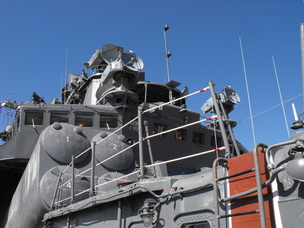
A view of the bridge and SSN-14 anti-submarine missile launchers. Originally designed by the Novator Bureau in the 1960's these have been in service since about 1969. It is essentially a solid-fuel rocket powered drone which drops a torpedo or depth charge near a suspected submarines position. It can also be used against warships. Range is noted as up to 25nm aganist submarines or 26nm in an anti-ship role although it seems that these ranges can be increased with helicopter guidance. Missile cruising altitude is 1300ft at a speed of between Mach 0.94 and 0.95. Maximum effective depth of the weapon is up to 500m.
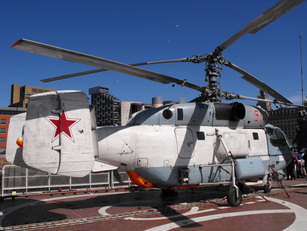
Russian Navy Ka-27PS Anti-Submarine helicopter on the flight deck at the stern of the ship.
The Kamov Ka-27 was introduced in 1982 and over 260 examples have been built. The helicopter can accommodate a crew of three in addition to three other specialists.
The helicopter is 11.3m long and 5.5m high and is powered by 2 Isotov TV3-117 turboshaft engines generating 2230 hp each. This gives a maximum speed of 168mph and a normal cruising speed of 127mph. Range is 529 nautical miles and service ceiling 5000m. Armament consists of a single torpedo or 36 sonobouys.
The Kamov Ka-27 was introduced in 1982 and over 260 examples have been built. The helicopter can accommodate a crew of three in addition to three other specialists.
The helicopter is 11.3m long and 5.5m high and is powered by 2 Isotov TV3-117 turboshaft engines generating 2230 hp each. This gives a maximum speed of 168mph and a normal cruising speed of 127mph. Range is 529 nautical miles and service ceiling 5000m. Armament consists of a single torpedo or 36 sonobouys.
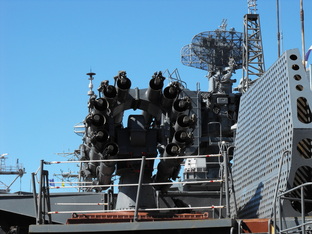
View of the RBU-6000 Smerch-2 launchers. This is a 213 mm calibre anti-submarine rocket launcher which operates on a similar principle to the Royal Navy Hedgehog system used during WWII. The system entered service in the 1960's and is fitted to a wide range of Russian surface vessels.
It consists of twelve launch barrels, that are remotely directed by the fire control system. It fires unguided rockets/depth charges in salvos of 1, 2, 4, 8 or 12 rounds. Reloading is automatic with individual rounds being fed into the launcher by the loading system from a below deck magazine. Typical magazine capacity is either 72 or 96 rounds per launcher.
It consists of twelve launch barrels, that are remotely directed by the fire control system. It fires unguided rockets/depth charges in salvos of 1, 2, 4, 8 or 12 rounds. Reloading is automatic with individual rounds being fed into the launcher by the loading system from a below deck magazine. Typical magazine capacity is either 72 or 96 rounds per launcher.
HNLMS L9569
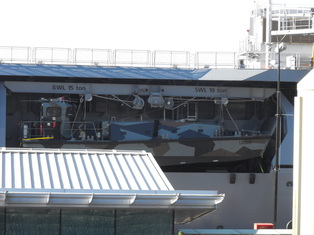
On the rear starboard side of Johan de Witt was L9569, a Mk5c class LCVP (landing craft vehicle personnel) built by Visser Shipyard in Den Helder in 2010 as yard number 176. She is 15.7m long has a beam of 4.27m and 0.65m draft with a gross tonnage of 295.
Propulsion consists of two Volvo Penta D9-575 four stroke single action diesel engines producing 846KW powering 2 Ultrjet410 water jets giving her a speed of 20 knots.
Unusually this vessel has an IMO i.e. 9483920.
MMSI -
REG - NL
IMO - 9483920
Call Sign -
Class 5c Landing Craft
Built - Visser SY, Den
Helder, NL
Yard No. - 176
L 15.7m W 4.27m
GT - 295
Year - 2010
Liverpool, 3 March 2013
Propulsion consists of two Volvo Penta D9-575 four stroke single action diesel engines producing 846KW powering 2 Ultrjet410 water jets giving her a speed of 20 knots.
Unusually this vessel has an IMO i.e. 9483920.
MMSI -
REG - NL
IMO - 9483920
Call Sign -
Class 5c Landing Craft
Built - Visser SY, Den
Helder, NL
Yard No. - 176
L 15.7m W 4.27m
GT - 295
Year - 2010
Liverpool, 3 March 2013
Rotterdam Class Landing Platform Dock HNLMS Johan De Witt (L801) of the Royal Netherlands Navy at Liverpool's cruise liner terminal 3 March 2013. Ordered in 2002 and built by Schelde Shipbuilding of the Royal Schelde Company, Vlissingen in the Netherlands, she was launched in February 2007.
She has a displacement of 15,0000 tonnes and is 176.35m long with a beam of 29m and 6m draft. Powered by four Stork Wartsila model 12SW28 diesel-electric engines she can make 19 knots and at this speed has a range of 6000 nautical miles.
She is designed to undertake amphibious tasks include the ability to embark, transport and disembark a battalion of troops including all their combat and logistical support vehicles and equipment. Johan de Witt can land troops and equipment off-shore without any harbour or similar facility, this is done by lowering the stern of the ship by up to 4m, this enables seawater to fill the dock and landing craft can then leave the ship.The ship is operated by a crew of 124, including 13 officers. Accommodation and storage is also provided for a fully equipped battalion of approximately 500 to 600 troops. Able to carry a variety of landing craft she also has the capability to carry 90 Armoured Personnel Carriers or up to 32 Main Battle tanks
Together with the ships crew, troop accommodation and storage areass she also has extensive medical facilities including operating theatres and treatment rooms.
Main armament consists of two Goalkeeper CIWS 30mm guns providing a maximum firing rate of 4200 rounds / minute up to a range of 1500m. This is supplemented by up to six .50 calibre machine guns. To support the Goalkeeper CIWS, a Thales Nederland IRSCAN infrared search and track system is fitted, this can detect and track targets to a maximum range of 20km.
The rear flight deck can accommodate two helicopters simultaneously and the main hanger can hold either 6 x NH-90 or 4 x Chinook helicopters. As well as military operations she can be usefully deployed in crisis-response operations, natural disasters and evacuations.
MMSI -244527000
REG - NL
IMO - 9280768
Call Sign - PAJW
Rotterdam
Class Landing Platform Dock
Built - Damen Schedle
Yard No. -
L 176m W
29m
GT - 28395
Year - 2007
Liverpool, 3 March 2013
She has a displacement of 15,0000 tonnes and is 176.35m long with a beam of 29m and 6m draft. Powered by four Stork Wartsila model 12SW28 diesel-electric engines she can make 19 knots and at this speed has a range of 6000 nautical miles.
She is designed to undertake amphibious tasks include the ability to embark, transport and disembark a battalion of troops including all their combat and logistical support vehicles and equipment. Johan de Witt can land troops and equipment off-shore without any harbour or similar facility, this is done by lowering the stern of the ship by up to 4m, this enables seawater to fill the dock and landing craft can then leave the ship.The ship is operated by a crew of 124, including 13 officers. Accommodation and storage is also provided for a fully equipped battalion of approximately 500 to 600 troops. Able to carry a variety of landing craft she also has the capability to carry 90 Armoured Personnel Carriers or up to 32 Main Battle tanks
Together with the ships crew, troop accommodation and storage areass she also has extensive medical facilities including operating theatres and treatment rooms.
Main armament consists of two Goalkeeper CIWS 30mm guns providing a maximum firing rate of 4200 rounds / minute up to a range of 1500m. This is supplemented by up to six .50 calibre machine guns. To support the Goalkeeper CIWS, a Thales Nederland IRSCAN infrared search and track system is fitted, this can detect and track targets to a maximum range of 20km.
The rear flight deck can accommodate two helicopters simultaneously and the main hanger can hold either 6 x NH-90 or 4 x Chinook helicopters. As well as military operations she can be usefully deployed in crisis-response operations, natural disasters and evacuations.
MMSI -244527000
REG - NL
IMO - 9280768
Call Sign - PAJW
Rotterdam
Class Landing Platform Dock
Built - Damen Schedle
Yard No. -
L 176m W
29m
GT - 28395
Year - 2007
Liverpool, 3 March 2013
Groningen as seen moored at Liverpool's cruise ship terminal on 3 March 2013. Commissioned in 2011 she is one of four Holland Class Class ships constructed by Damen Schelde Naval Shipbuilding in Vlissingen. The total cost of all four vessels was €467.8m.
The ships are built to a modern 'stealth' design that reduces the ability of hostile radar systems to detect them. She has a tonnage of 3,750 is 108.4m long, 16m beam with a draught of 4.55m. Her propulsion system is a combined electric or diesel (CODELOD) system driving a pair of 3.2m diameter controllable pitch propellers. This gives a top speed of 21.5 knots and a range of 5000 nautical miles at 15 knots.
The ship's complement is 50 with accommodation for up to 40 other personnel. Her armament consists of a 76mm/62 caliber Oto-Melara Super rapid Gun, a 30mm Oto-Melara MARLIN WS (Modular Advanced Remotely Controlled Lightweight Naval Weapon Station), two 12.7 mm Oto-Melara Hitrole NT, two 12,7mm Browning M2HB MG and six 7.62 mm FN MG.
The ships also carry two Fast Raiding Interception Special Forces Craft (FRISC) each having a top speed
exceeding 40 knots. A stern flight deck and hanger is able to accommodate a NH-90 helicopter.
The ships are built to a modern 'stealth' design that reduces the ability of hostile radar systems to detect them. She has a tonnage of 3,750 is 108.4m long, 16m beam with a draught of 4.55m. Her propulsion system is a combined electric or diesel (CODELOD) system driving a pair of 3.2m diameter controllable pitch propellers. This gives a top speed of 21.5 knots and a range of 5000 nautical miles at 15 knots.
The ship's complement is 50 with accommodation for up to 40 other personnel. Her armament consists of a 76mm/62 caliber Oto-Melara Super rapid Gun, a 30mm Oto-Melara MARLIN WS (Modular Advanced Remotely Controlled Lightweight Naval Weapon Station), two 12.7 mm Oto-Melara Hitrole NT, two 12,7mm Browning M2HB MG and six 7.62 mm FN MG.
The ships also carry two Fast Raiding Interception Special Forces Craft (FRISC) each having a top speed
exceeding 40 knots. A stern flight deck and hanger is able to accommodate a NH-90 helicopter.
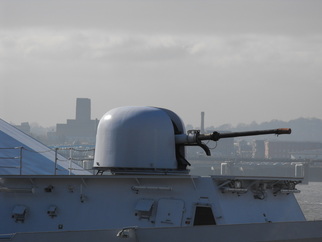
Groningen' s primary weapon is a 76mm/62 calibre Oto-Melara Super Rapid gun.
Barrel length is 4.72m and the weapon unloaded weighs approximately 7.5 tons. It is highly manouverable being able to traverse 360 degrees and elevate from -15 degrees up to +85 degrees.
With a 85 round magazine its rate of fire is 120 rounds per minute with a muzzle velocity of 925 m/s and range of 30,000m.
MMSI - 245846000
REG - NL
IMO -
Call Sign - PAVD
Holland
Class Offshore Patrol Ship
Built - Damen Schedle, NL
Yard No. -
L 108m W 16m
GT - 3750
Year - 2011
Barrel length is 4.72m and the weapon unloaded weighs approximately 7.5 tons. It is highly manouverable being able to traverse 360 degrees and elevate from -15 degrees up to +85 degrees.
With a 85 round magazine its rate of fire is 120 rounds per minute with a muzzle velocity of 925 m/s and range of 30,000m.
MMSI - 245846000
REG - NL
IMO -
Call Sign - PAVD
Holland
Class Offshore Patrol Ship
Built - Damen Schedle, NL
Yard No. -
L 108m W 16m
GT - 3750
Year - 2011
HMS Illustrious (R06)
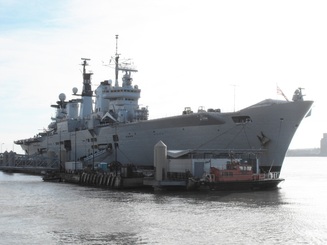
On 16 February 2013 HMS Illustrious visited Liverpool and I was lucky enough to get on board.
After accessing via a gangplank on the starboard side we were able to tour the hanger and flight deck where a couple of helicopters were on display.
She is the second of the three Invincible class aircraft carriers and was laid down in 1976 at Swan Hunter on the River Tyne as Yard No. 102. She was launched in 1978 and formally commissioned on 20 March 1983.
She has a displacement of 22,000 tonnes, 209m Length, 36m beam and 7.7m draught and is powered by 4 Rolls-Royce Olympus TM3B gas turbines providing 97,000 hp (75 MW). These give her a top speed of 30 knots and a cruising range of 5000 nautical miles at 18 Knots.
Her full complement consists of 685 crew in addition to 366 Fleet Air Arm personnel.
Armament consists of 3 × Goalkeeper CIWS (Close In Weapon Systems), these are 7 barrelled 30mm calibre weapons with a rate of fire of 4200 rounds/ minute and an effective range of between 350m and 2000m depending on ammunition type together with 2 × GAM-B01 20 mm close-range guns.
She can also carry up to 22 helicopters.
Although she was completed too late to take part in the Falklands War she was deployed to the South Atlantic after hostilities and remained on station until the airfield was repaired.
Since the 1980's she has taken part in numerous operations in many different parts of the World.
Illustrious now acts as a helicopter carrier following the recent axing of her Harrier contingent and is due for withdrawal from the Royal Navy in 2014.
MMSI -
234601000
REG - UK
IMO - 8949563
Call Sign - GVUH
Aircraft Carrier - Now a Helicopter Carrier
Built - Swan Hunter, Wallsend, UK
Yard No. - 102
L 209m W 36m
GT - 22000
Year - 1982
Liverpool, 16 February 2013
After accessing via a gangplank on the starboard side we were able to tour the hanger and flight deck where a couple of helicopters were on display.
She is the second of the three Invincible class aircraft carriers and was laid down in 1976 at Swan Hunter on the River Tyne as Yard No. 102. She was launched in 1978 and formally commissioned on 20 March 1983.
She has a displacement of 22,000 tonnes, 209m Length, 36m beam and 7.7m draught and is powered by 4 Rolls-Royce Olympus TM3B gas turbines providing 97,000 hp (75 MW). These give her a top speed of 30 knots and a cruising range of 5000 nautical miles at 18 Knots.
Her full complement consists of 685 crew in addition to 366 Fleet Air Arm personnel.
Armament consists of 3 × Goalkeeper CIWS (Close In Weapon Systems), these are 7 barrelled 30mm calibre weapons with a rate of fire of 4200 rounds/ minute and an effective range of between 350m and 2000m depending on ammunition type together with 2 × GAM-B01 20 mm close-range guns.
She can also carry up to 22 helicopters.
Although she was completed too late to take part in the Falklands War she was deployed to the South Atlantic after hostilities and remained on station until the airfield was repaired.
Since the 1980's she has taken part in numerous operations in many different parts of the World.
Illustrious now acts as a helicopter carrier following the recent axing of her Harrier contingent and is due for withdrawal from the Royal Navy in 2014.
MMSI -
234601000
REG - UK
IMO - 8949563
Call Sign - GVUH
Aircraft Carrier - Now a Helicopter Carrier
Built - Swan Hunter, Wallsend, UK
Yard No. - 102
L 209m W 36m
GT - 22000
Year - 1982
Liverpool, 16 February 2013
|
Pandora Class Transport Hellenic Navy personnel carrier HS Pandrosos (A420) photographed in Piraeus on 5 June 2012. To date this is the only Greek / Hellenic naval vessel I have seen.
She is 46.8m long with a 8.30m beam and 1.97m draught. Powered by twin diesel engines she has a top speed of 13.5 knots and can carry up to 500 personnel. The vessel was constructed by the shipyards at Perama Greece and delieverd in 1973. She is one of two Pandora class vessels, her sister ship is HS Pandora (A419). This vessel appears to be unarmed. REG - GR Call Sign - SZDZ Personnel Carrier Built - Perama, GR L 47m W 8m GT 350 Year - 1973 Piraeus, 5 June 2012 |
